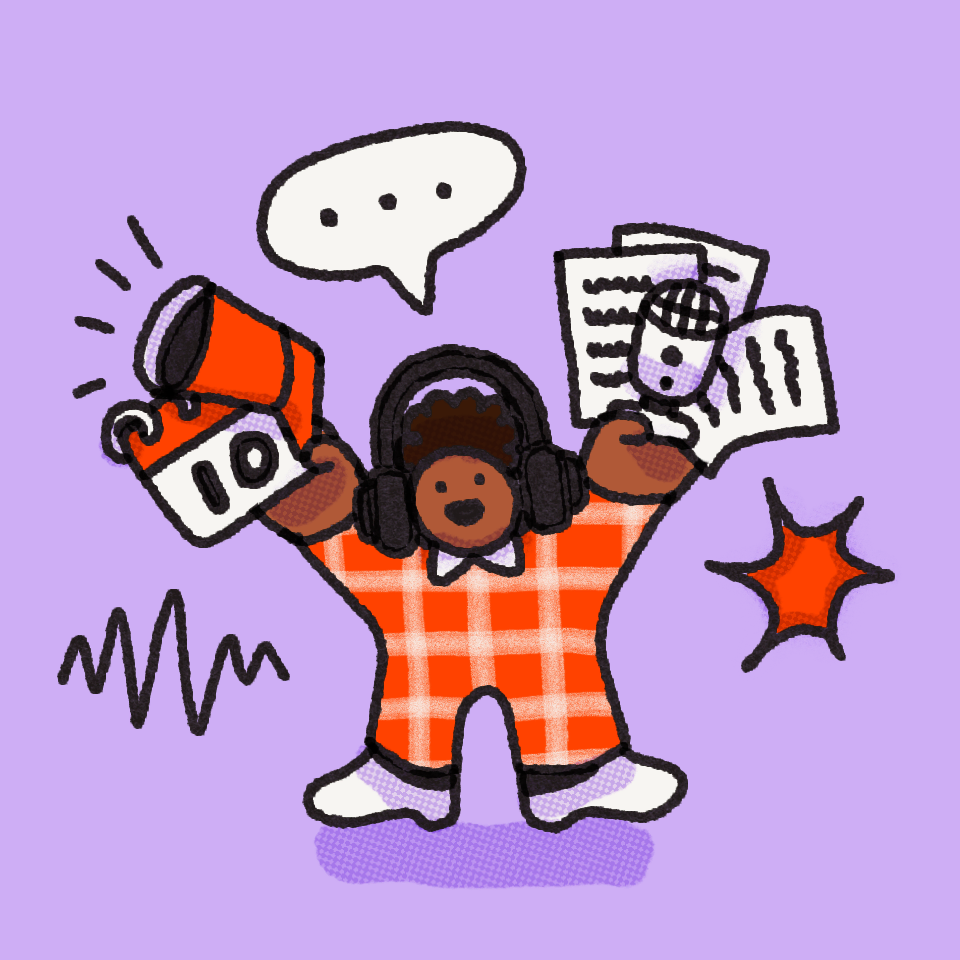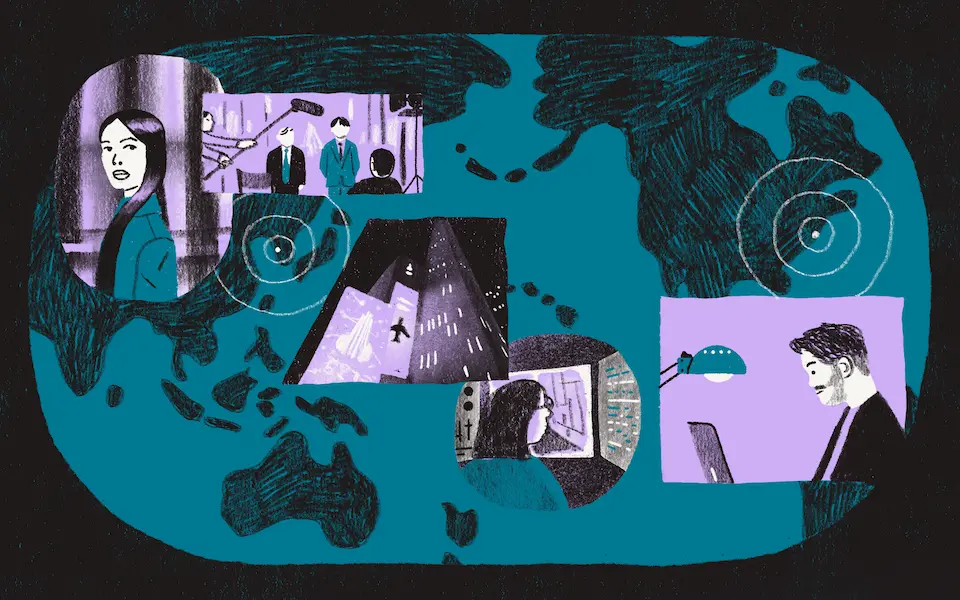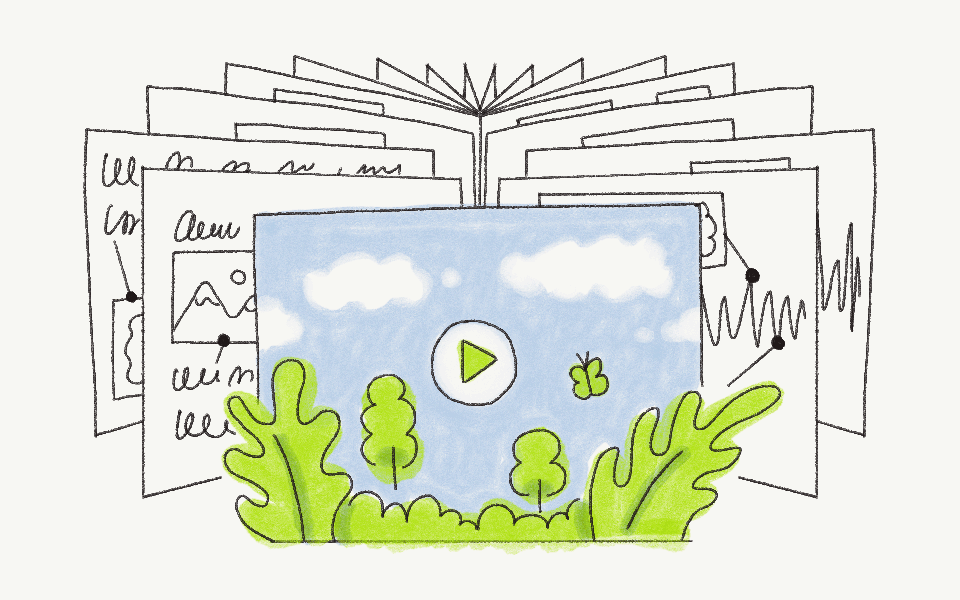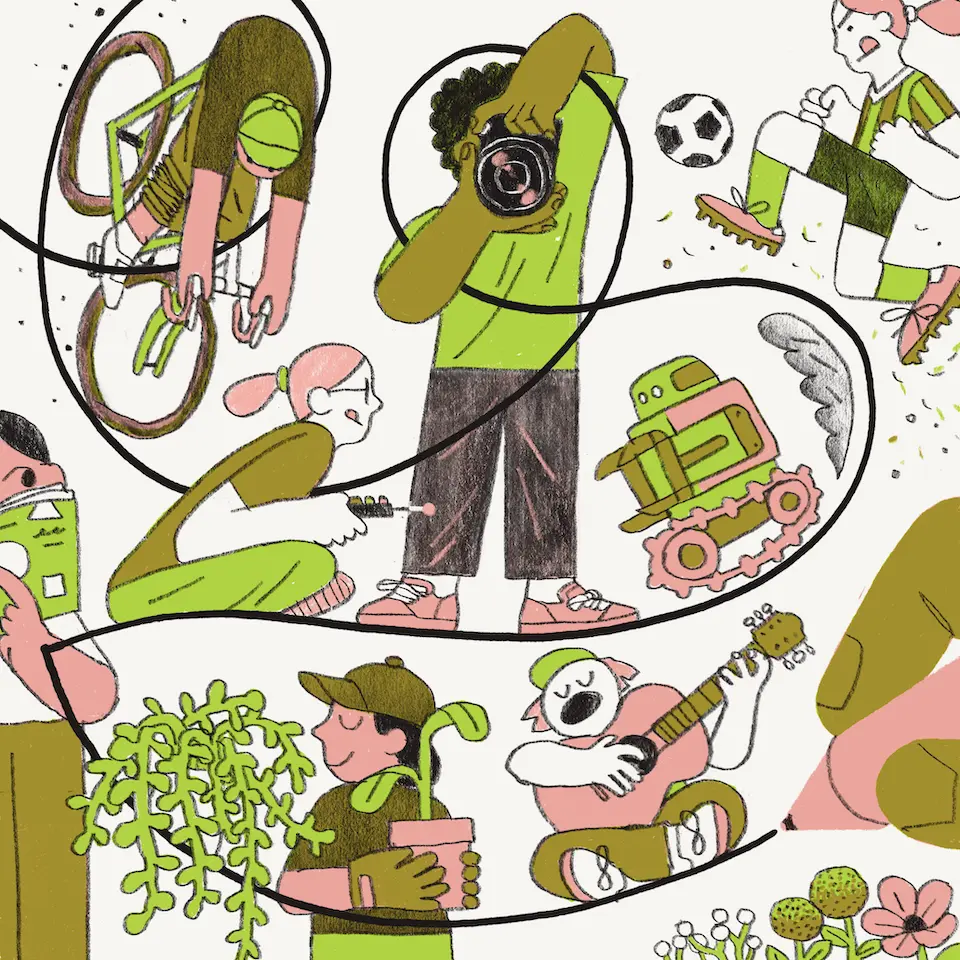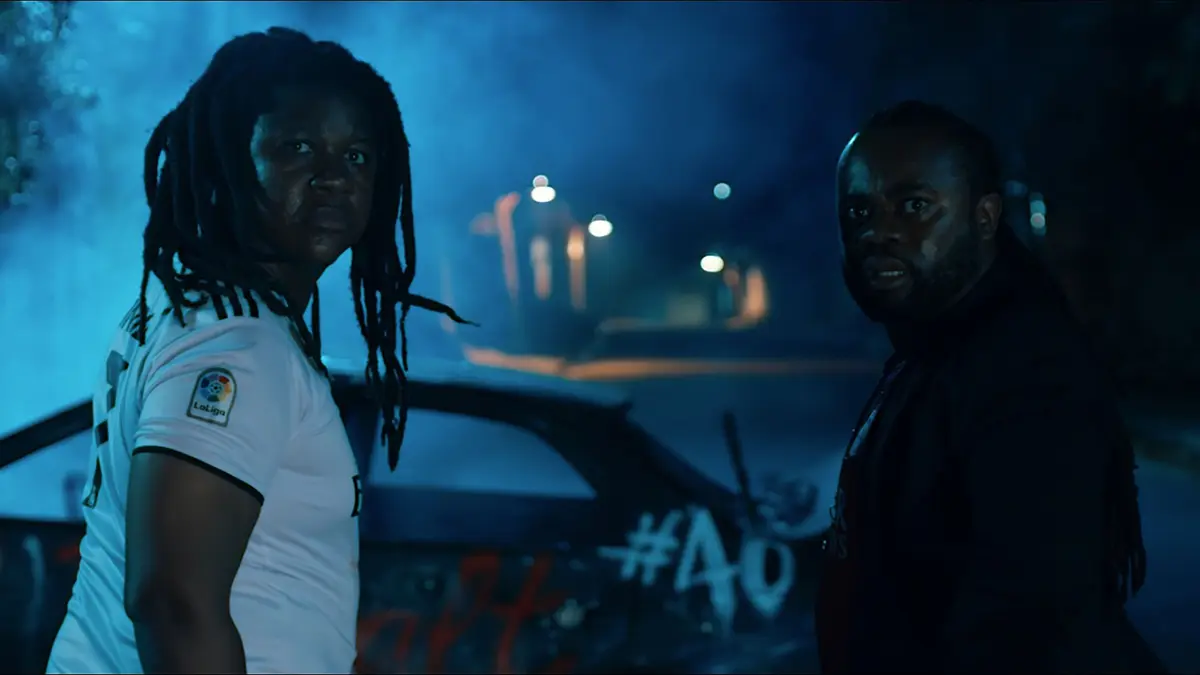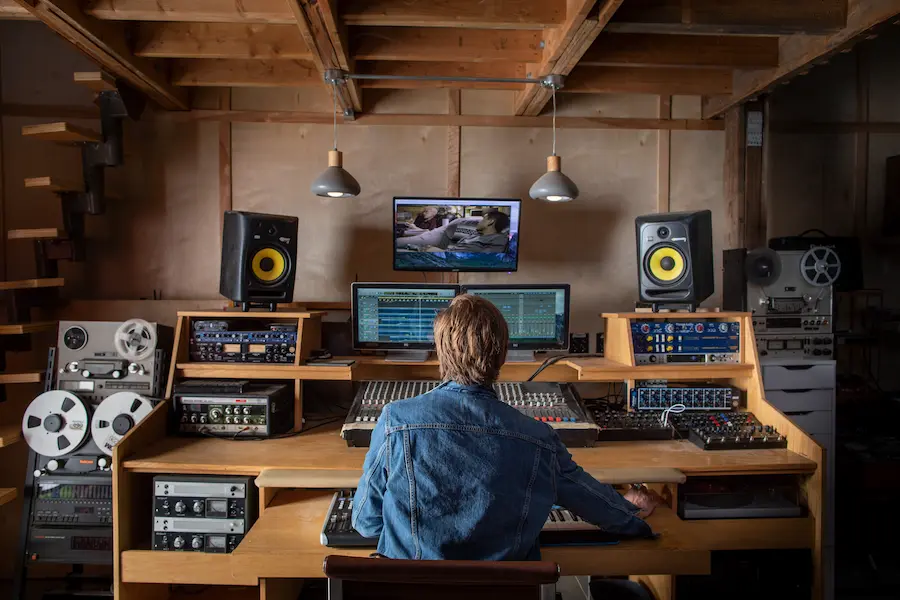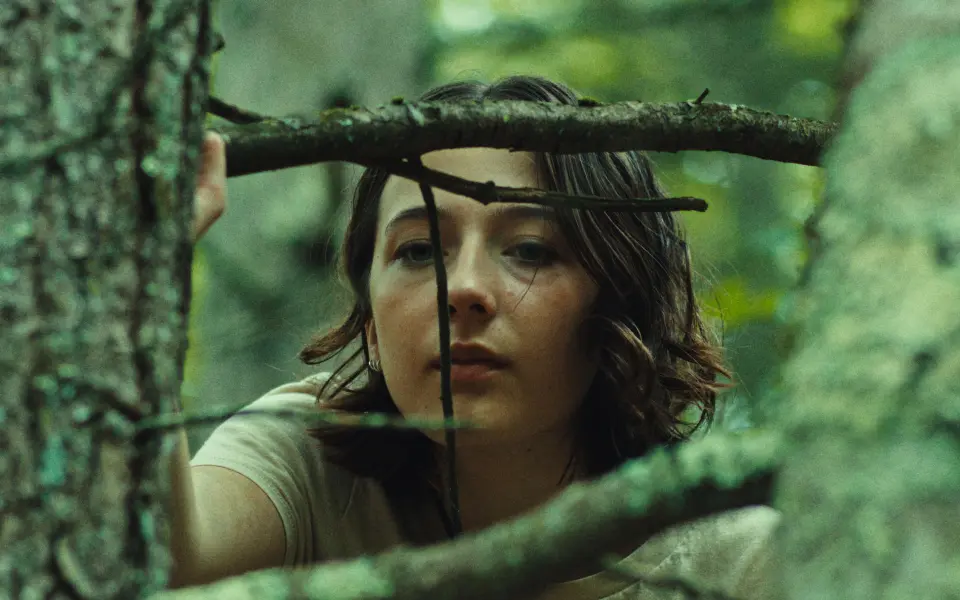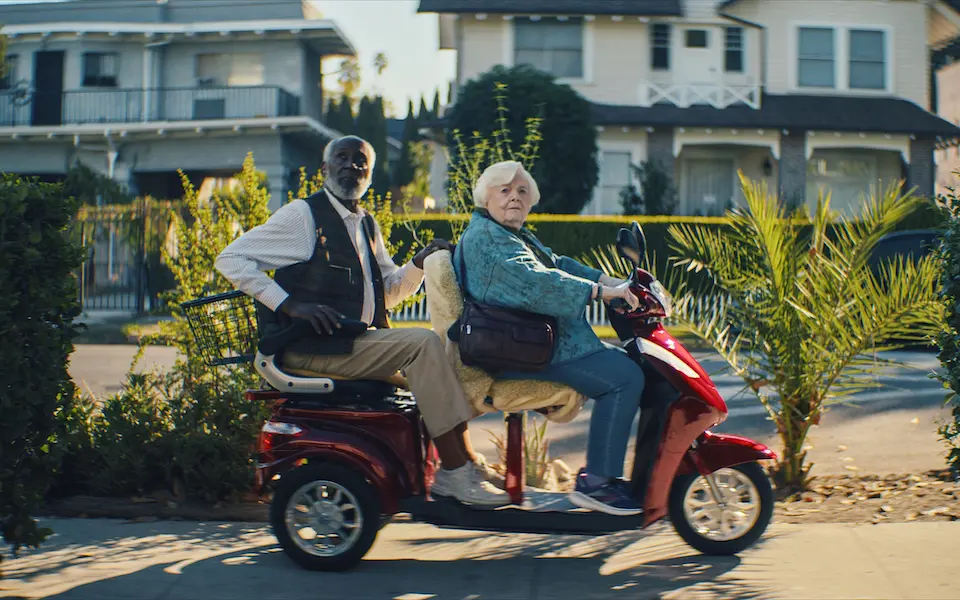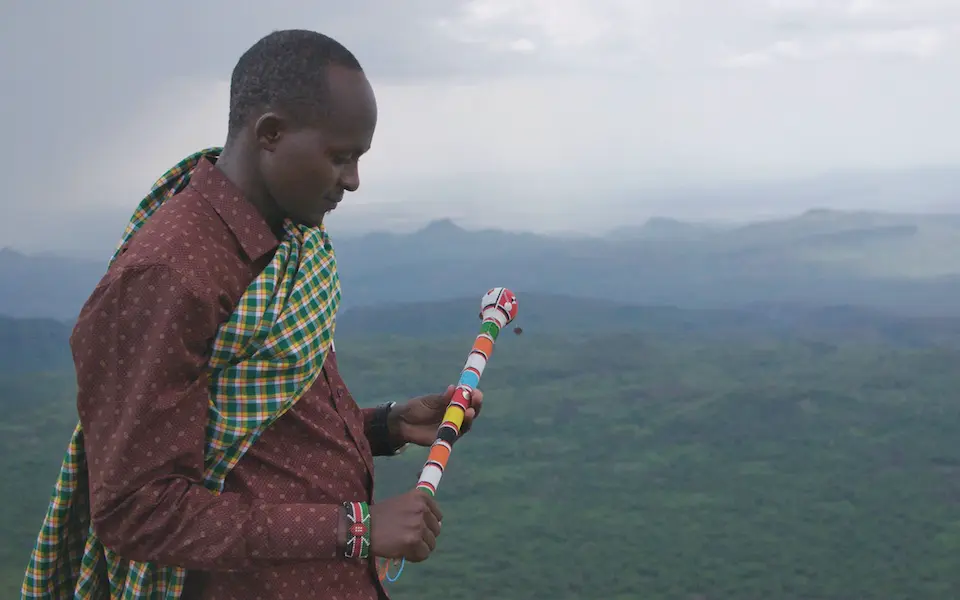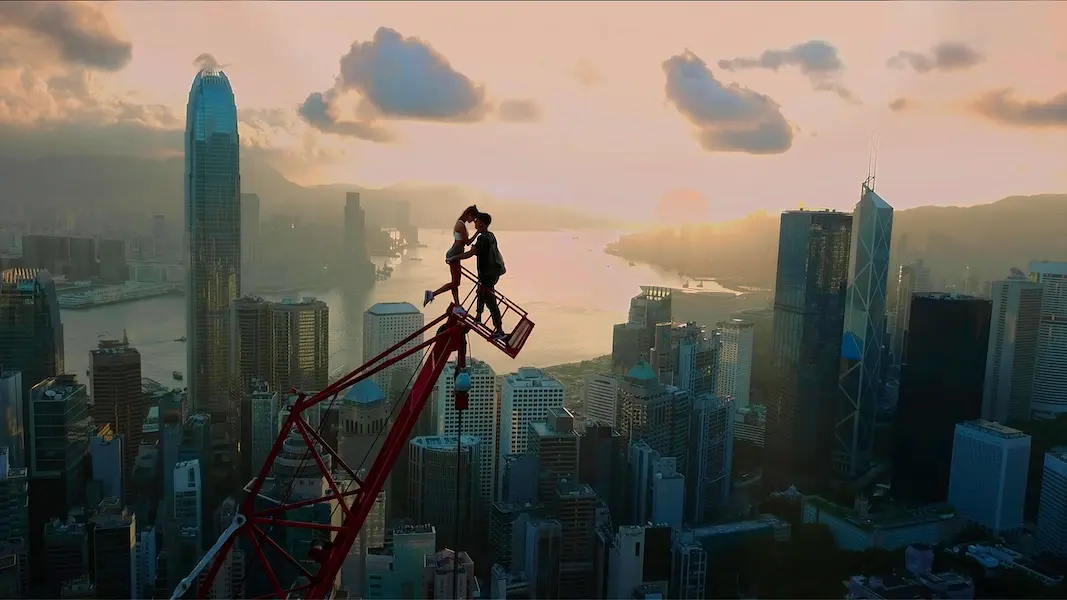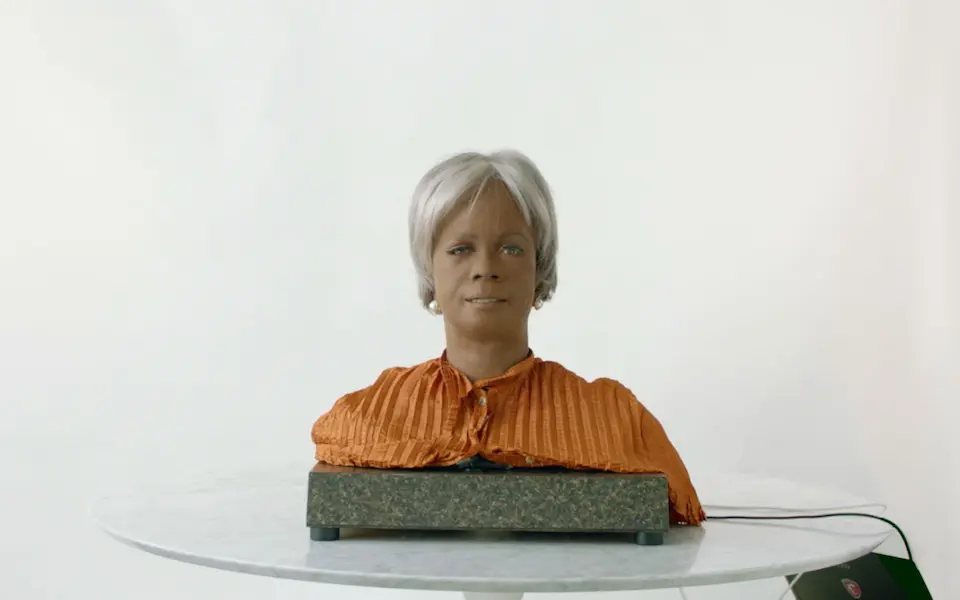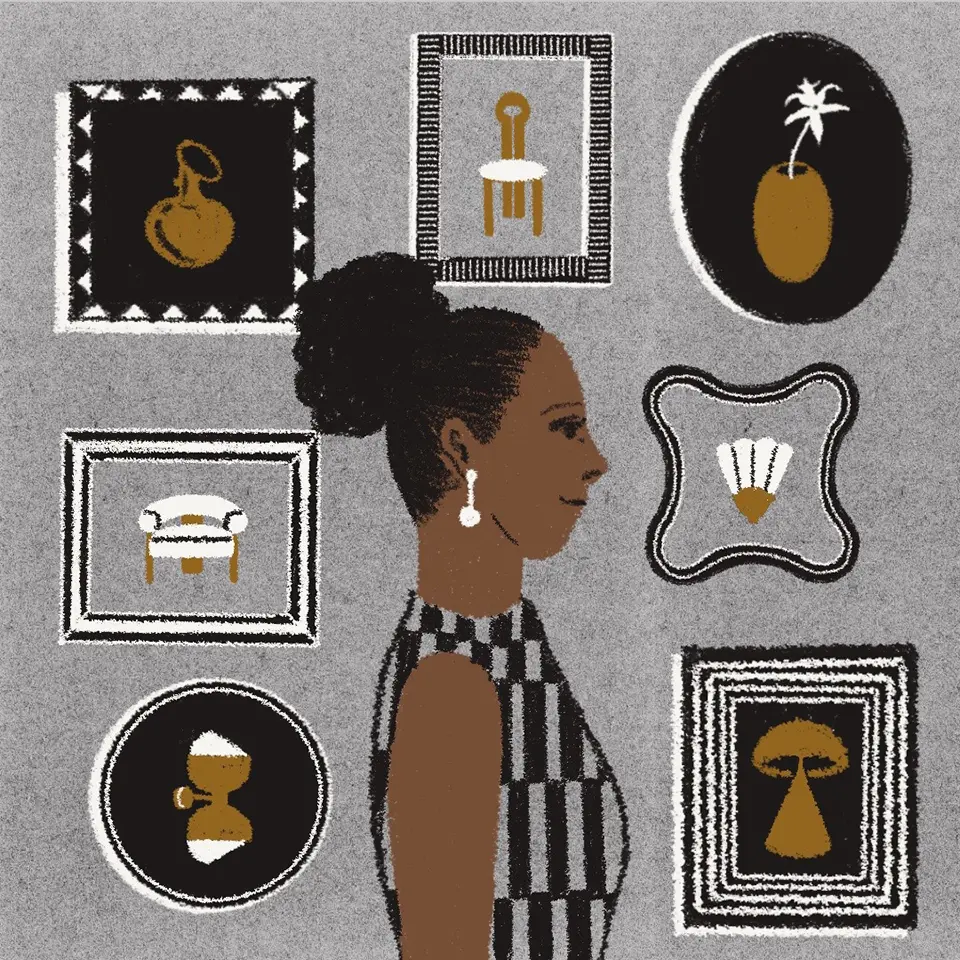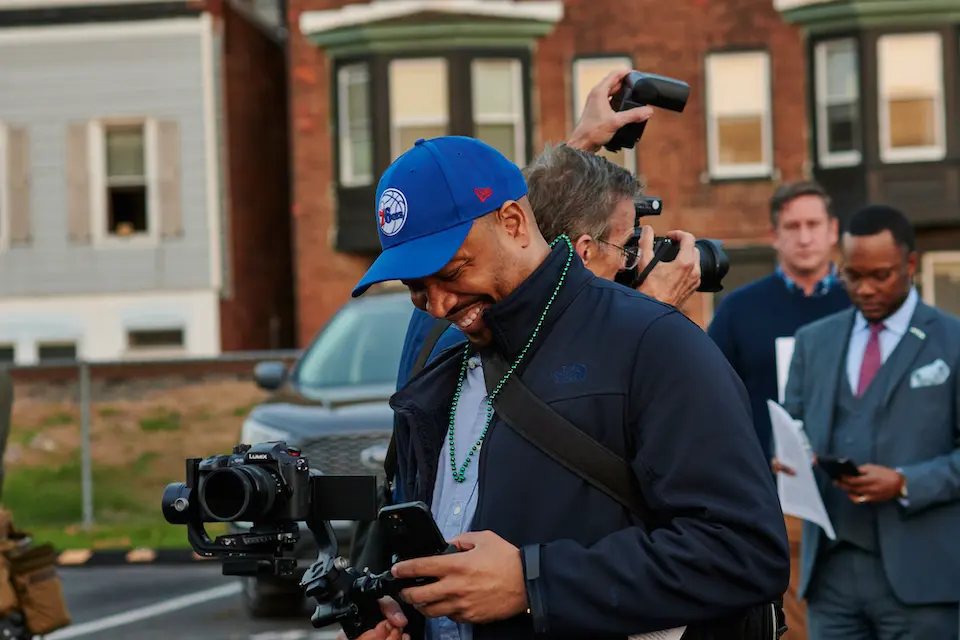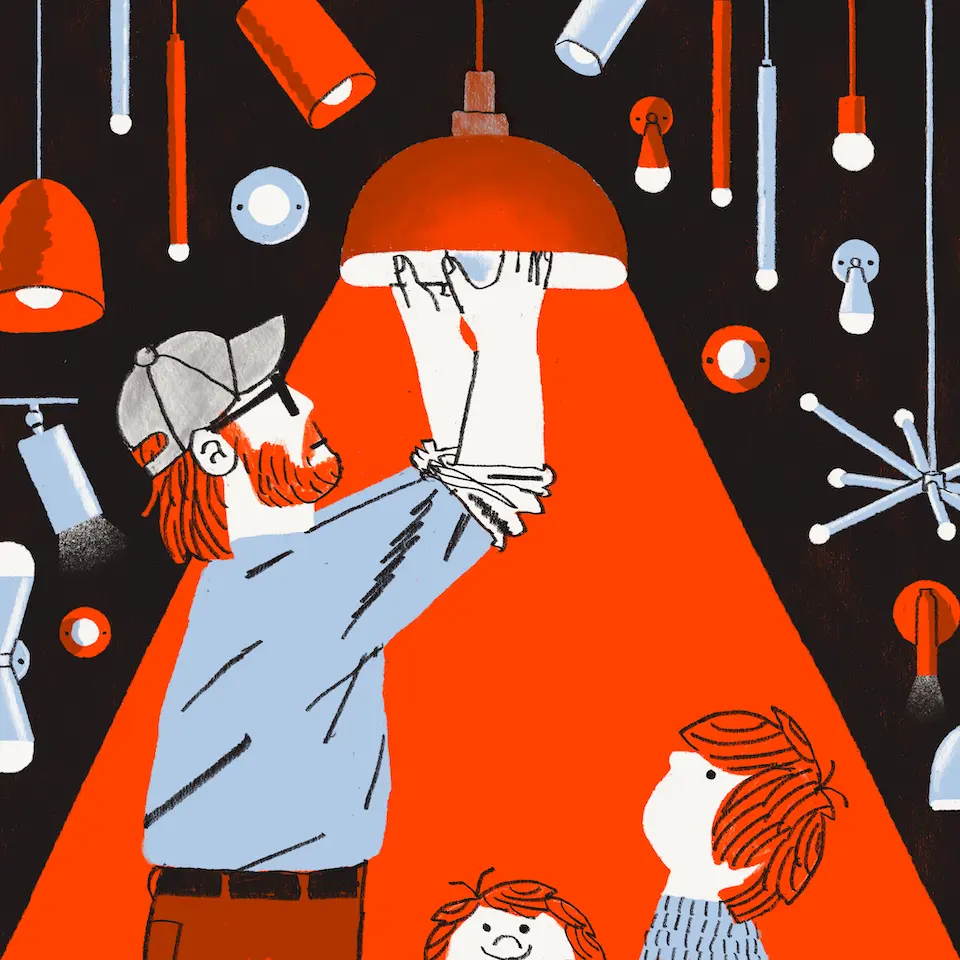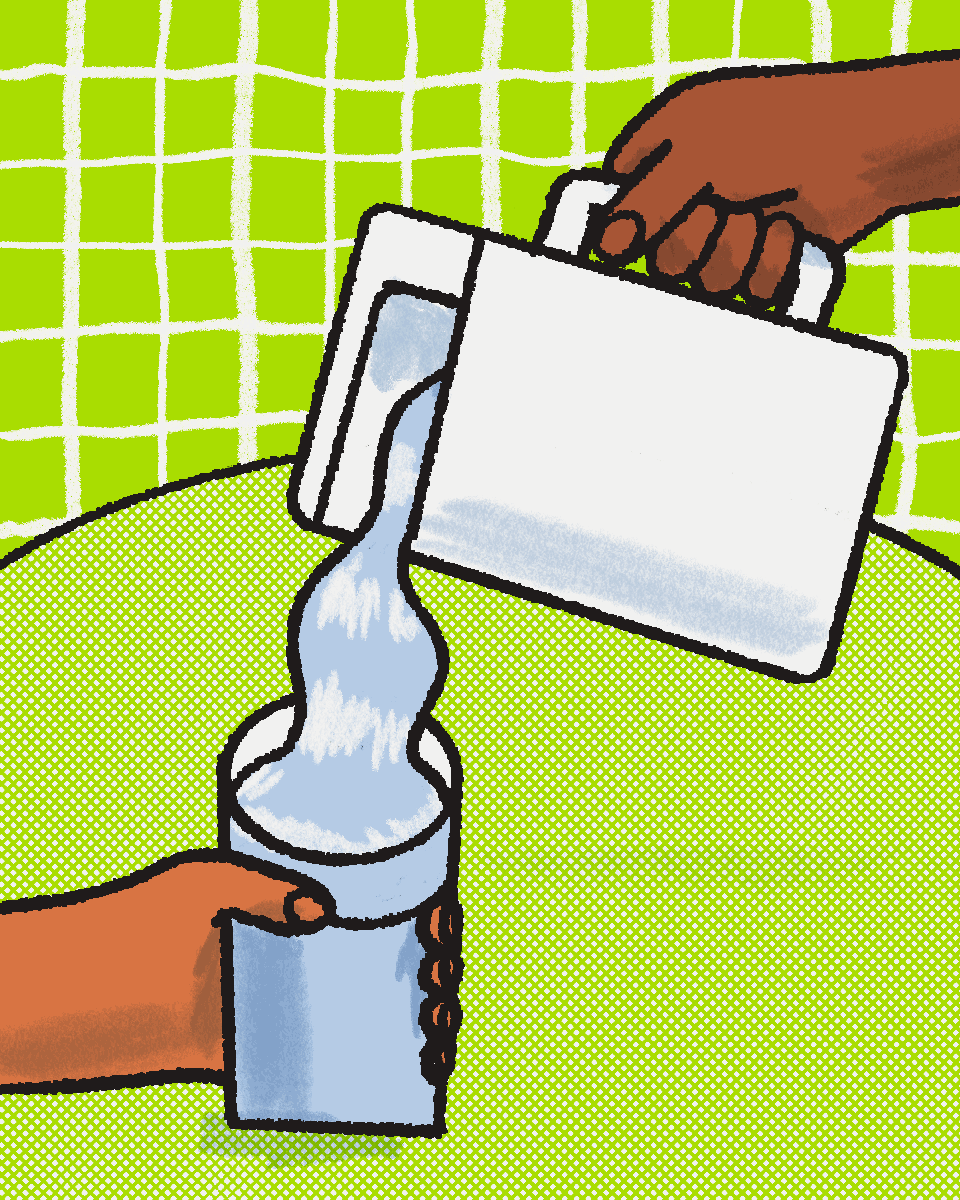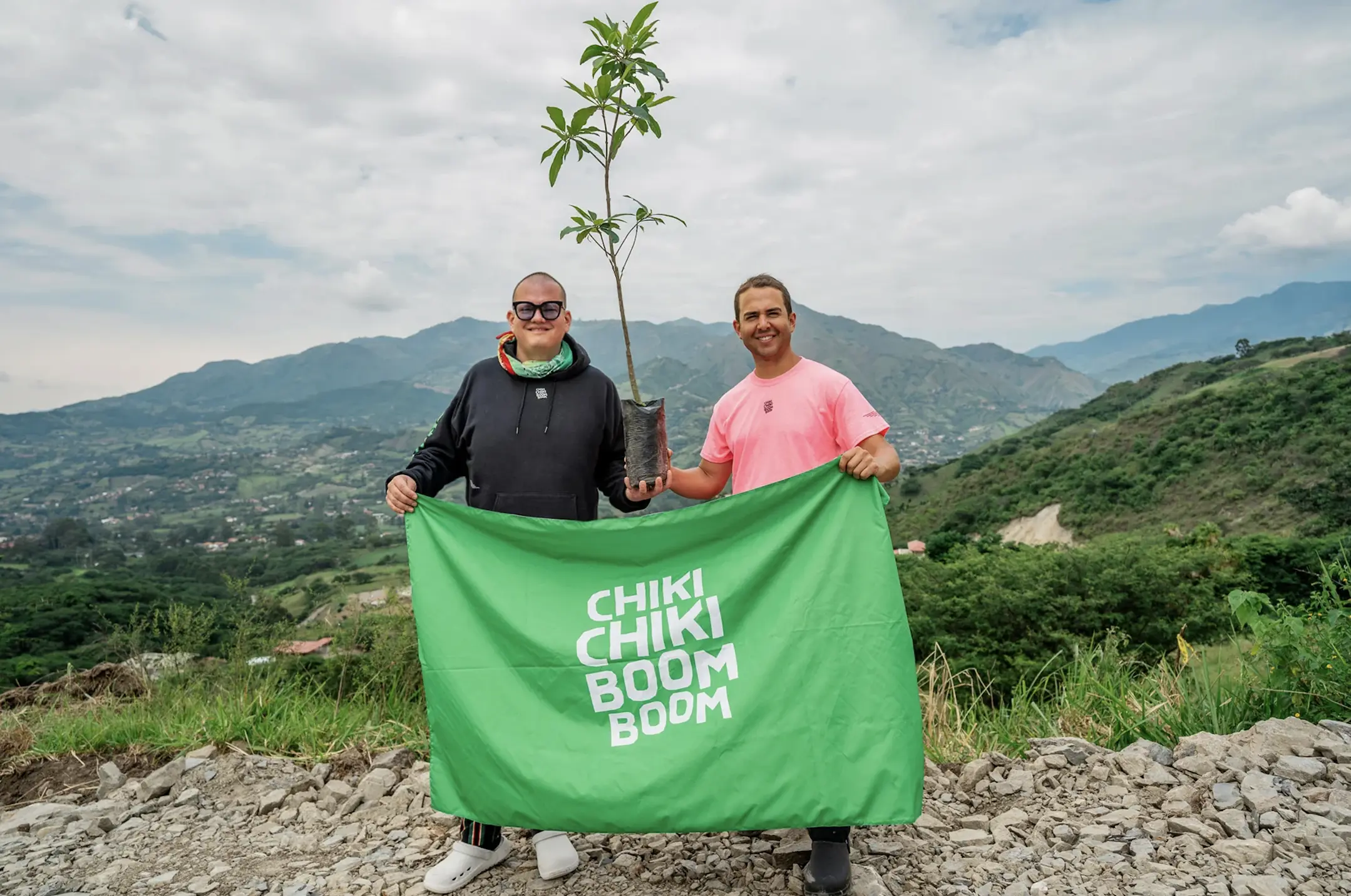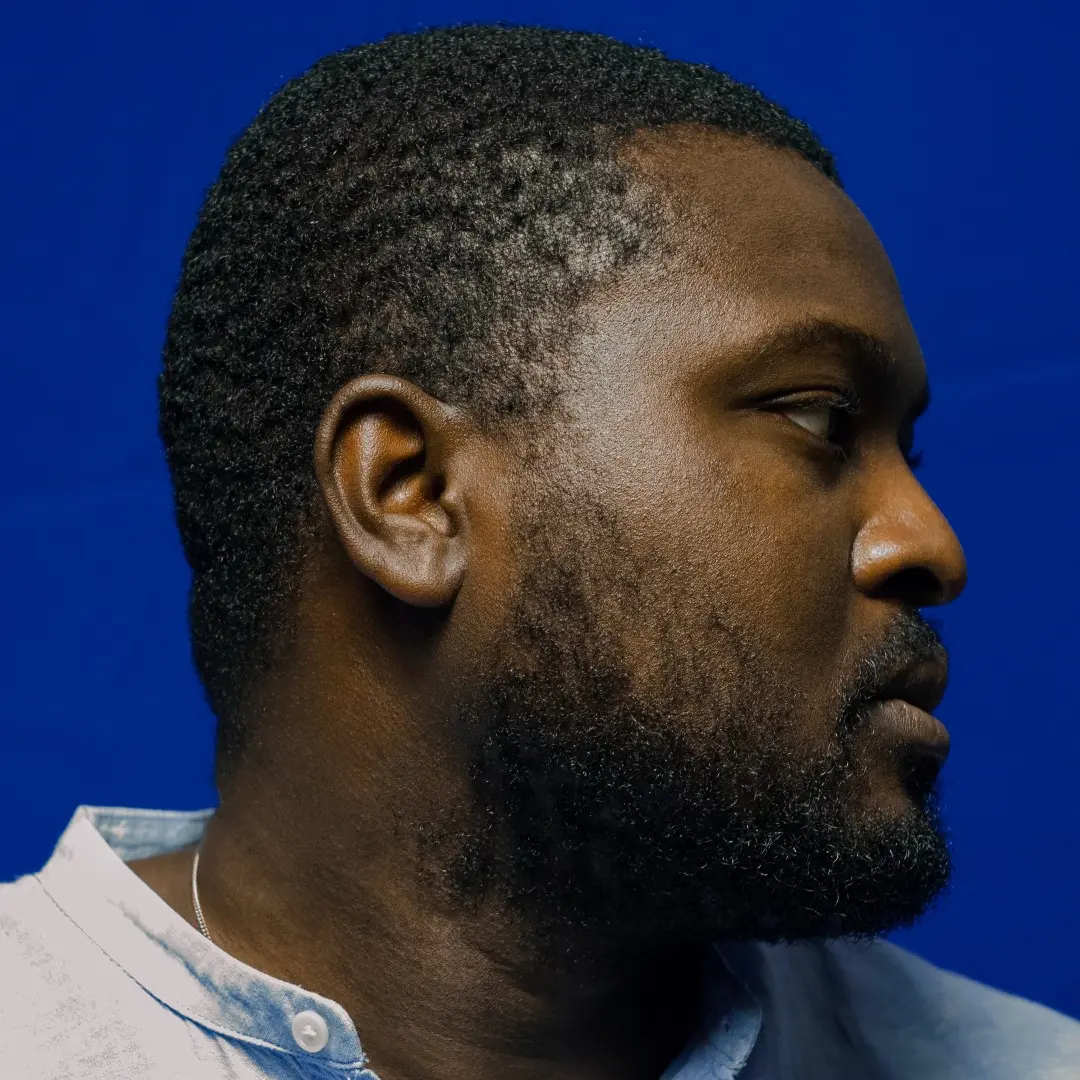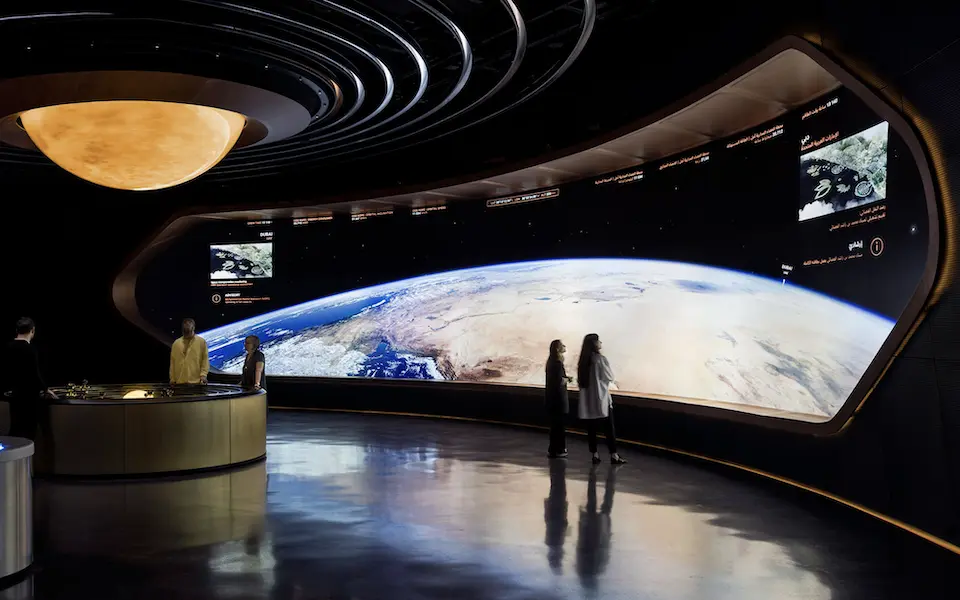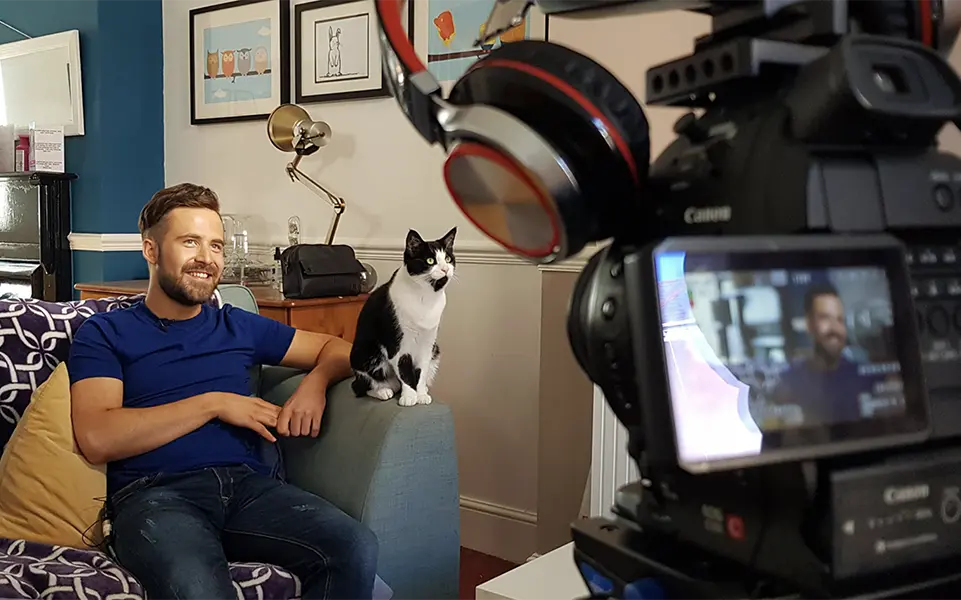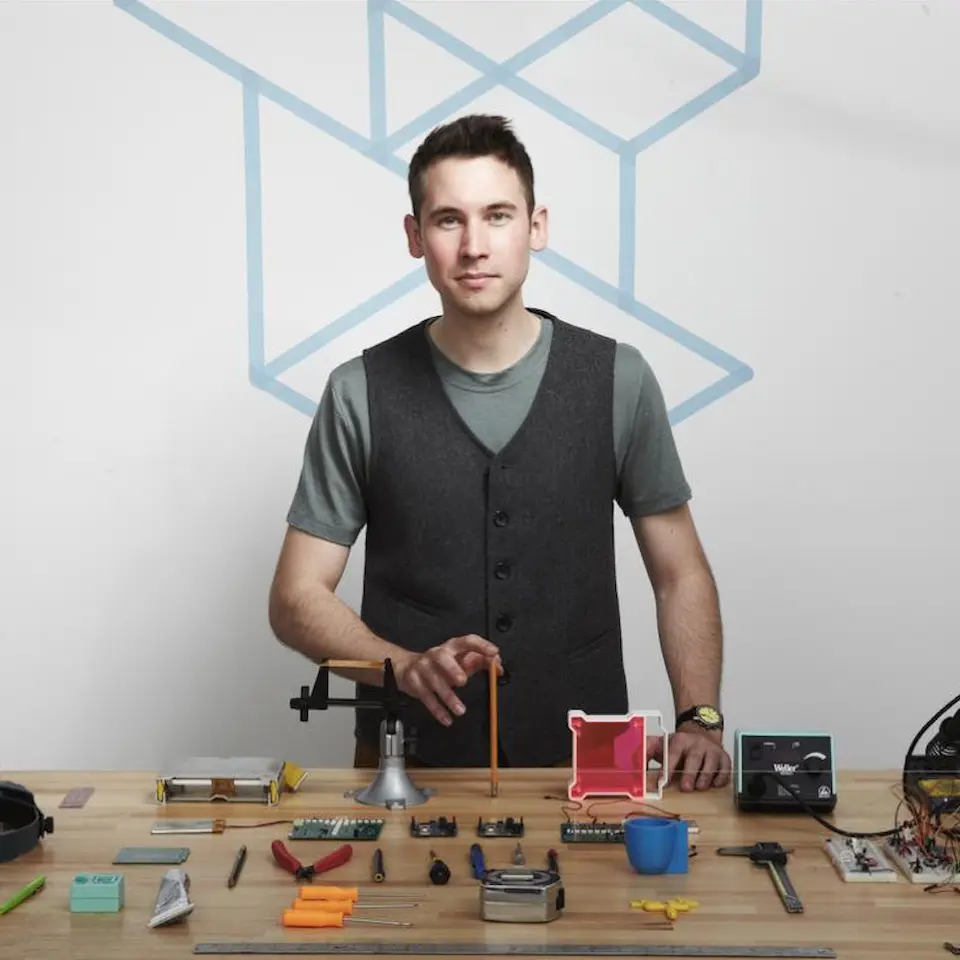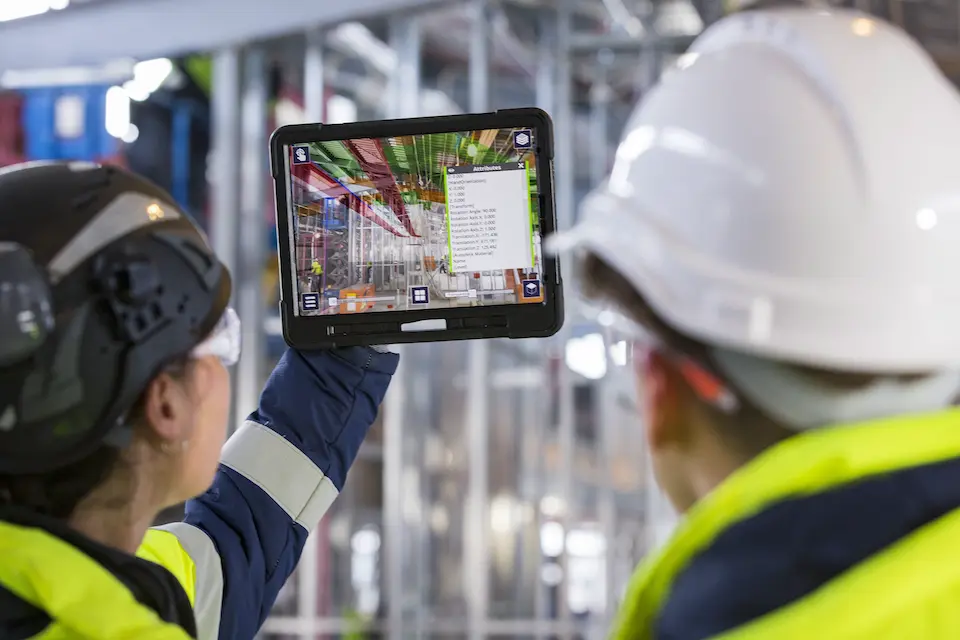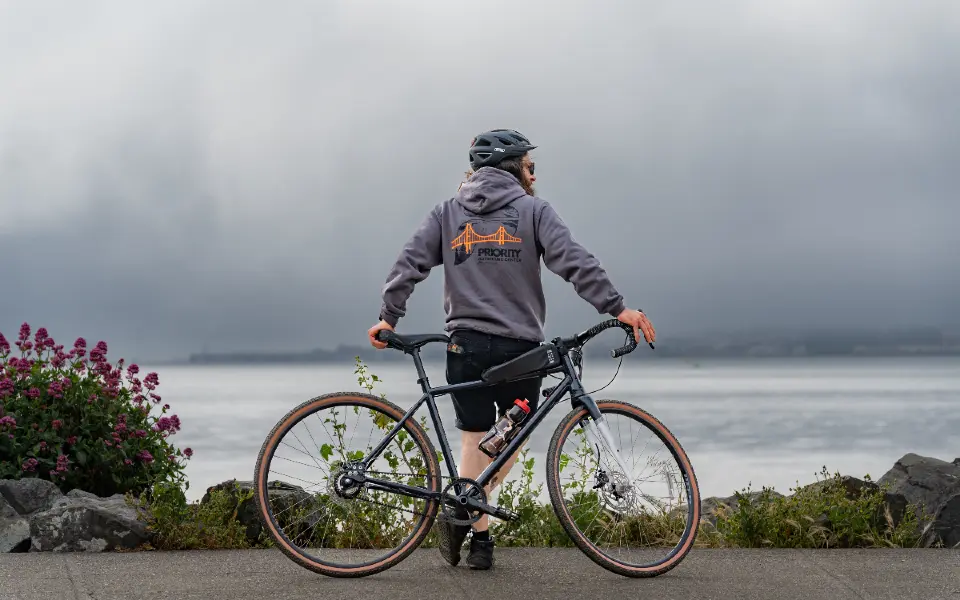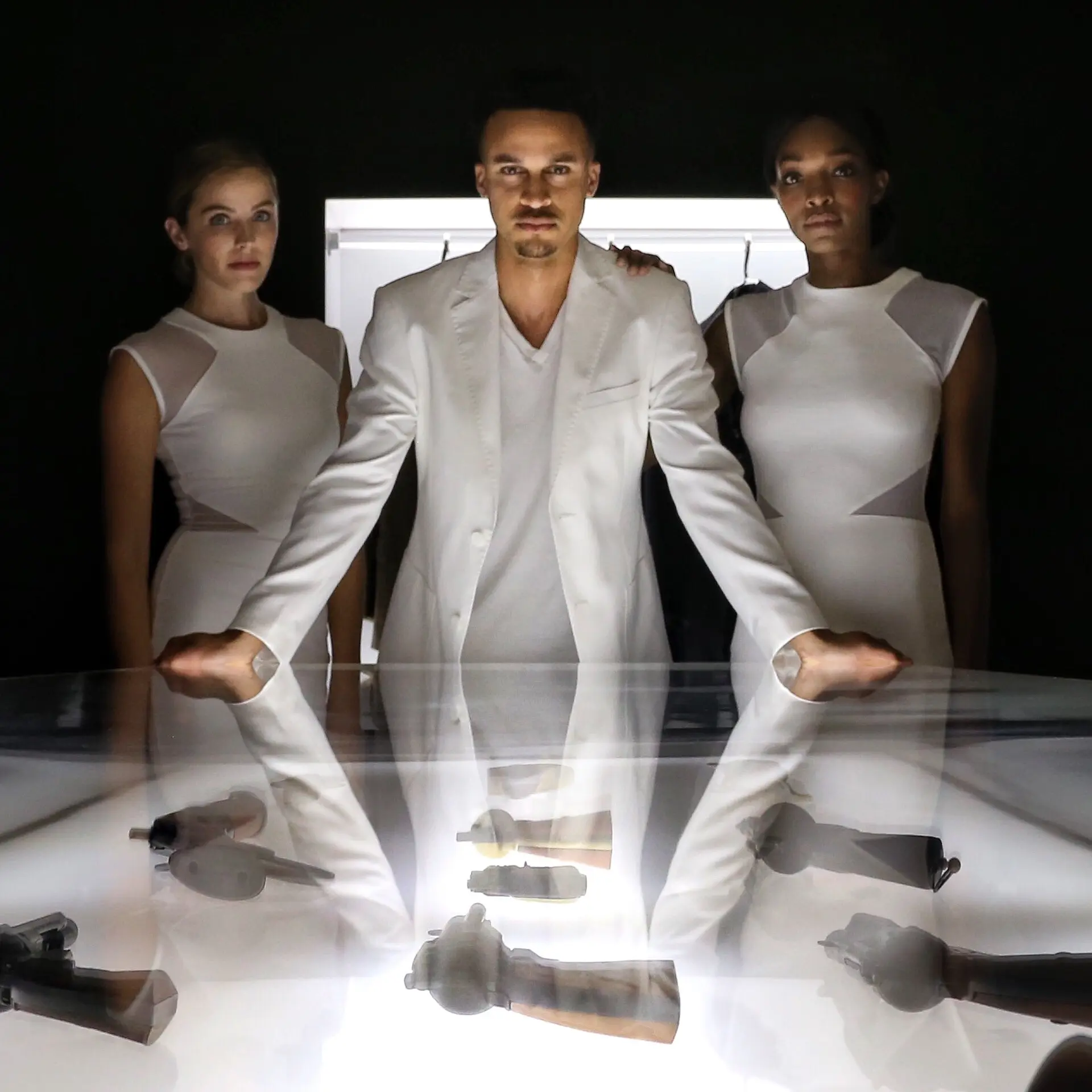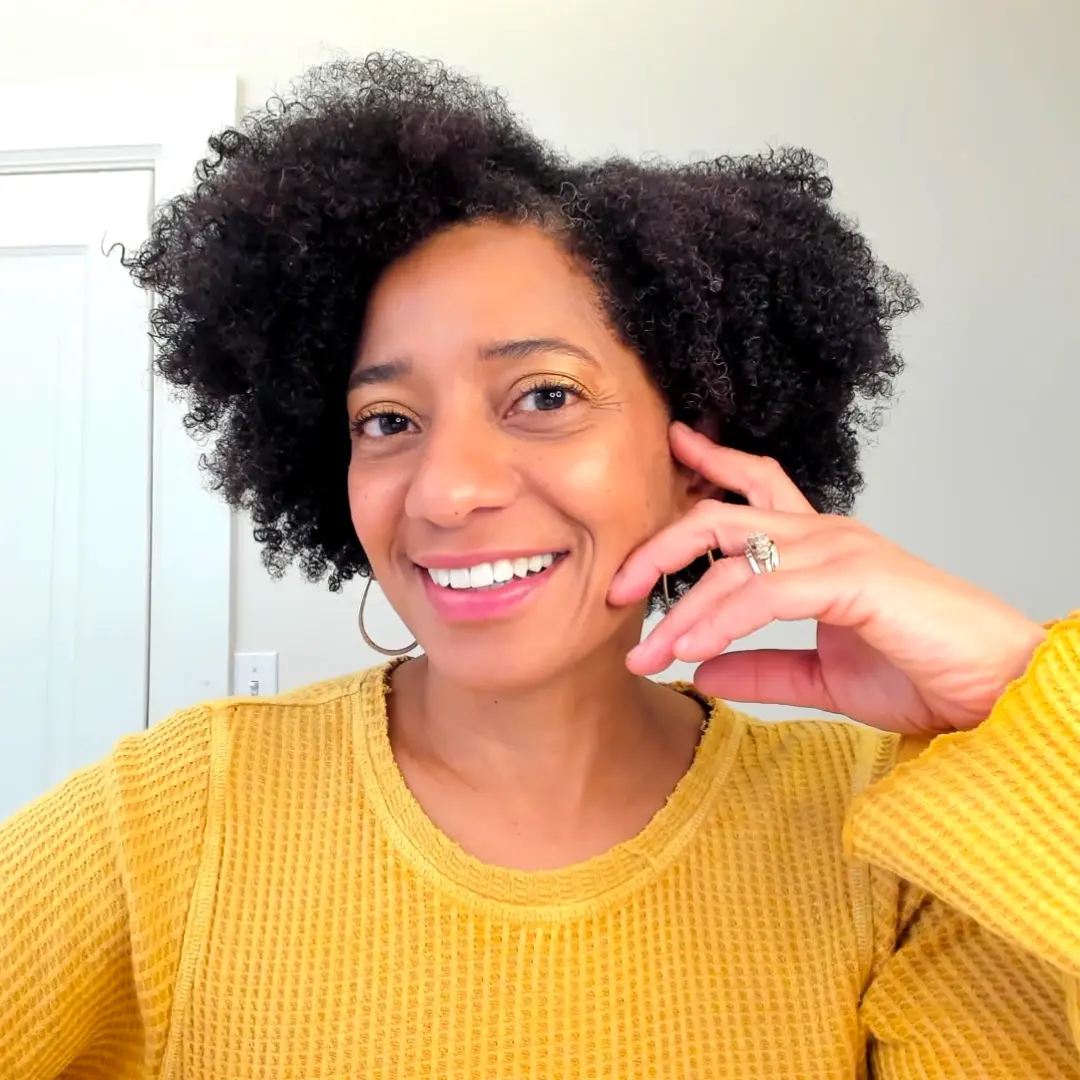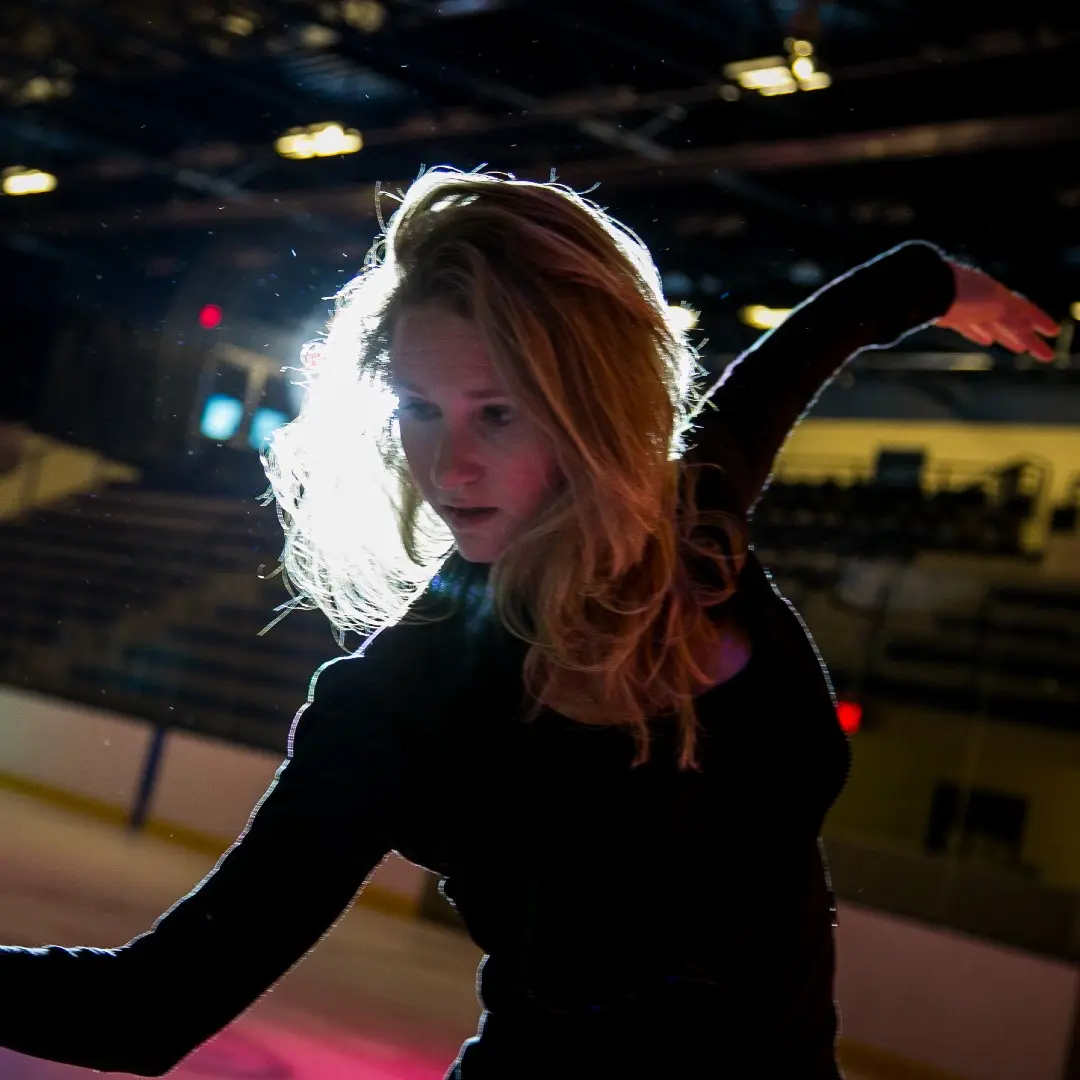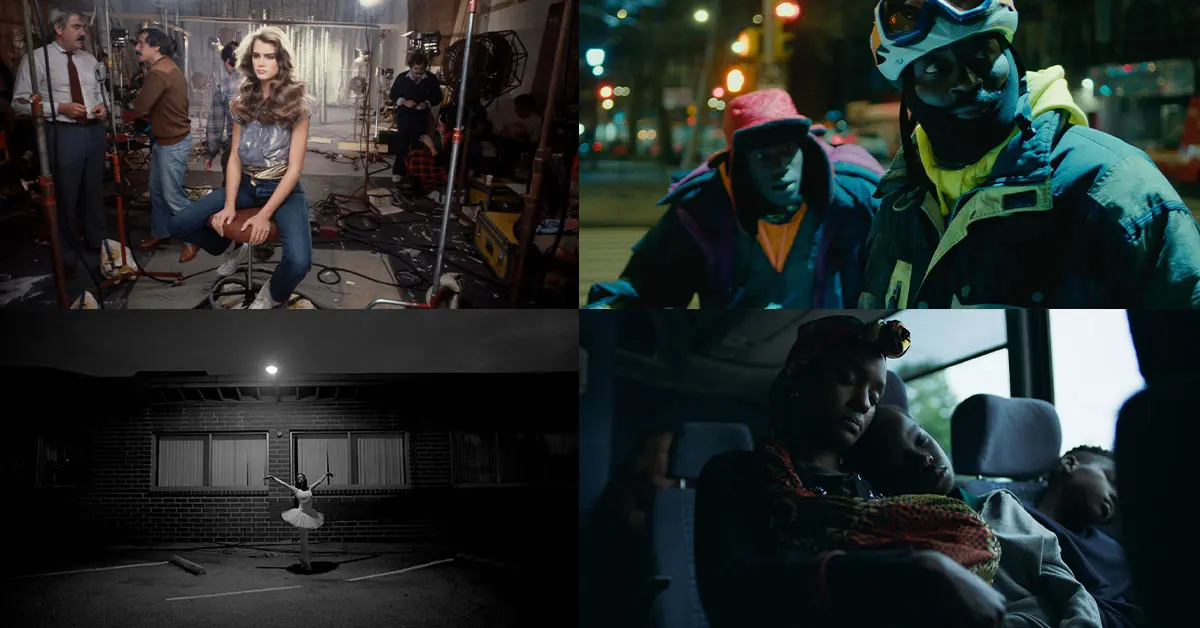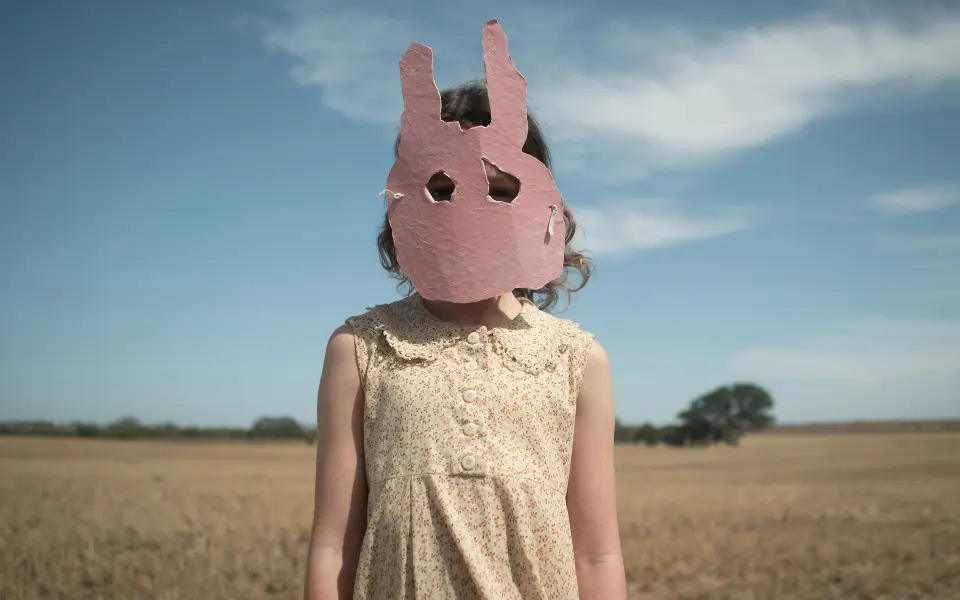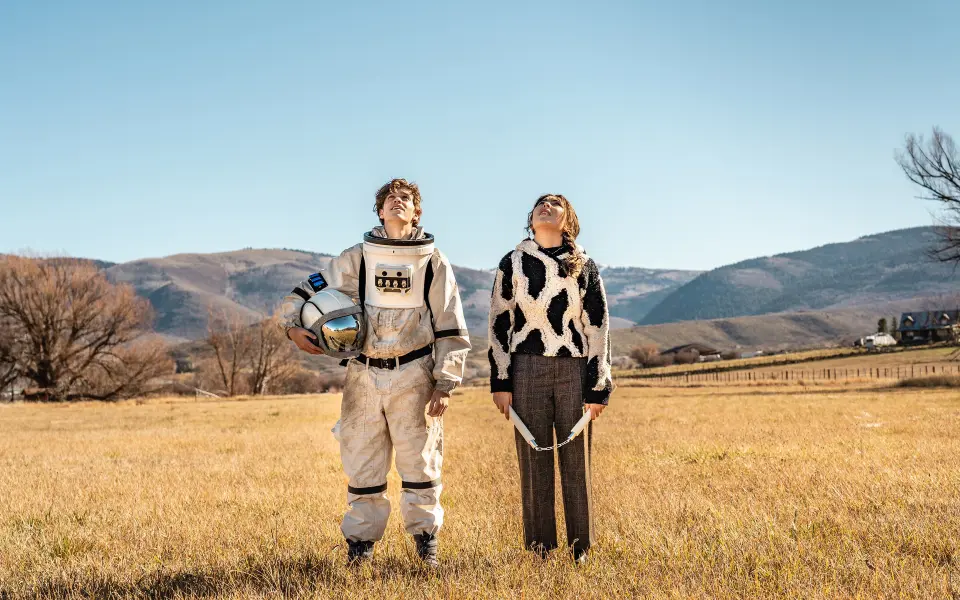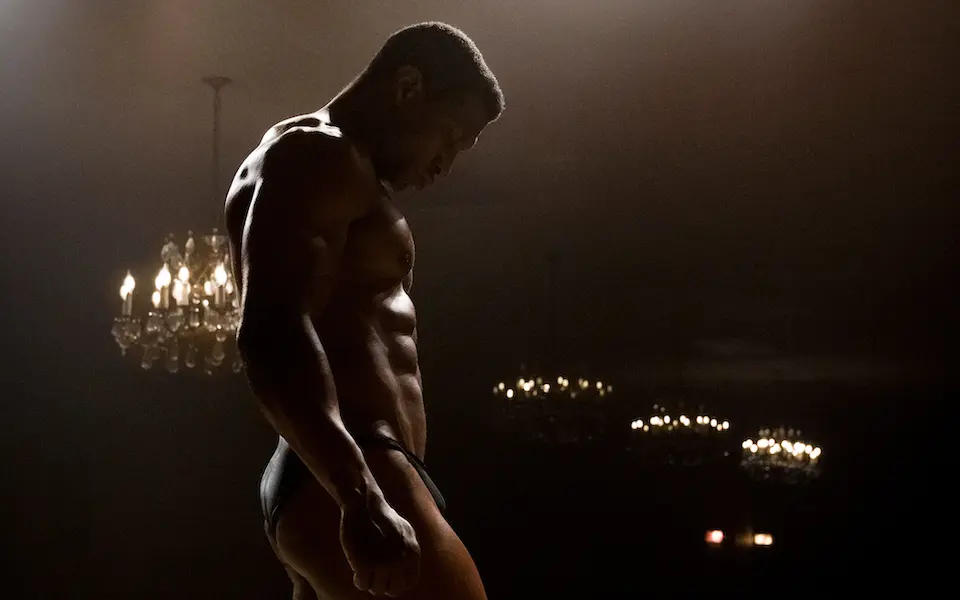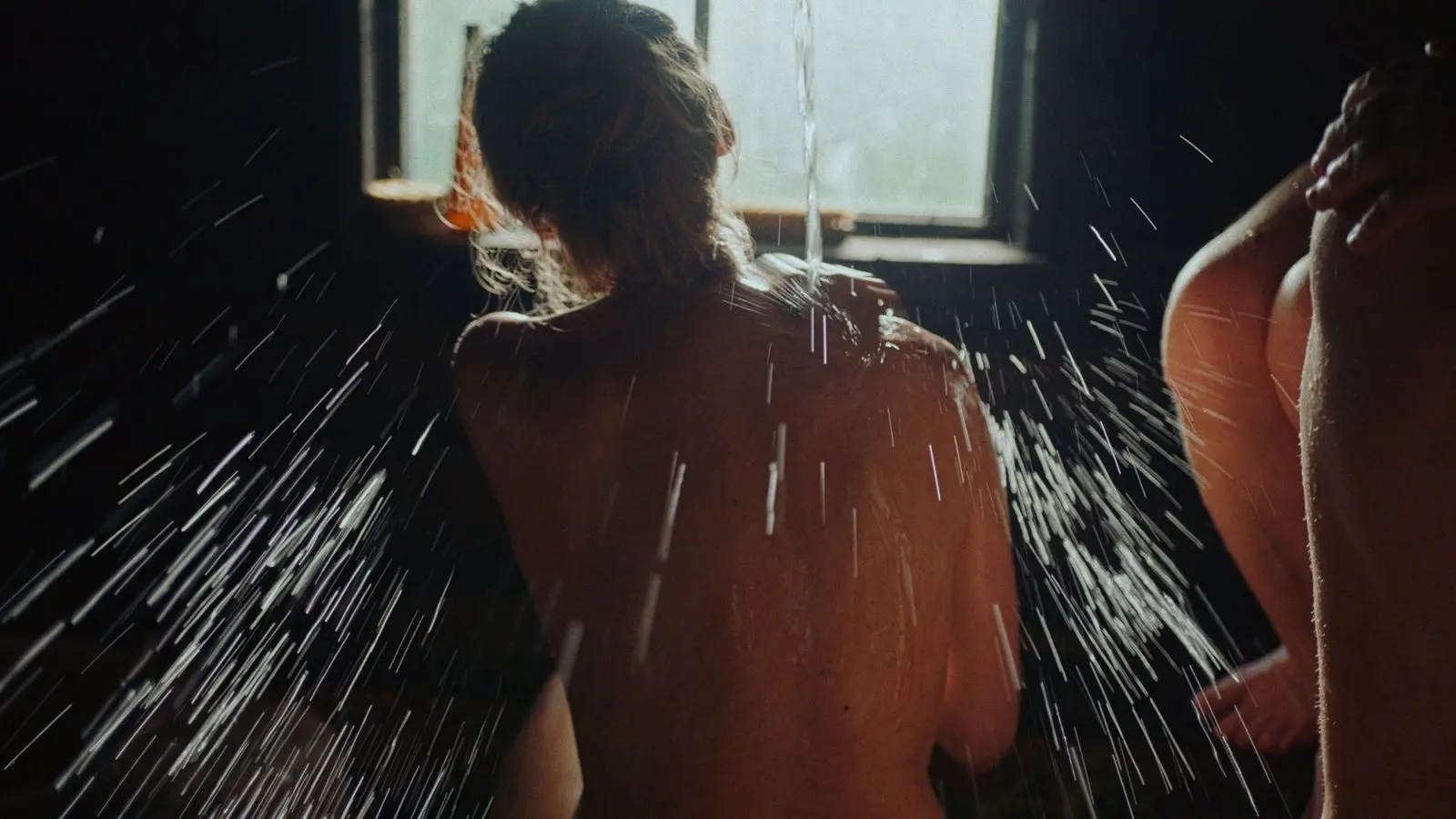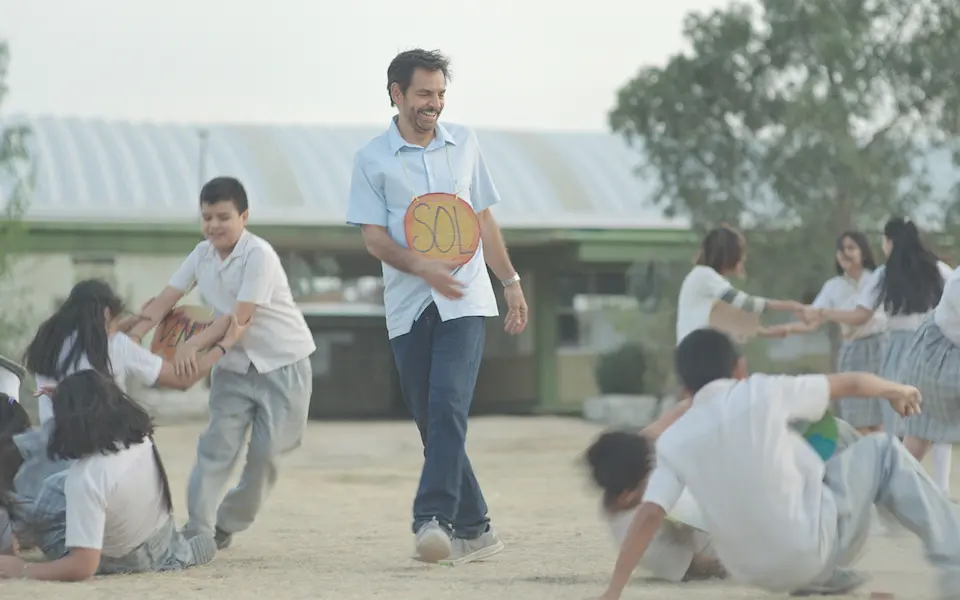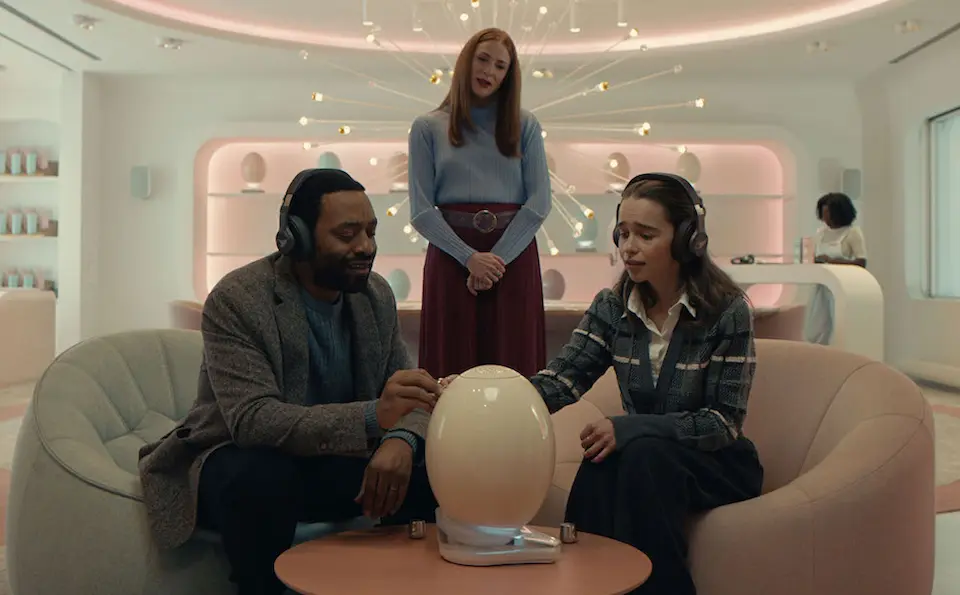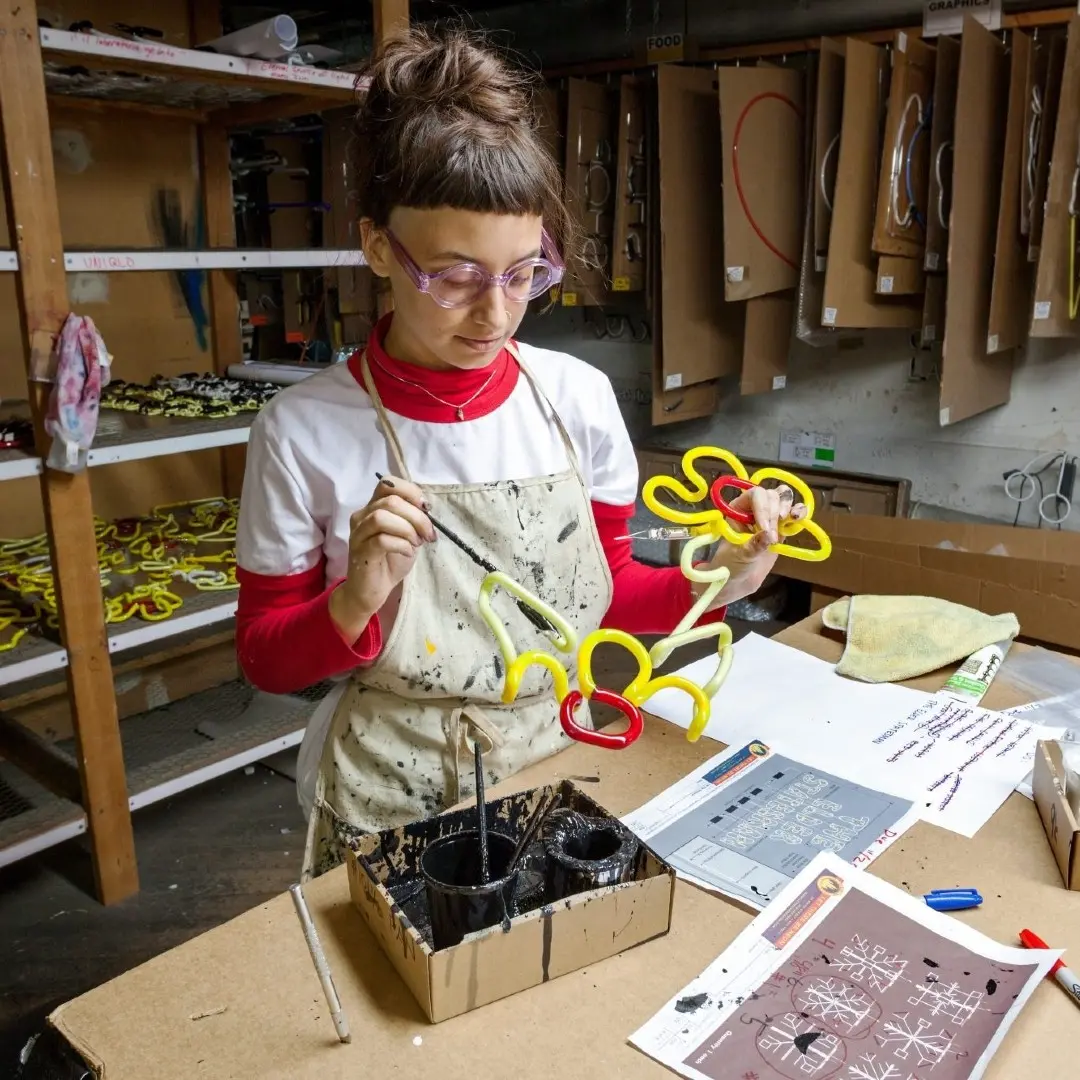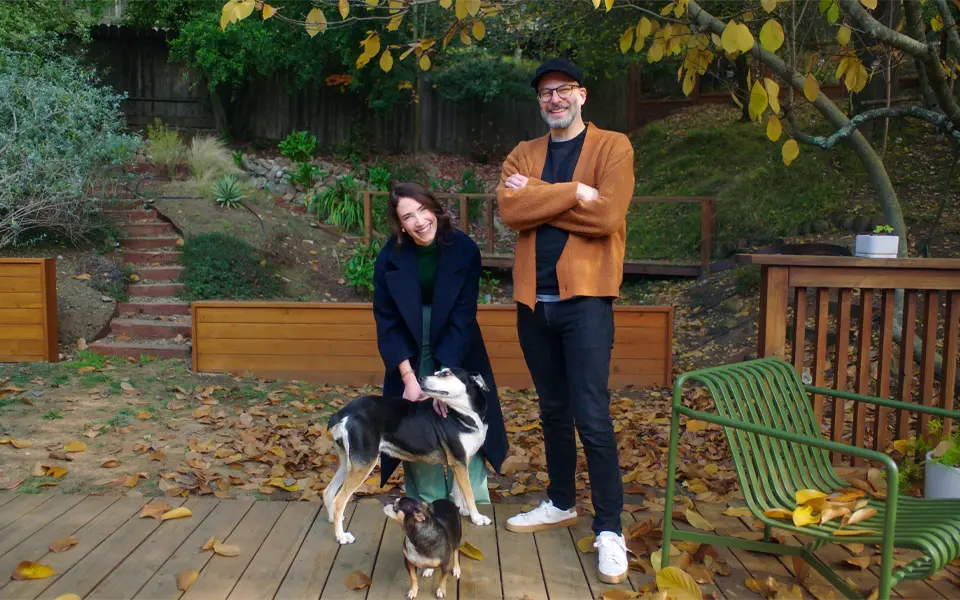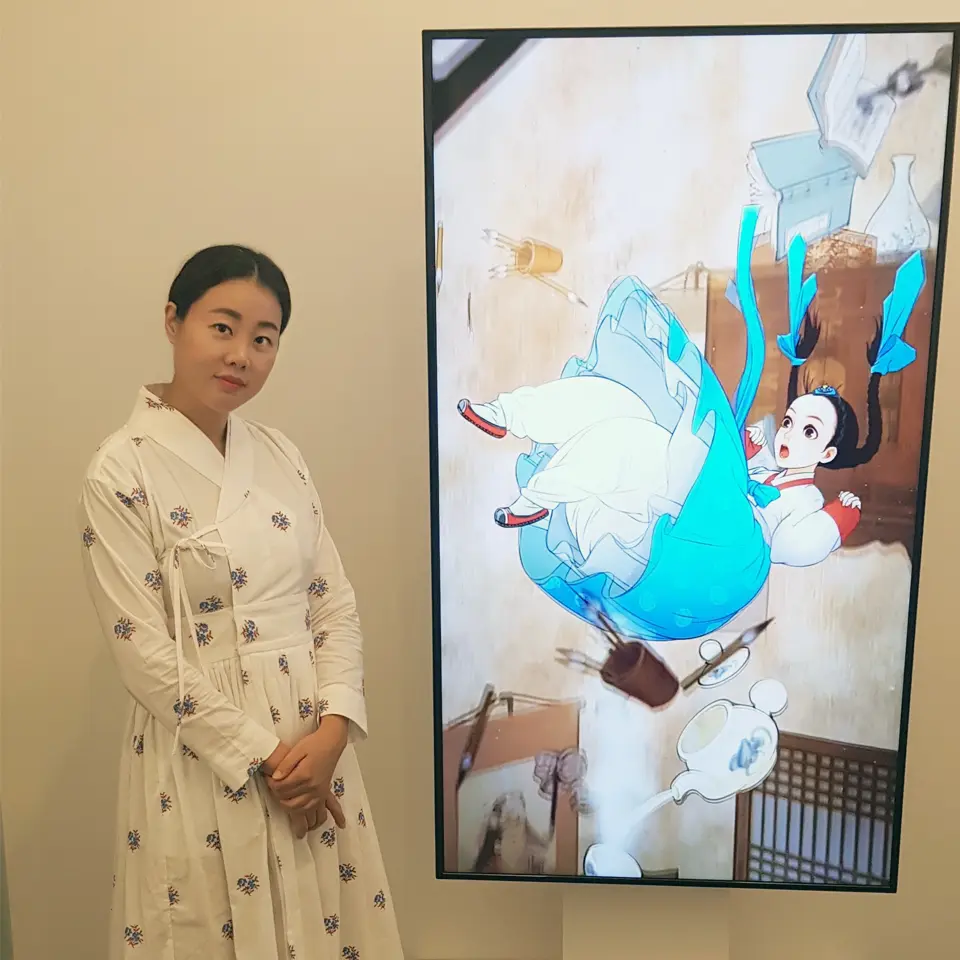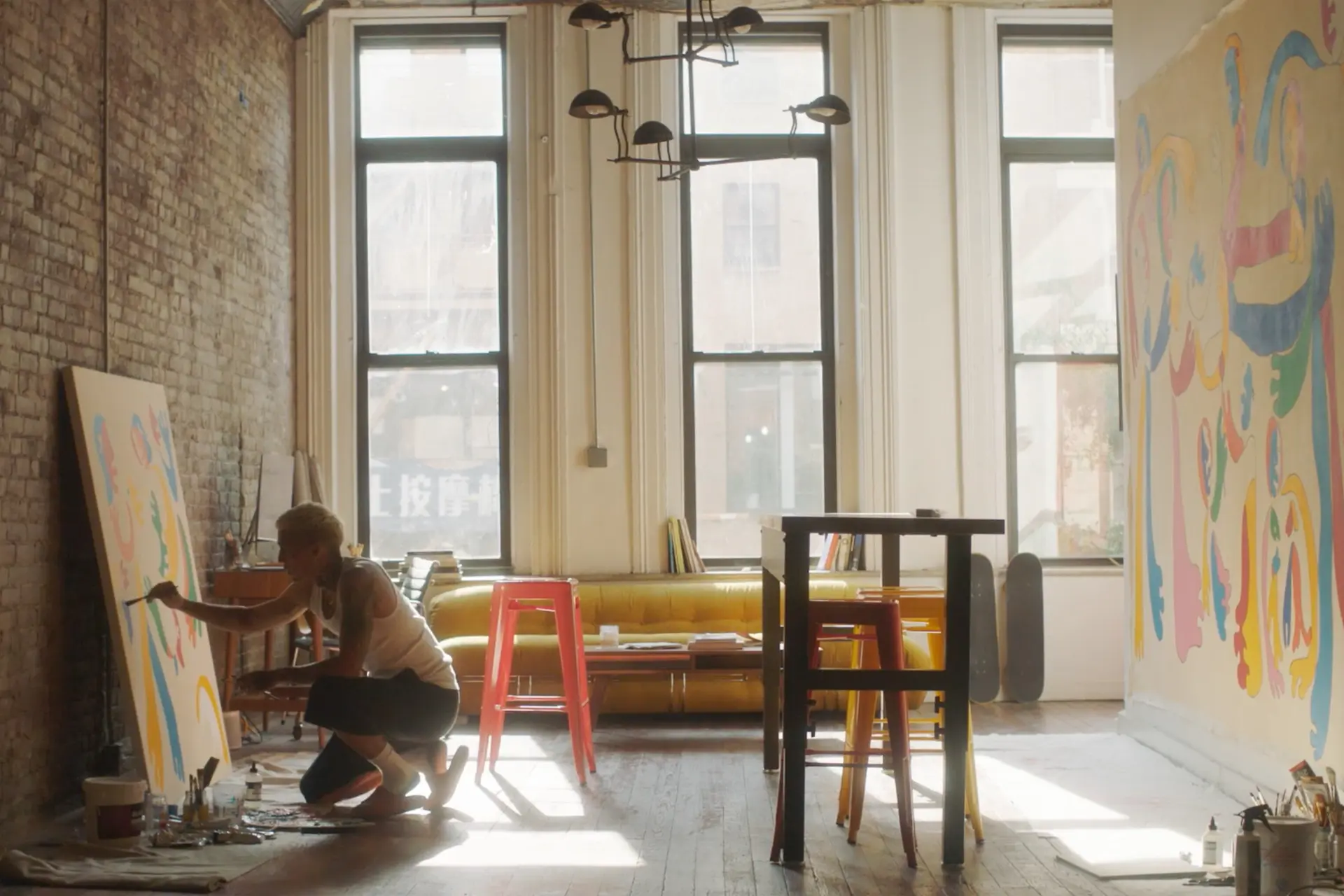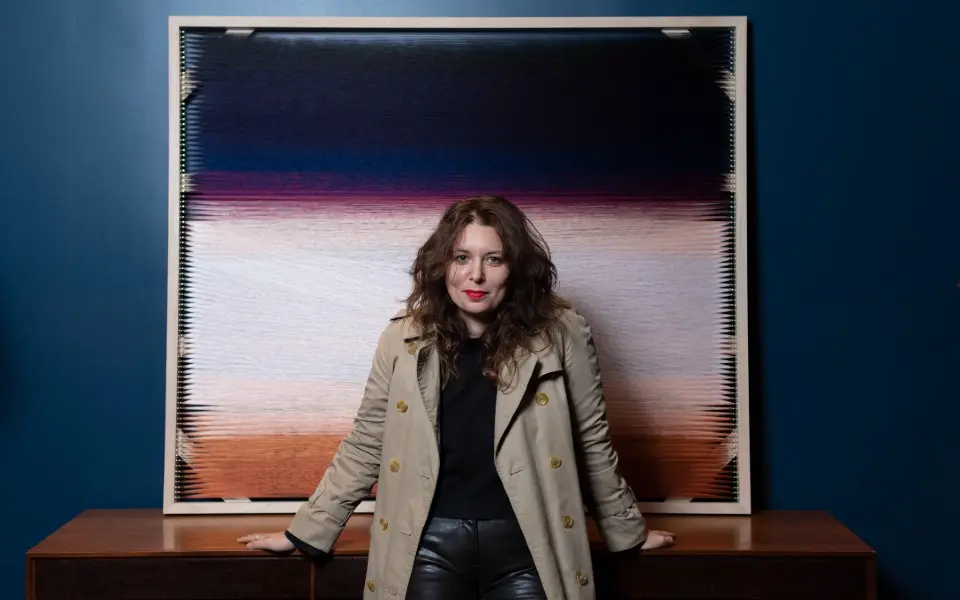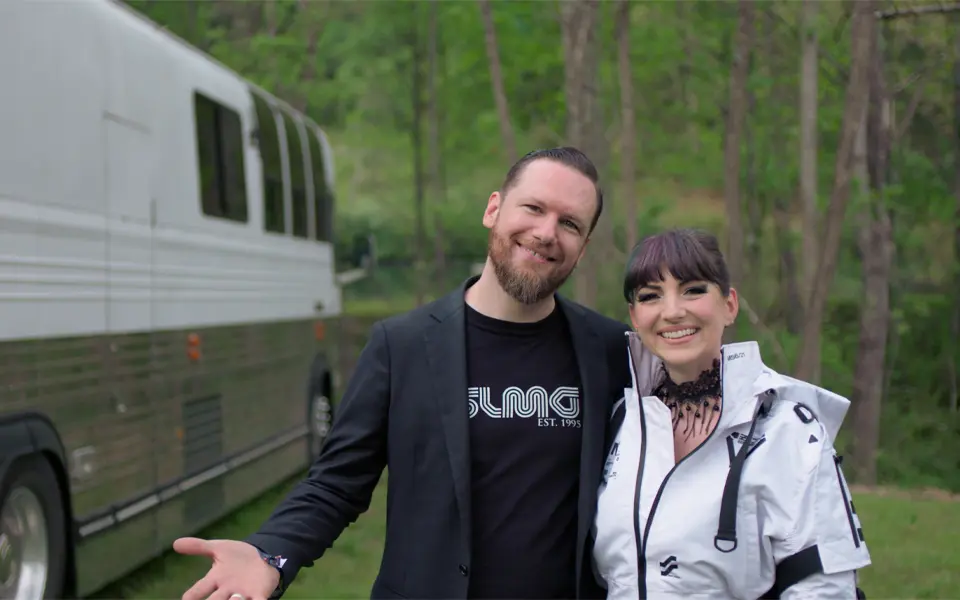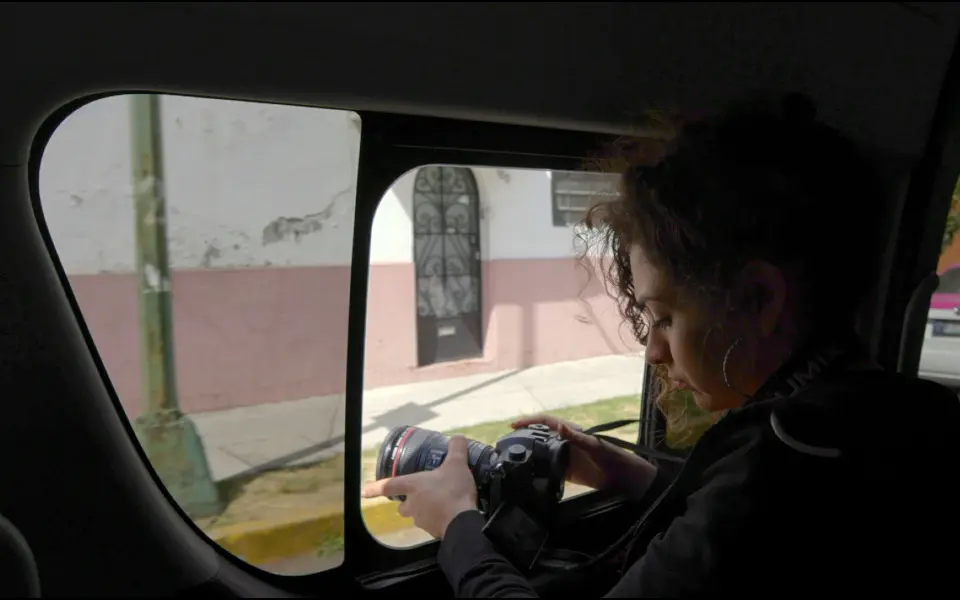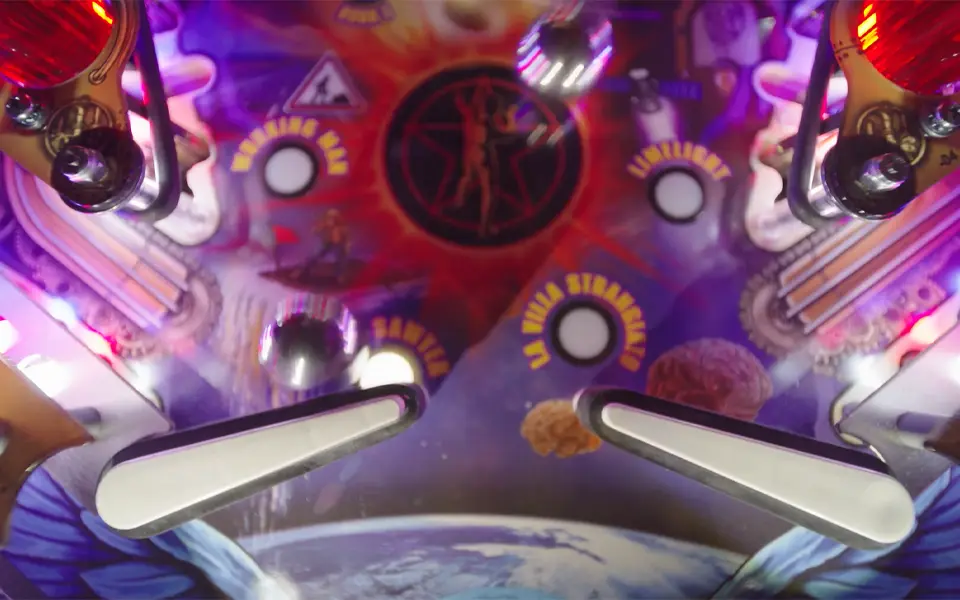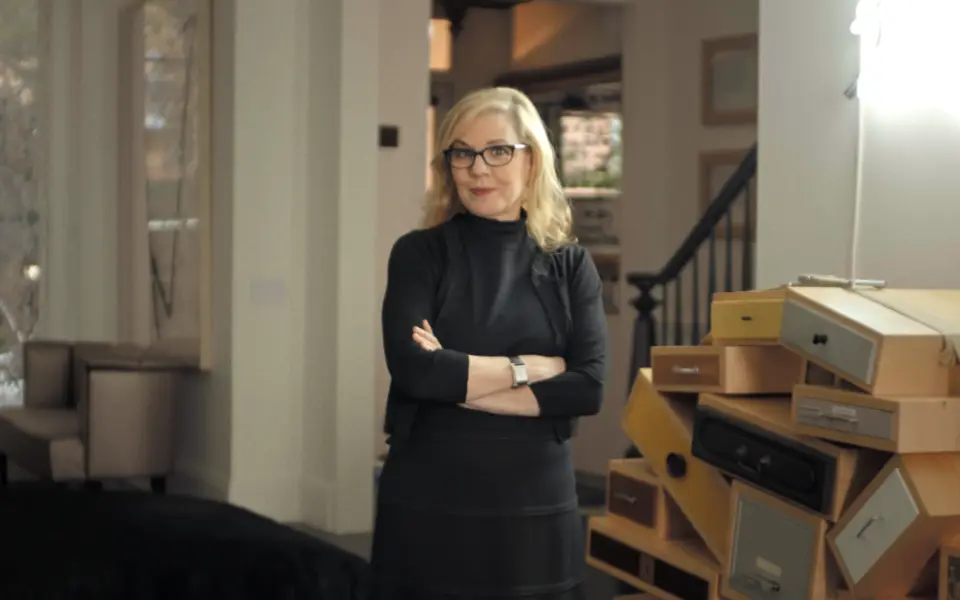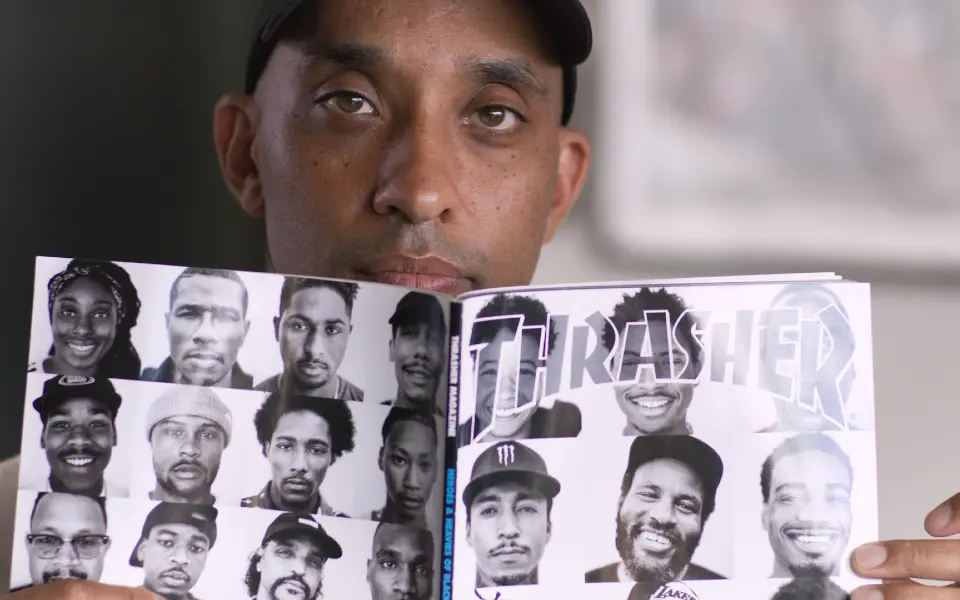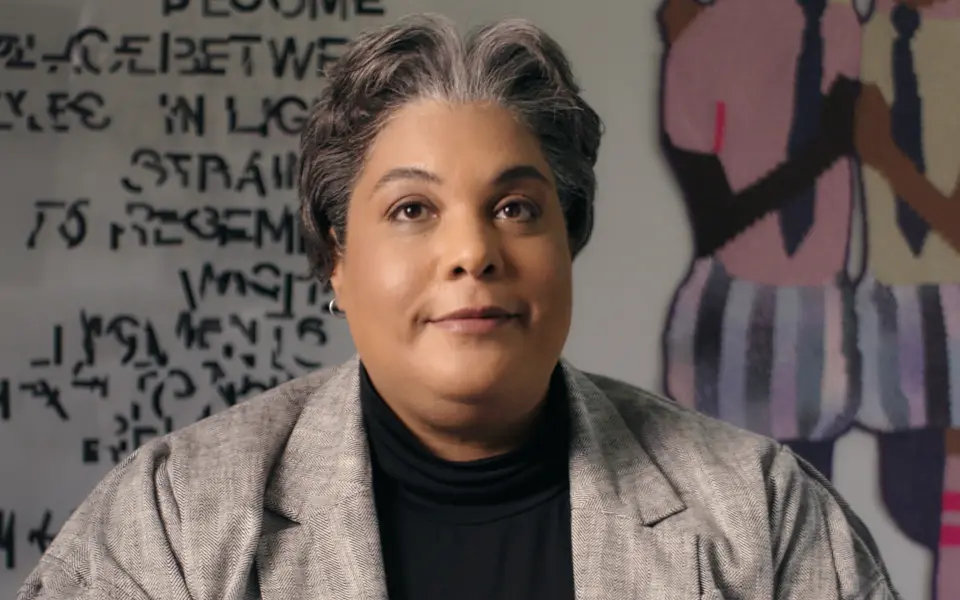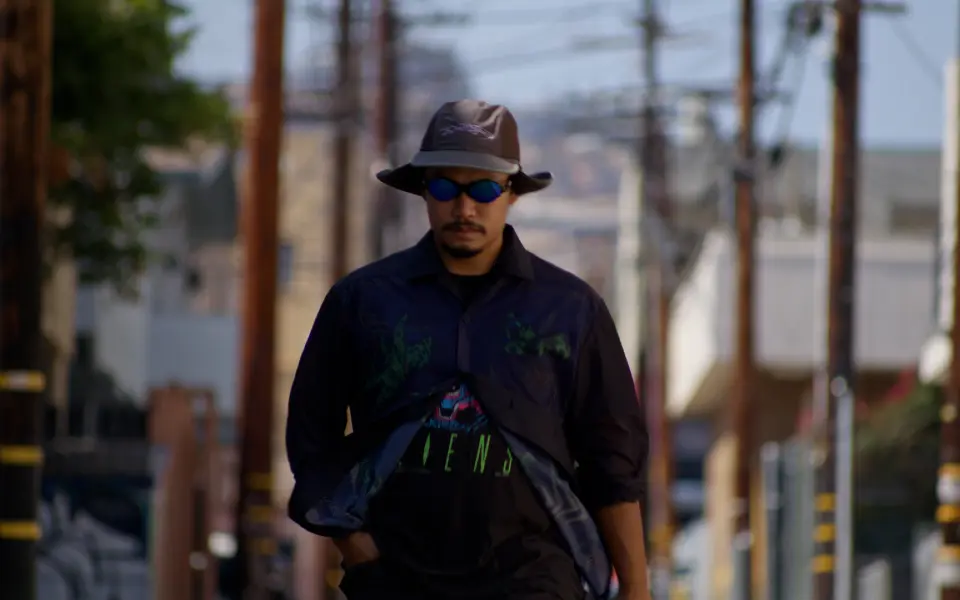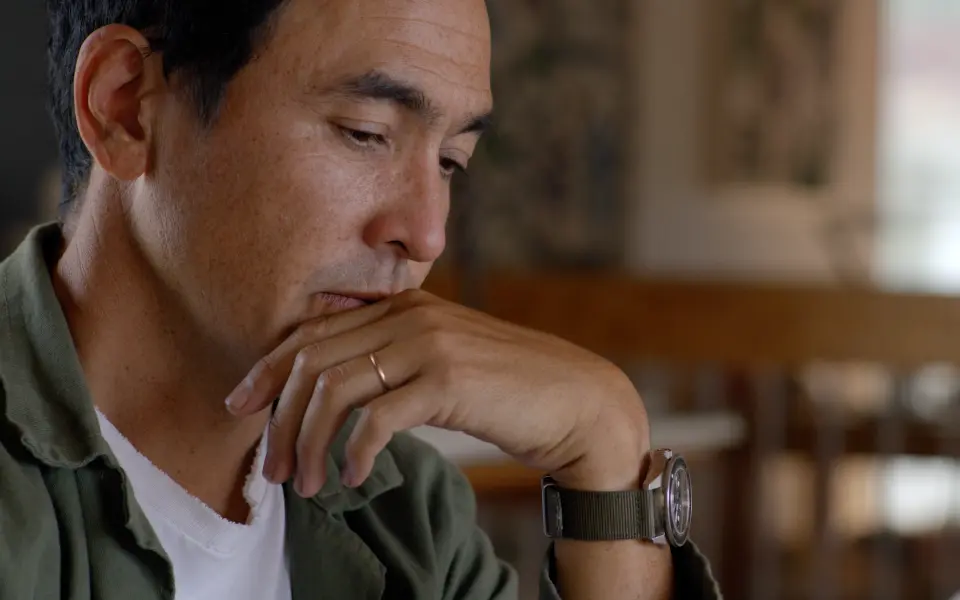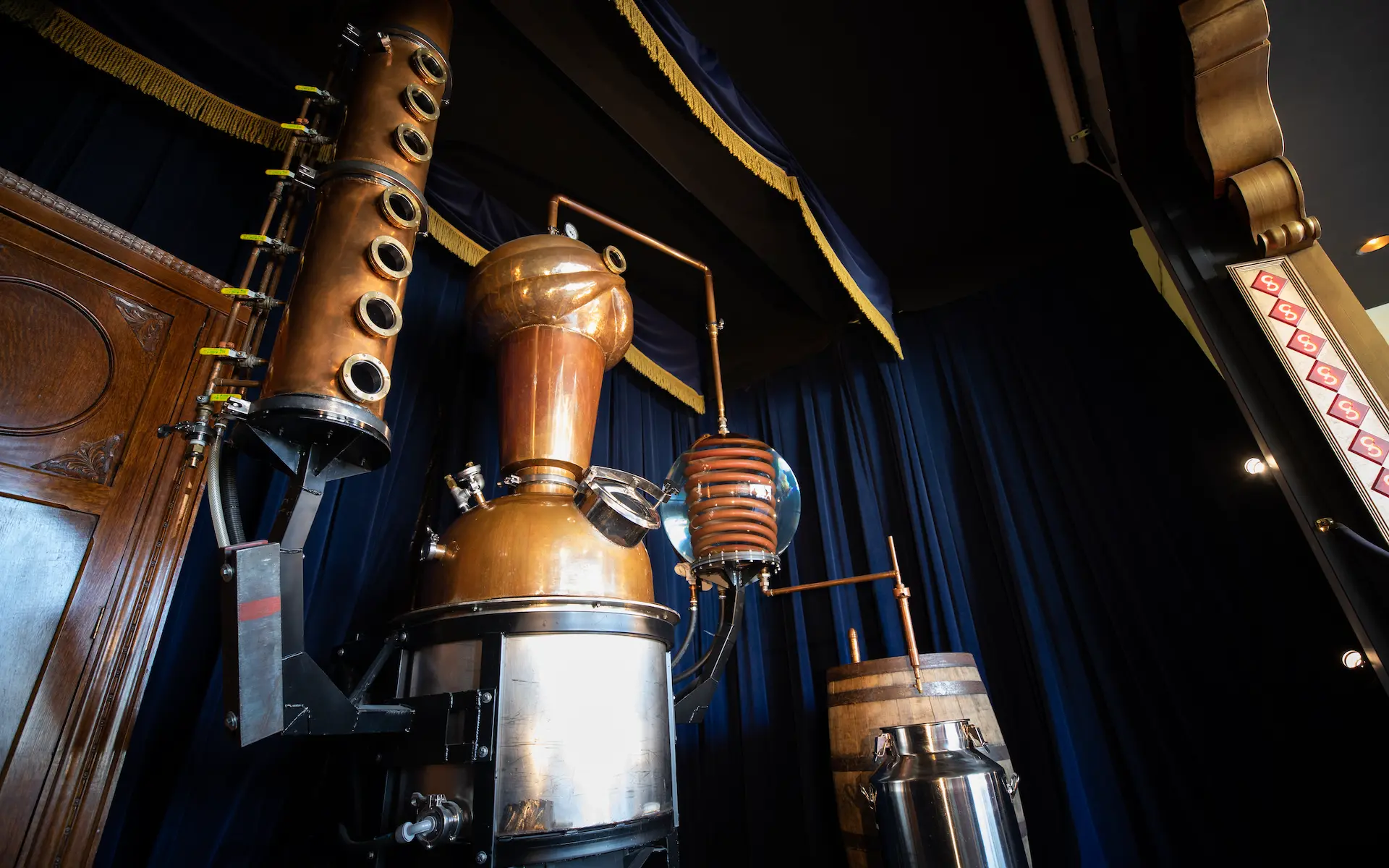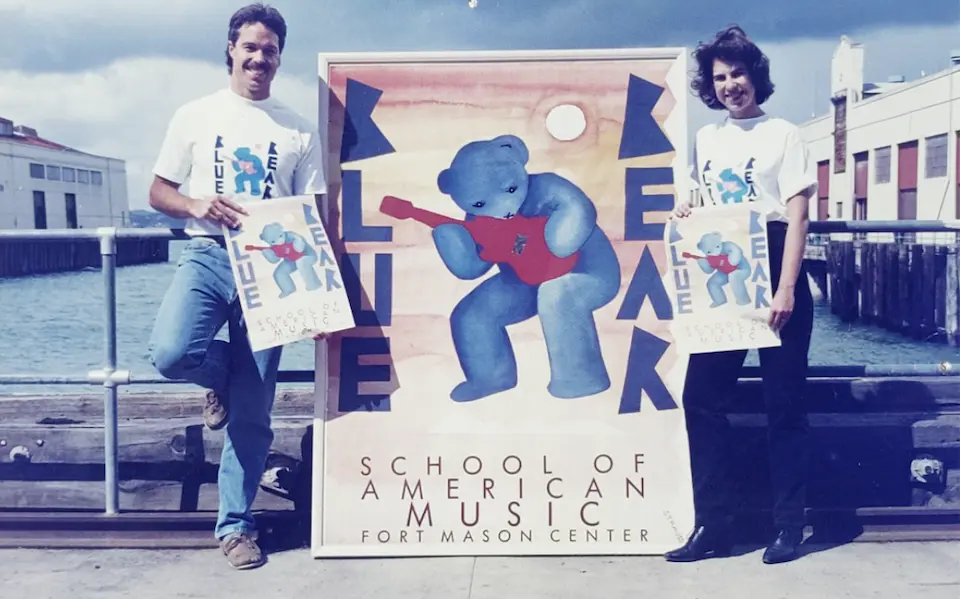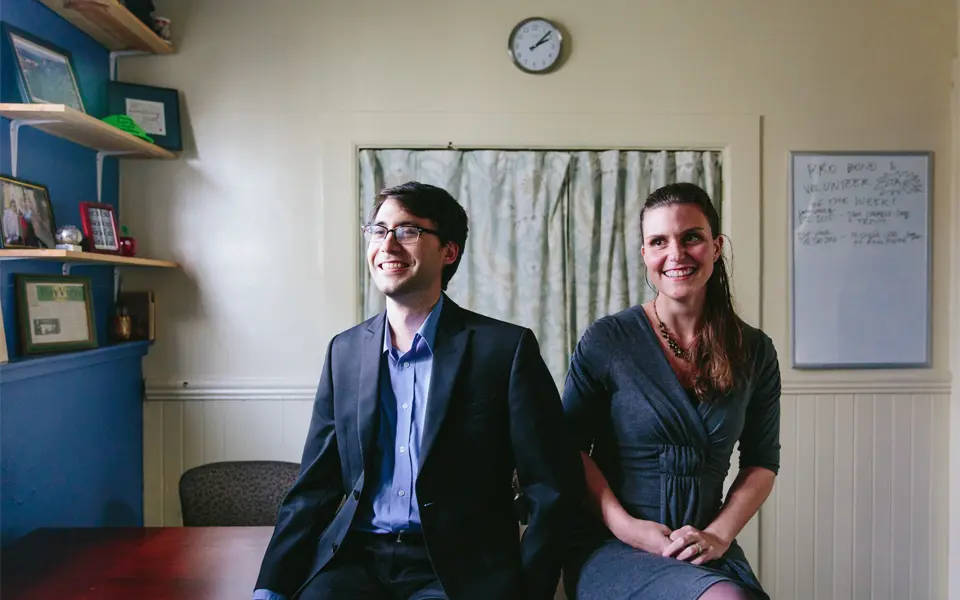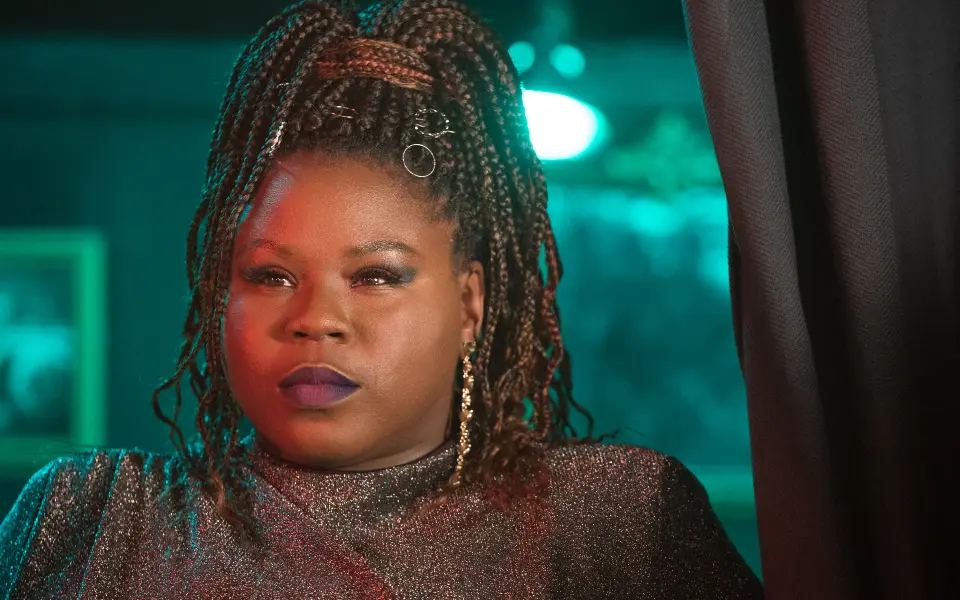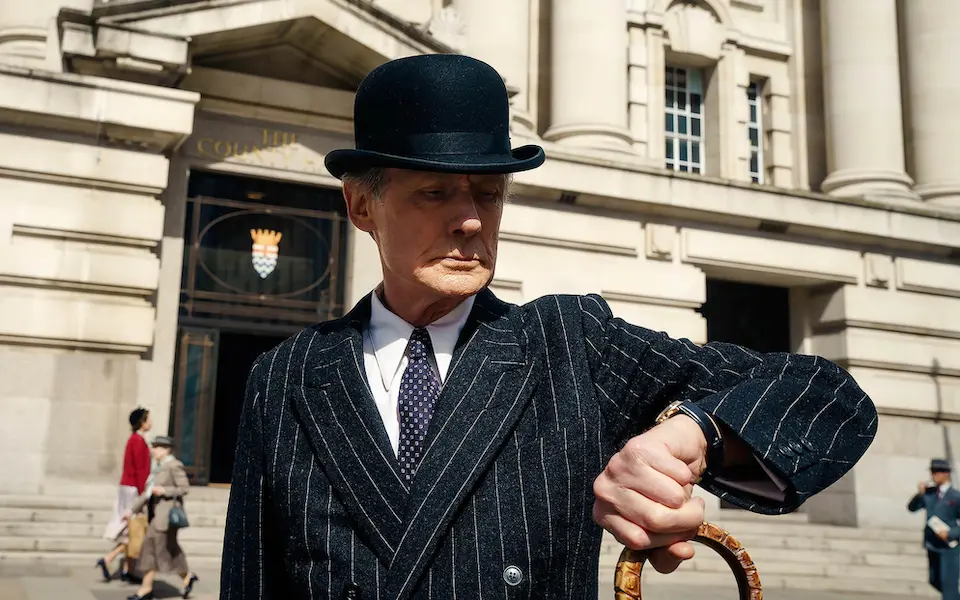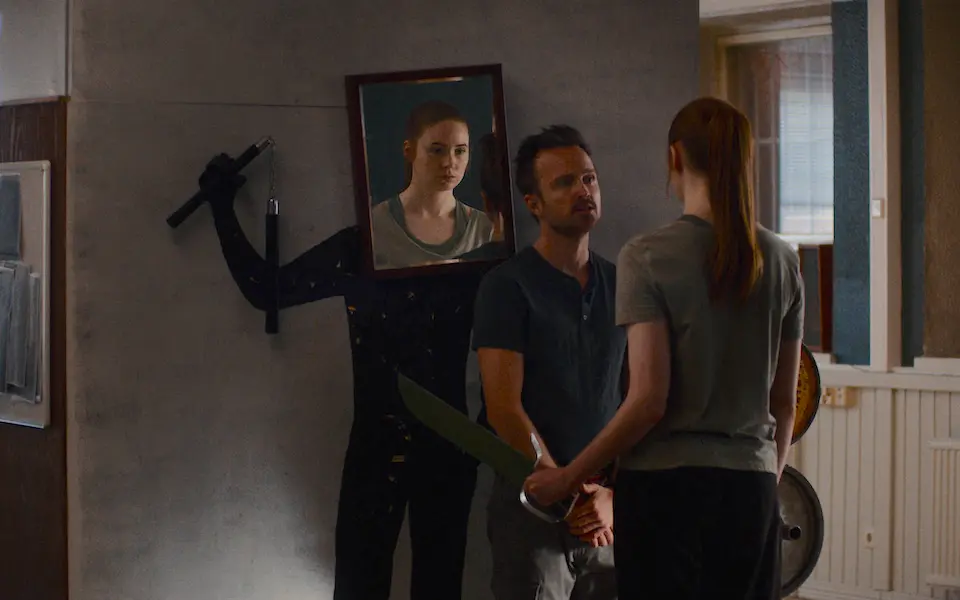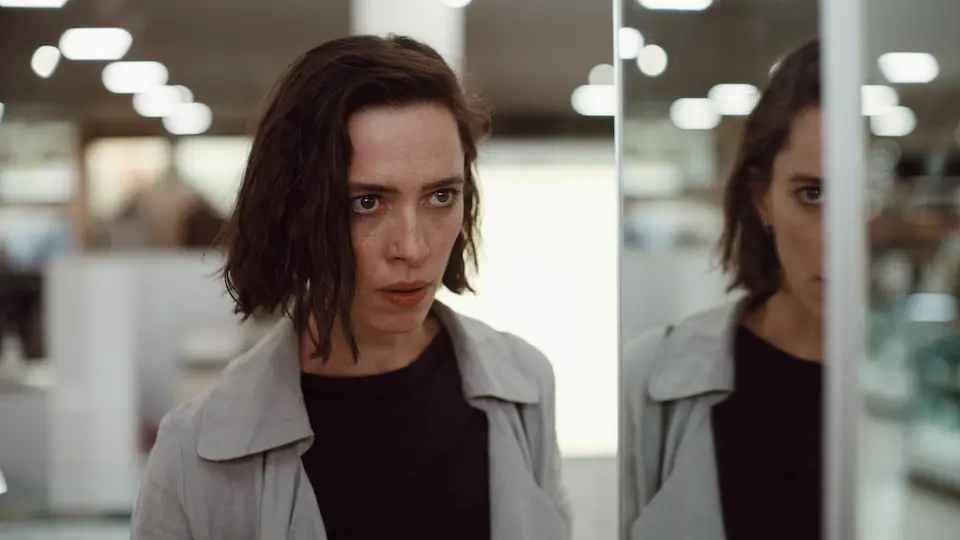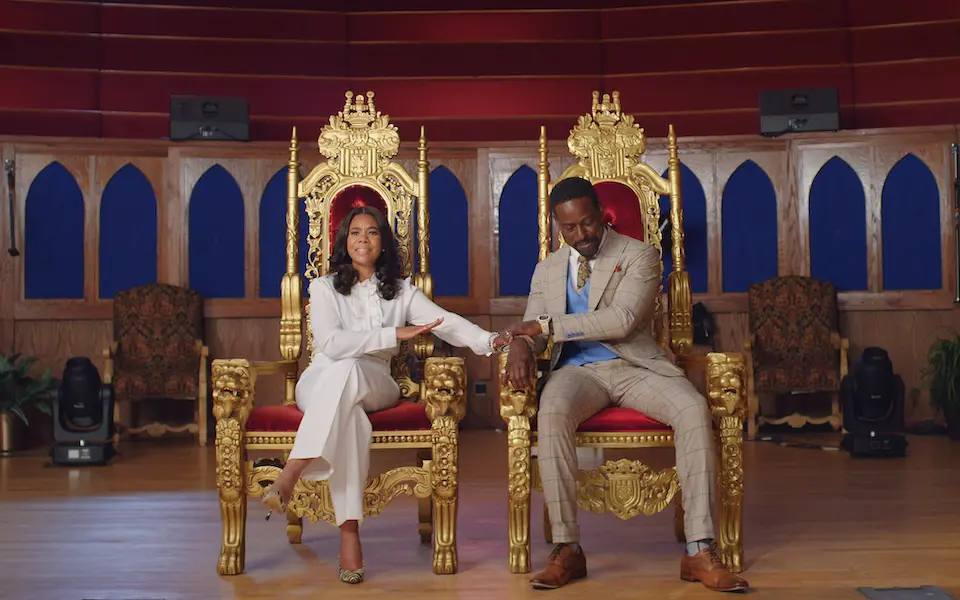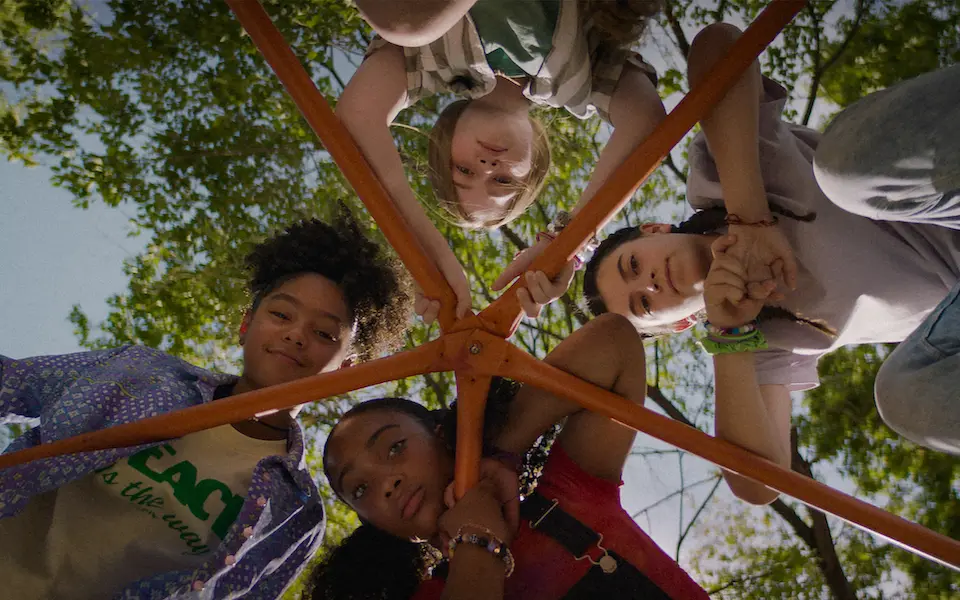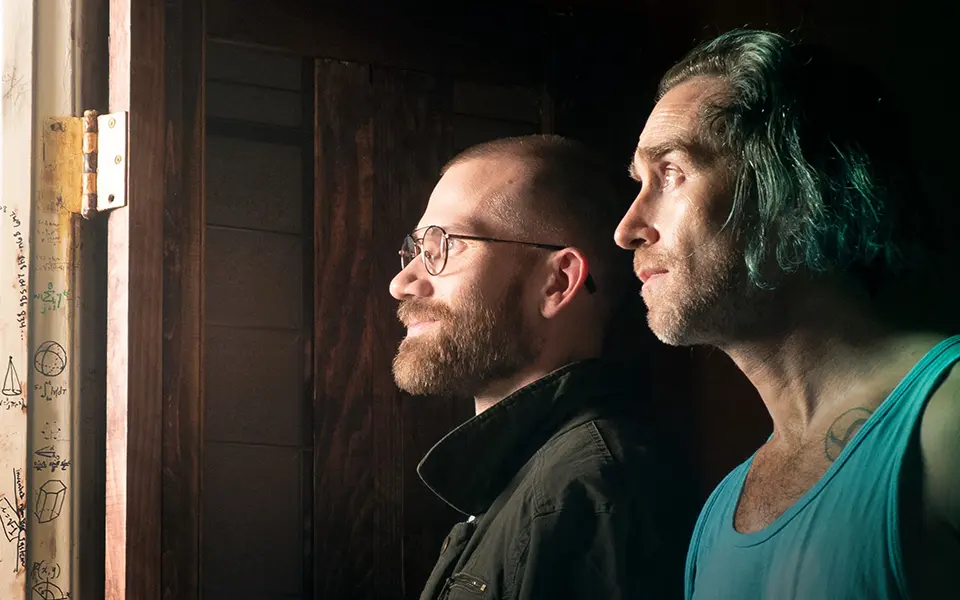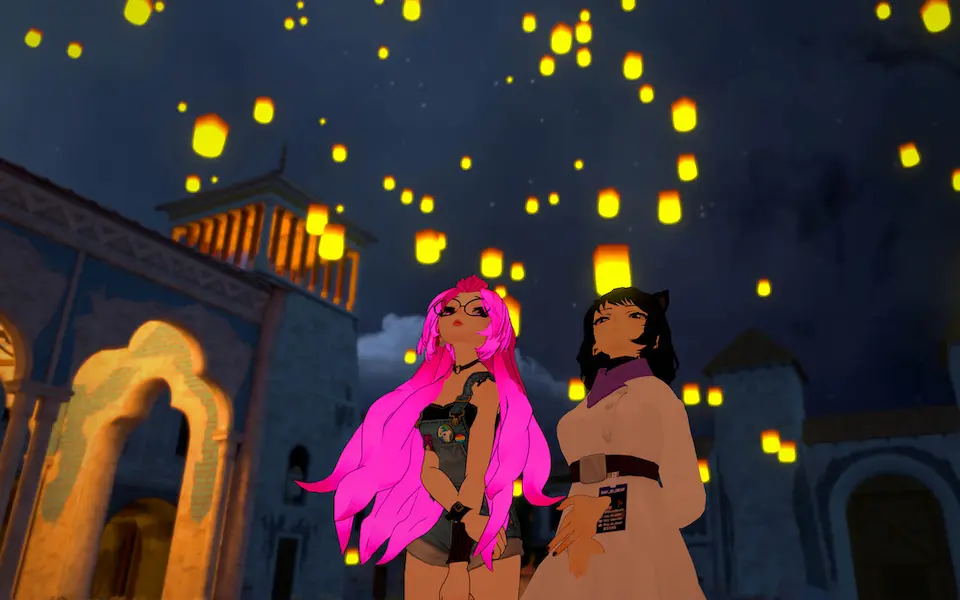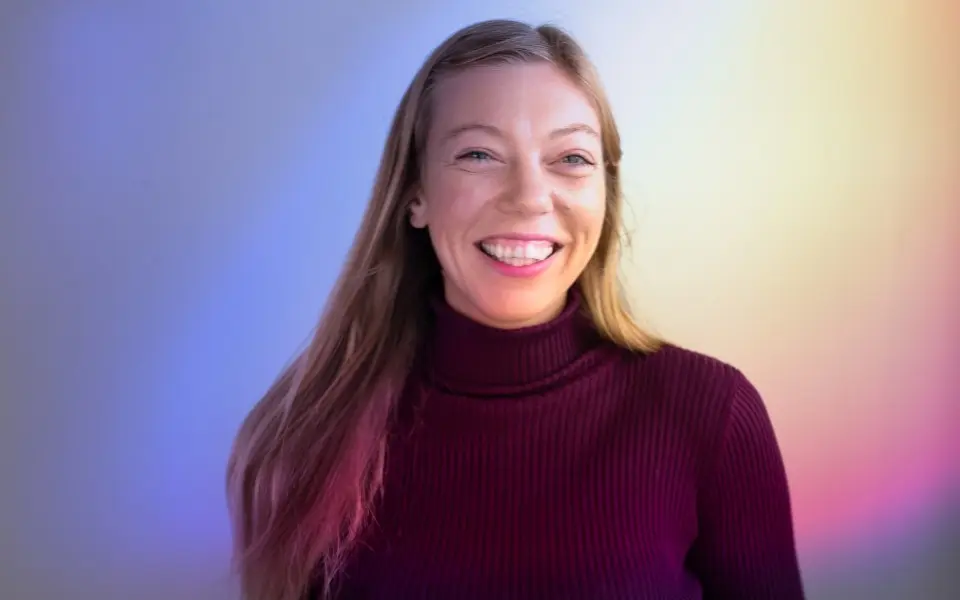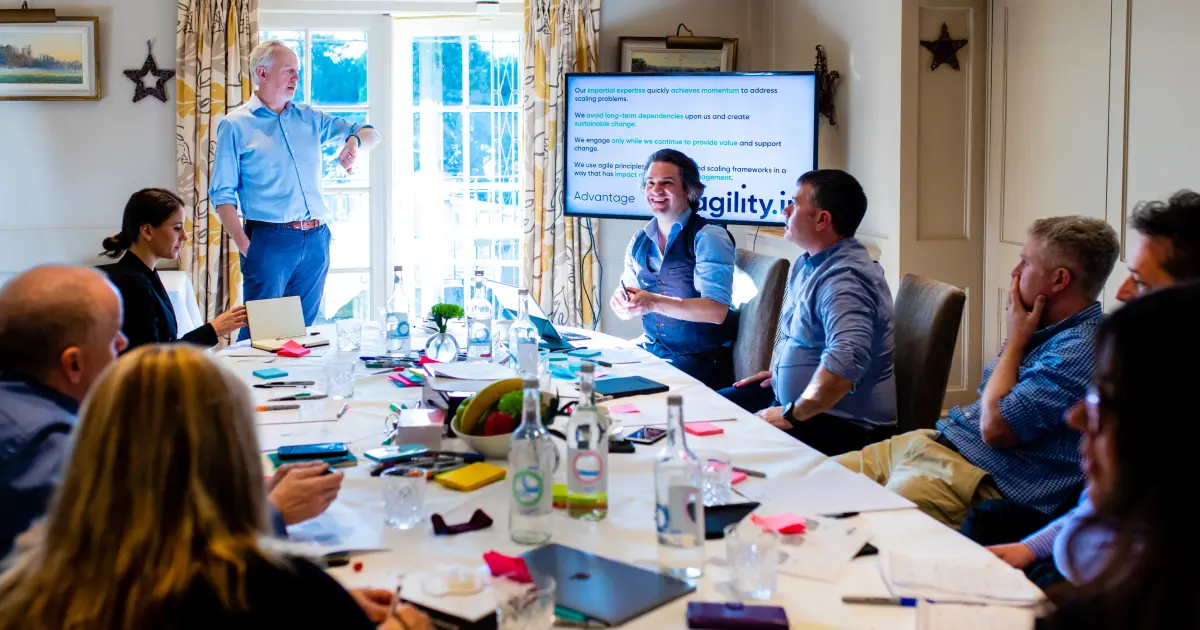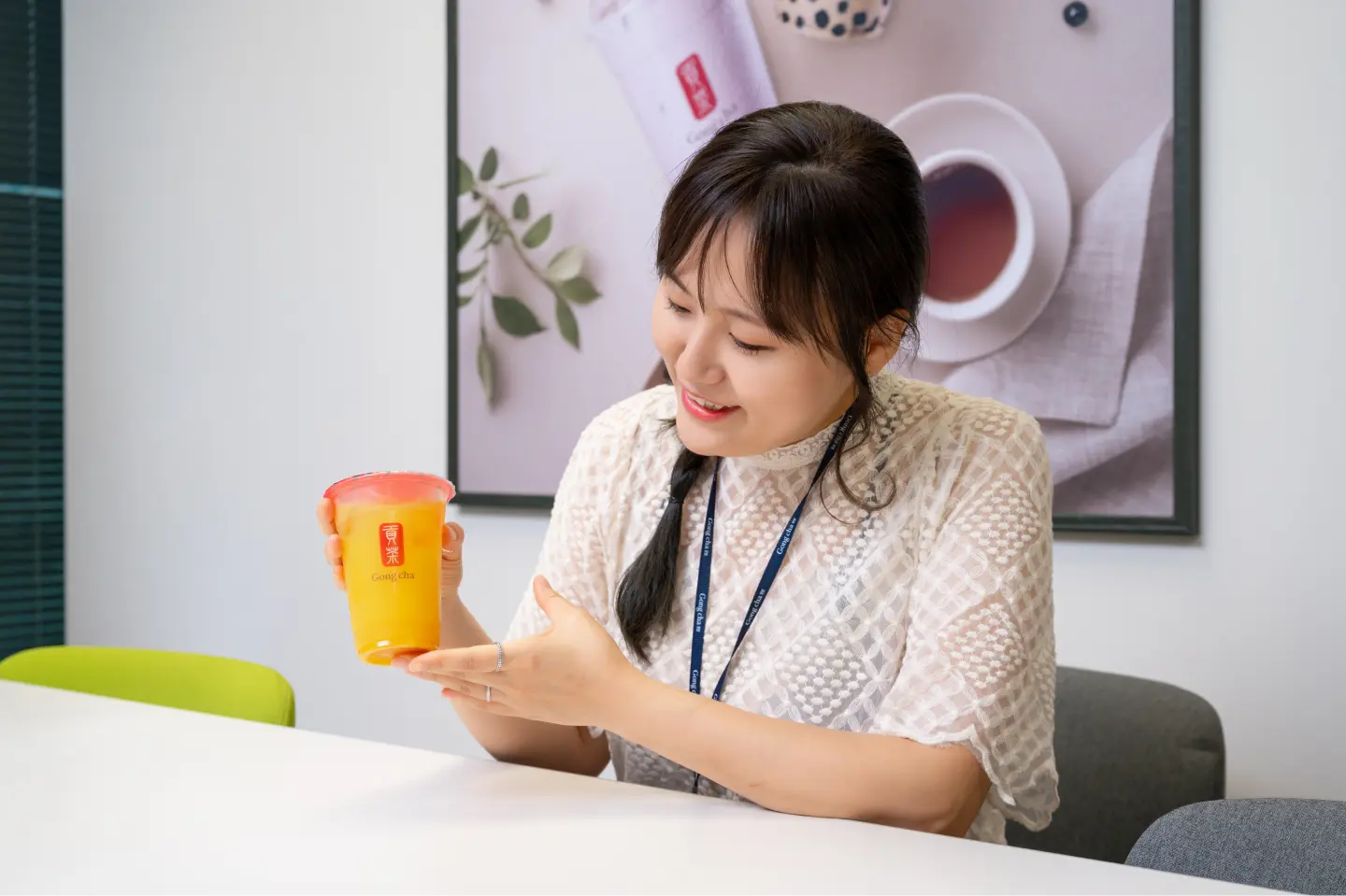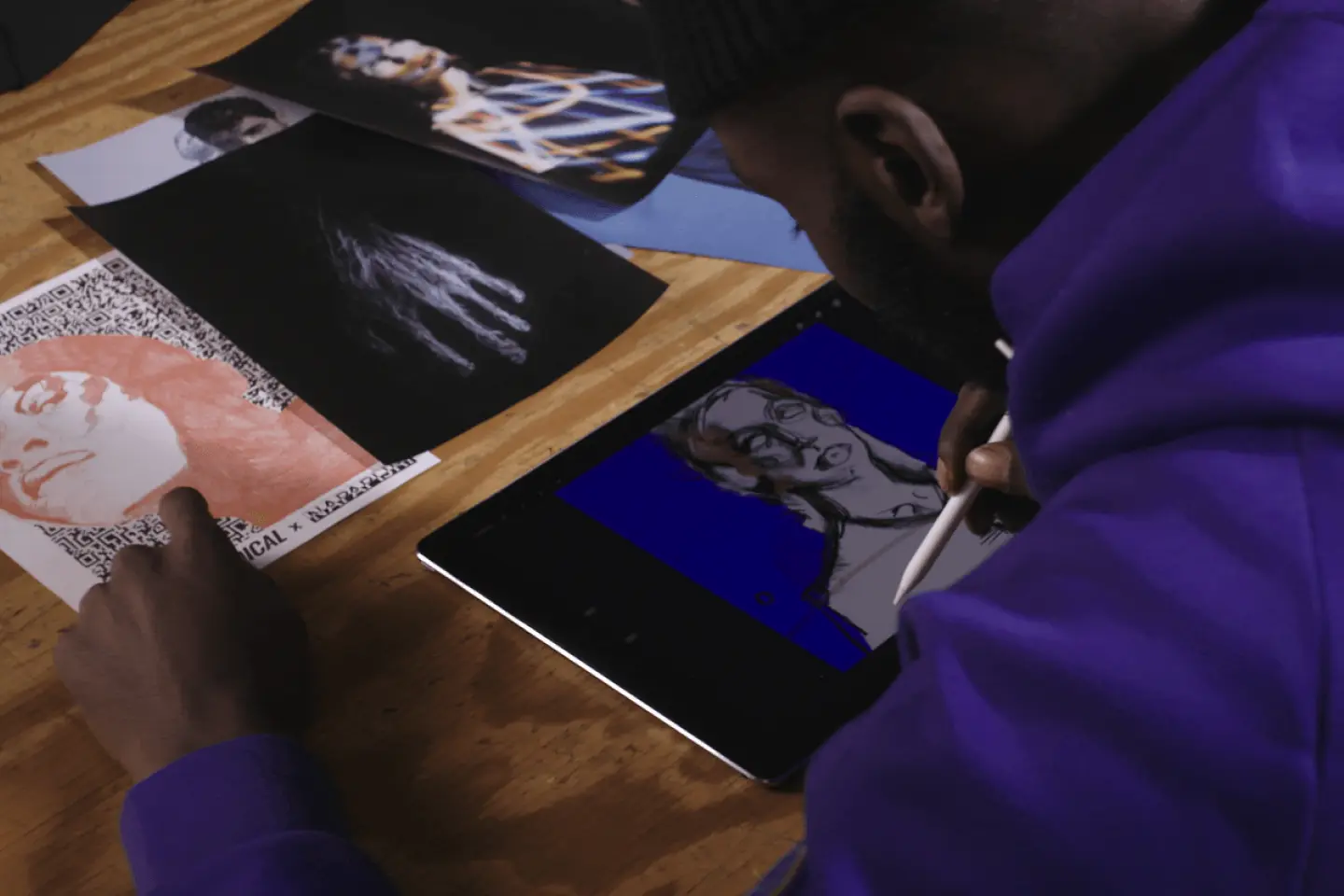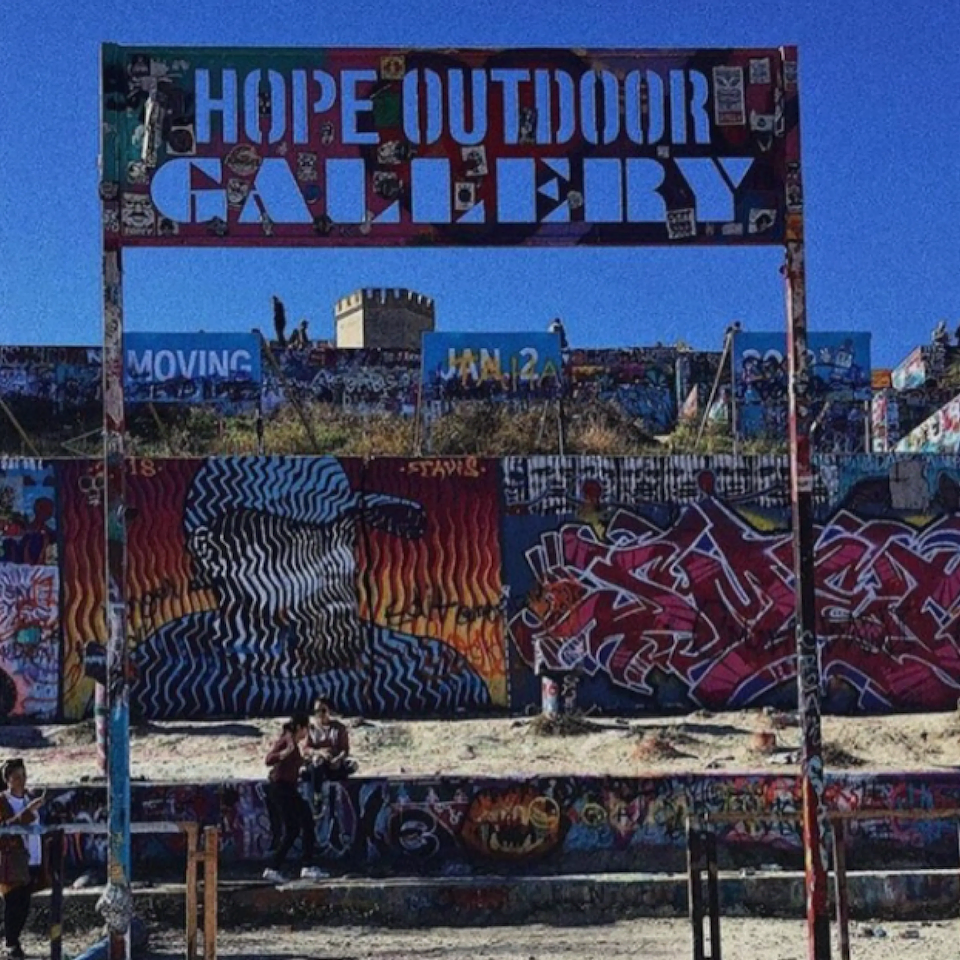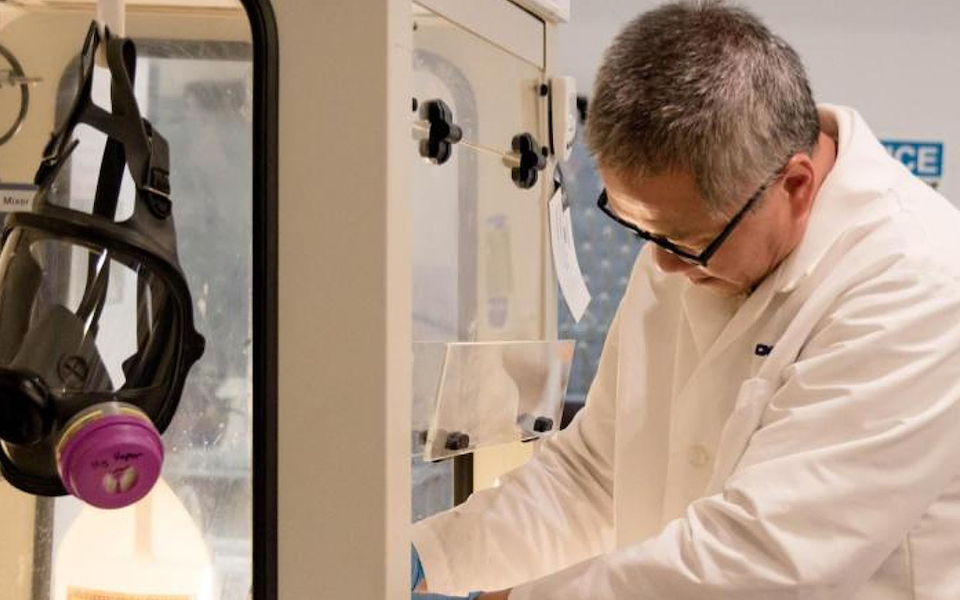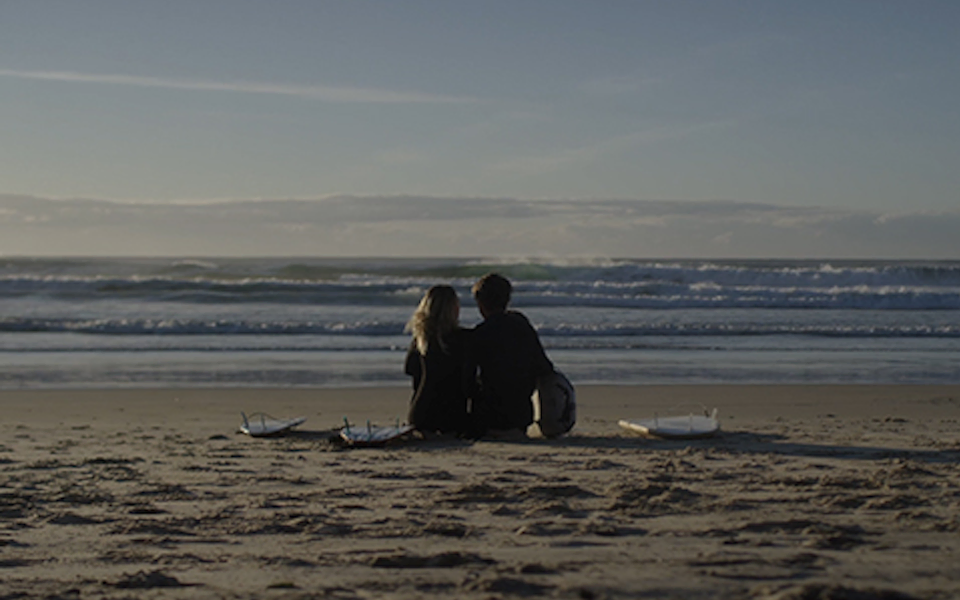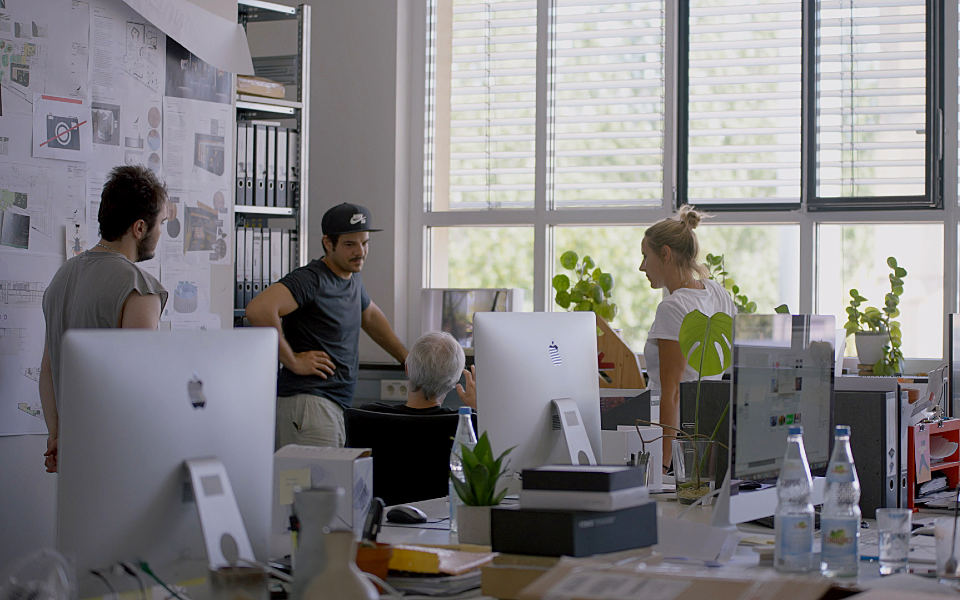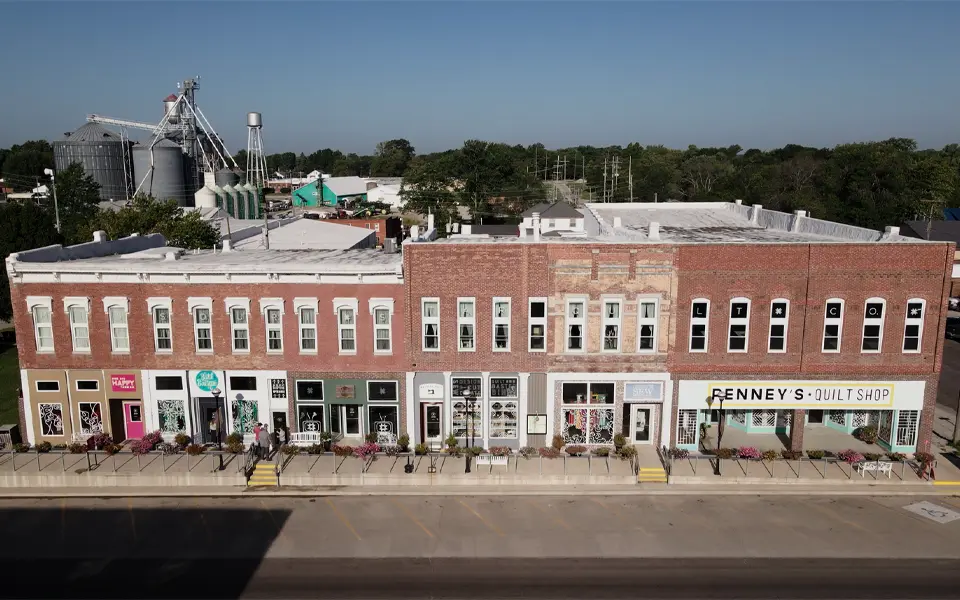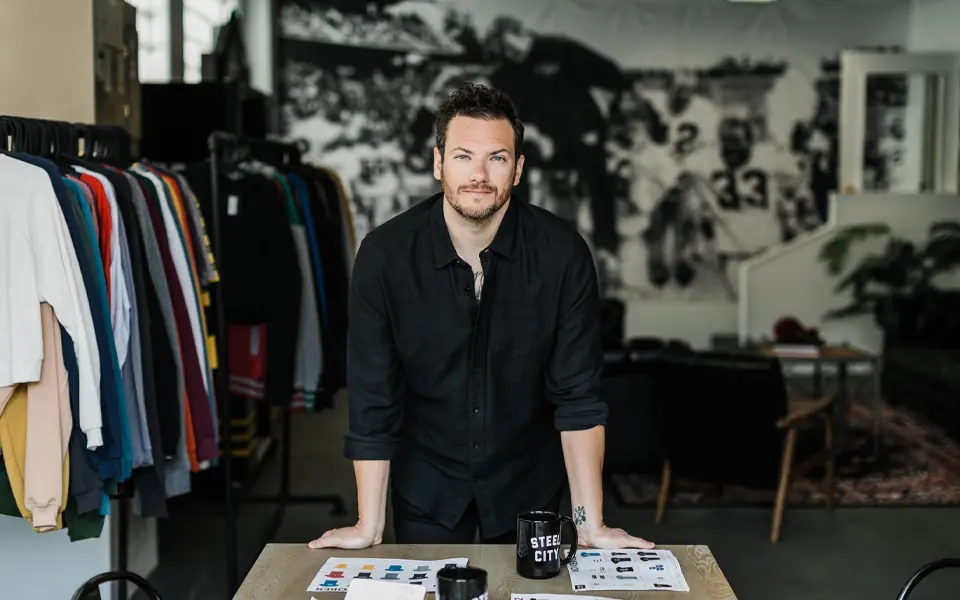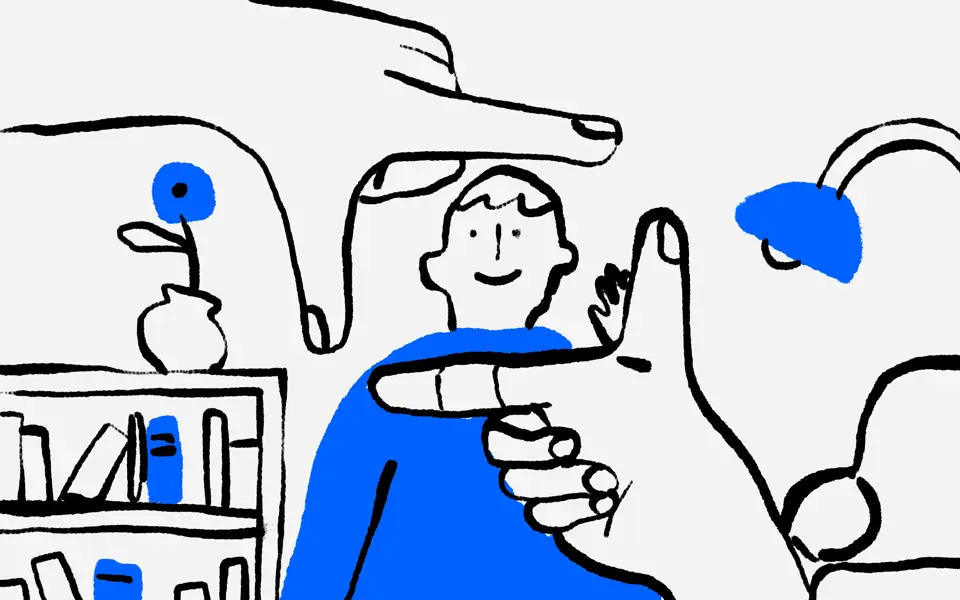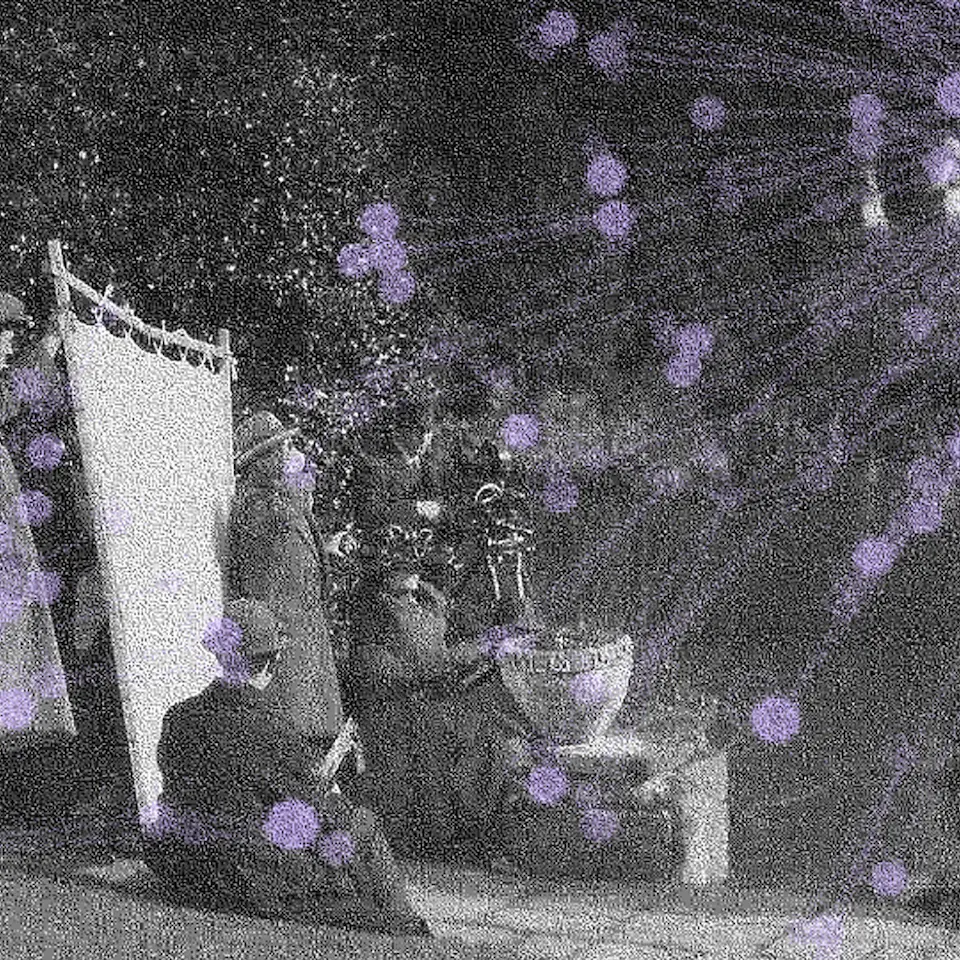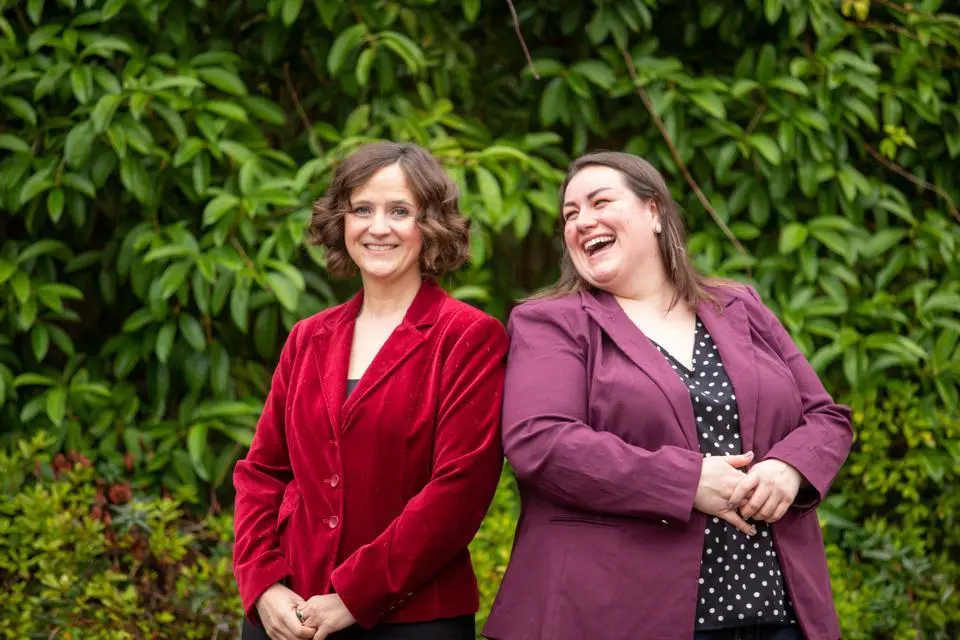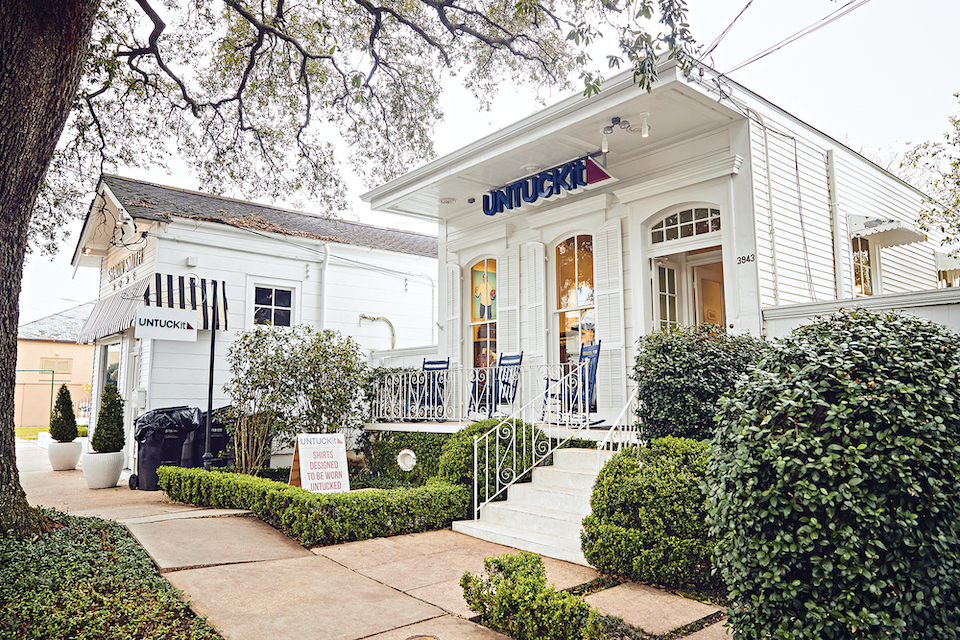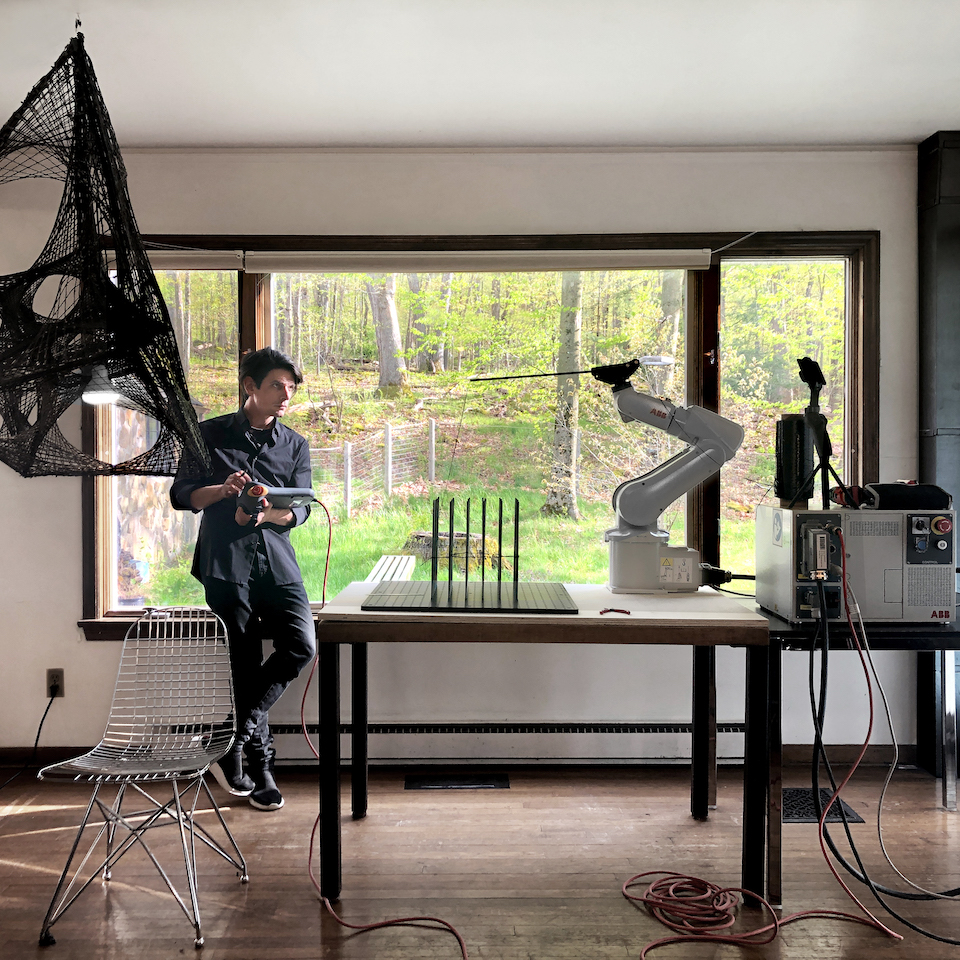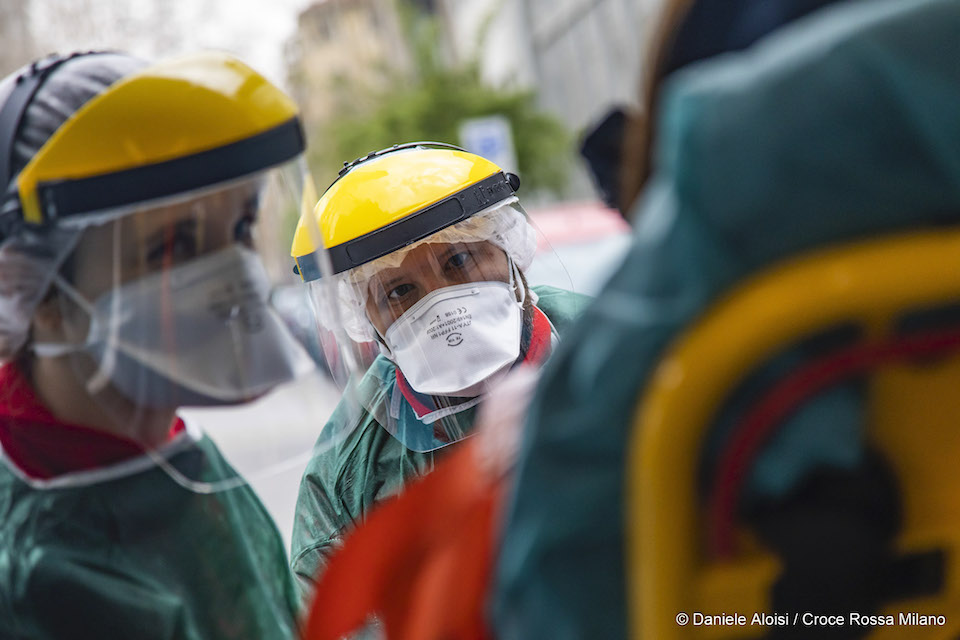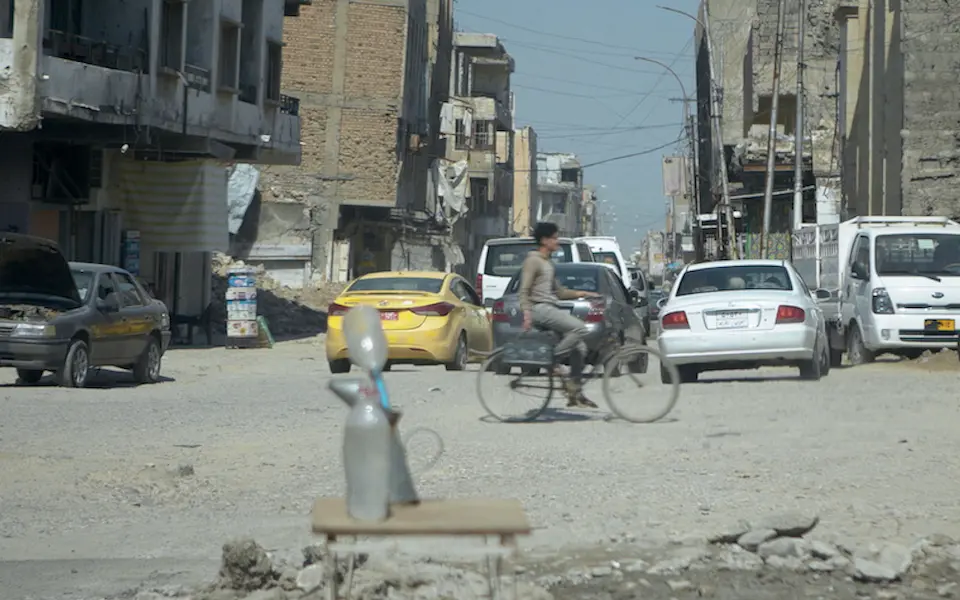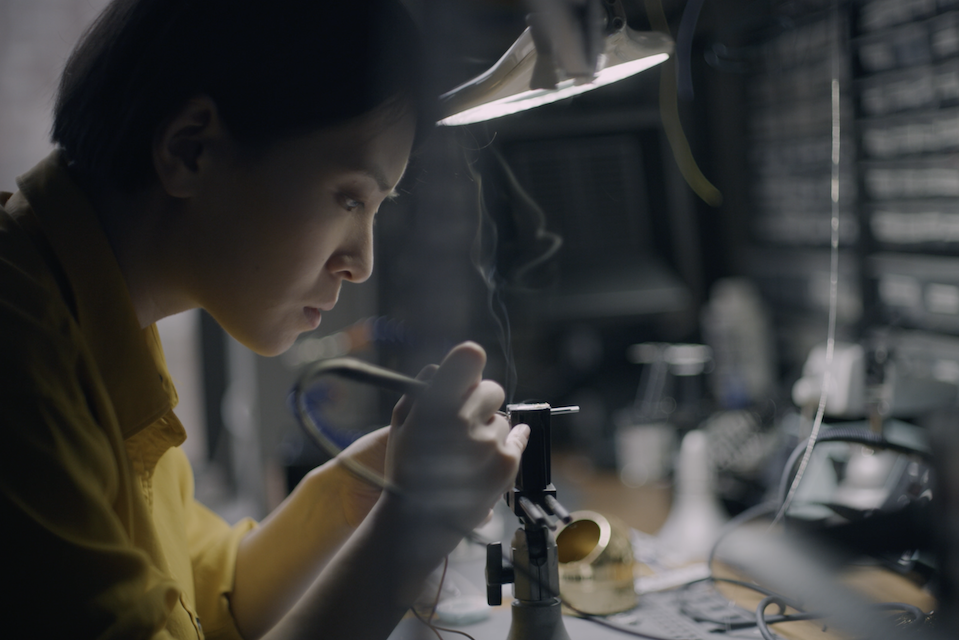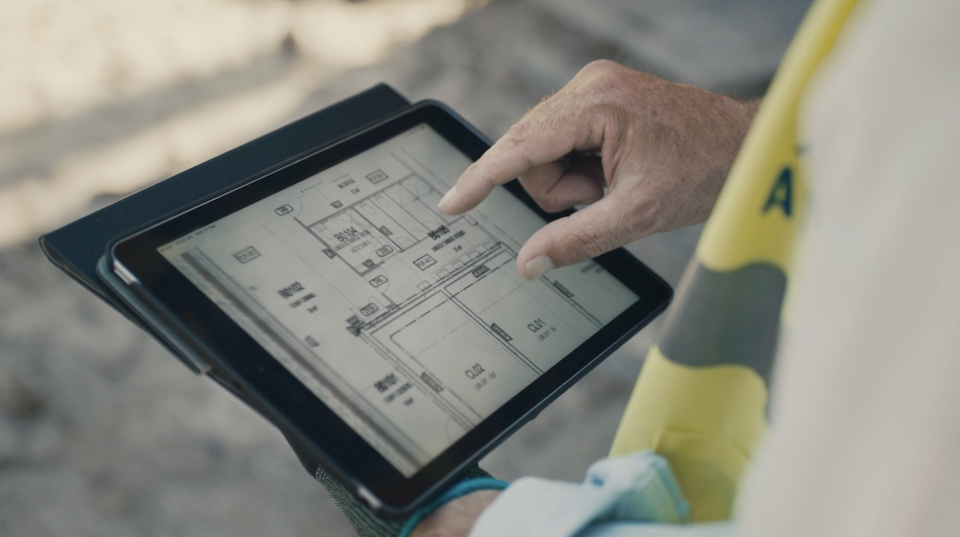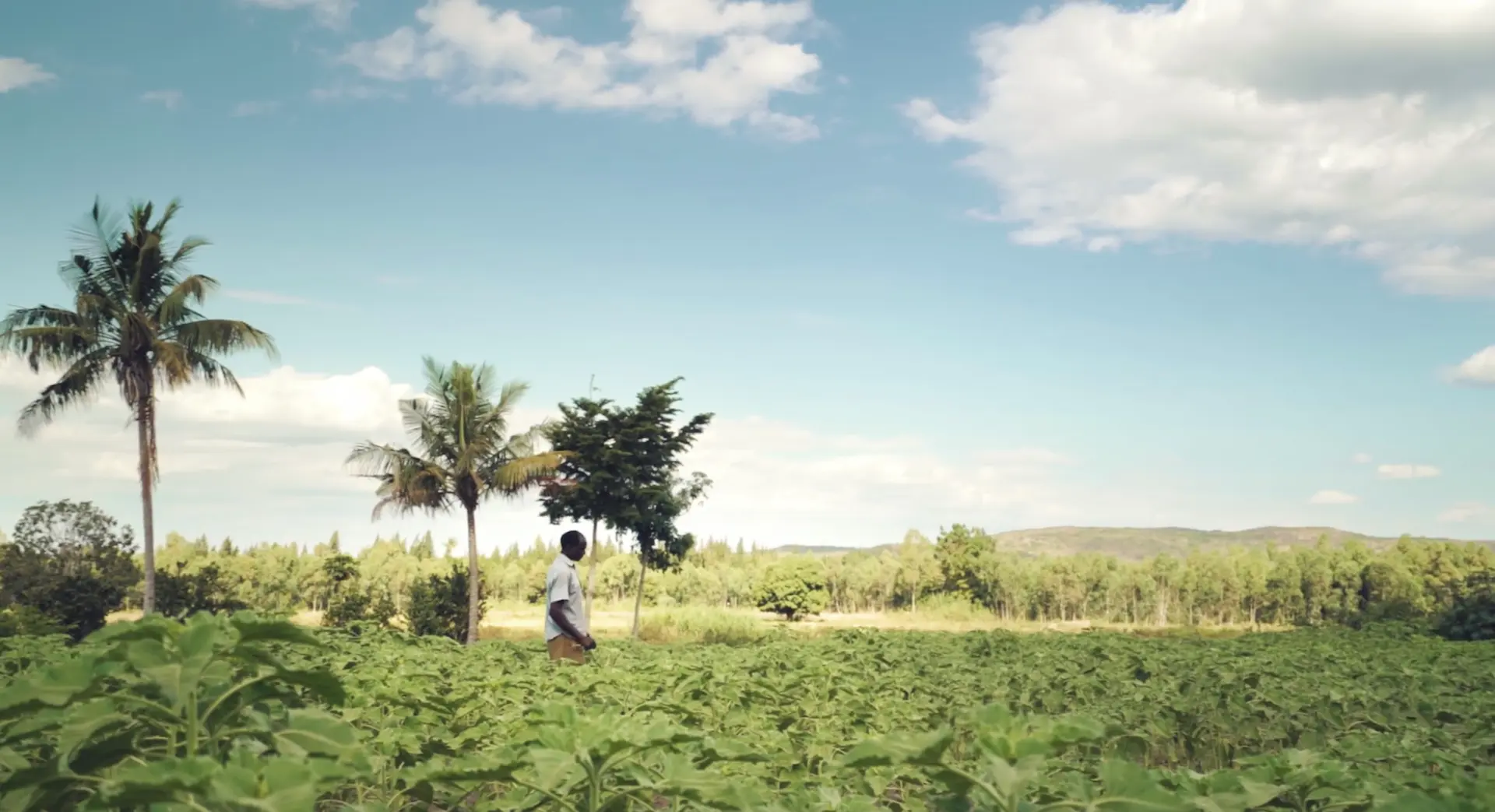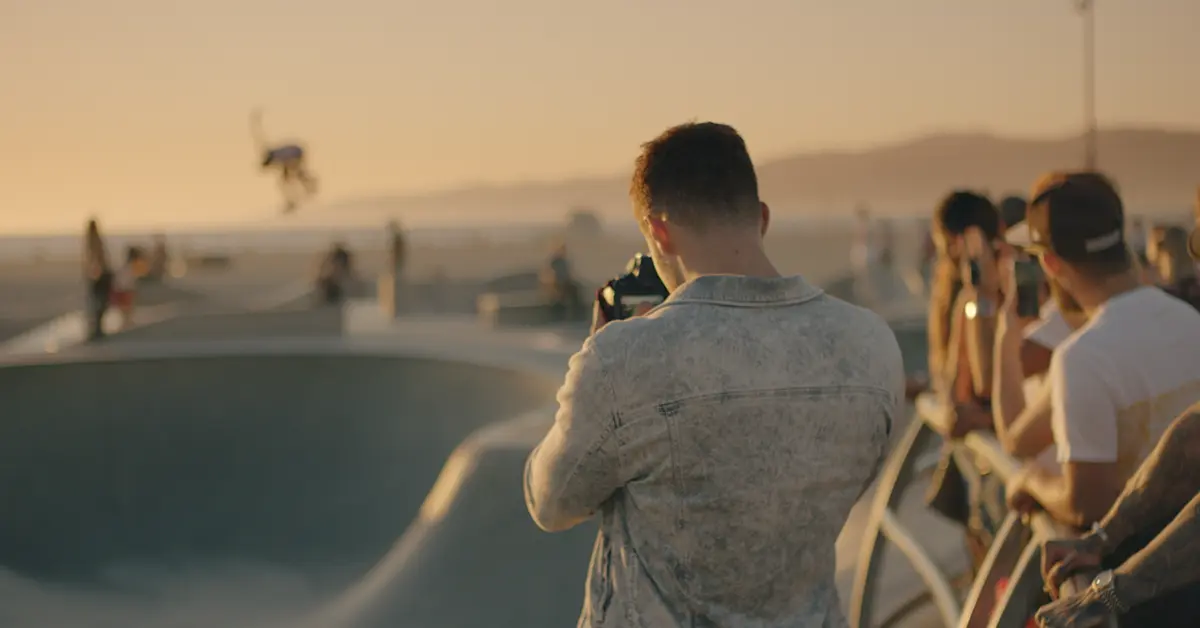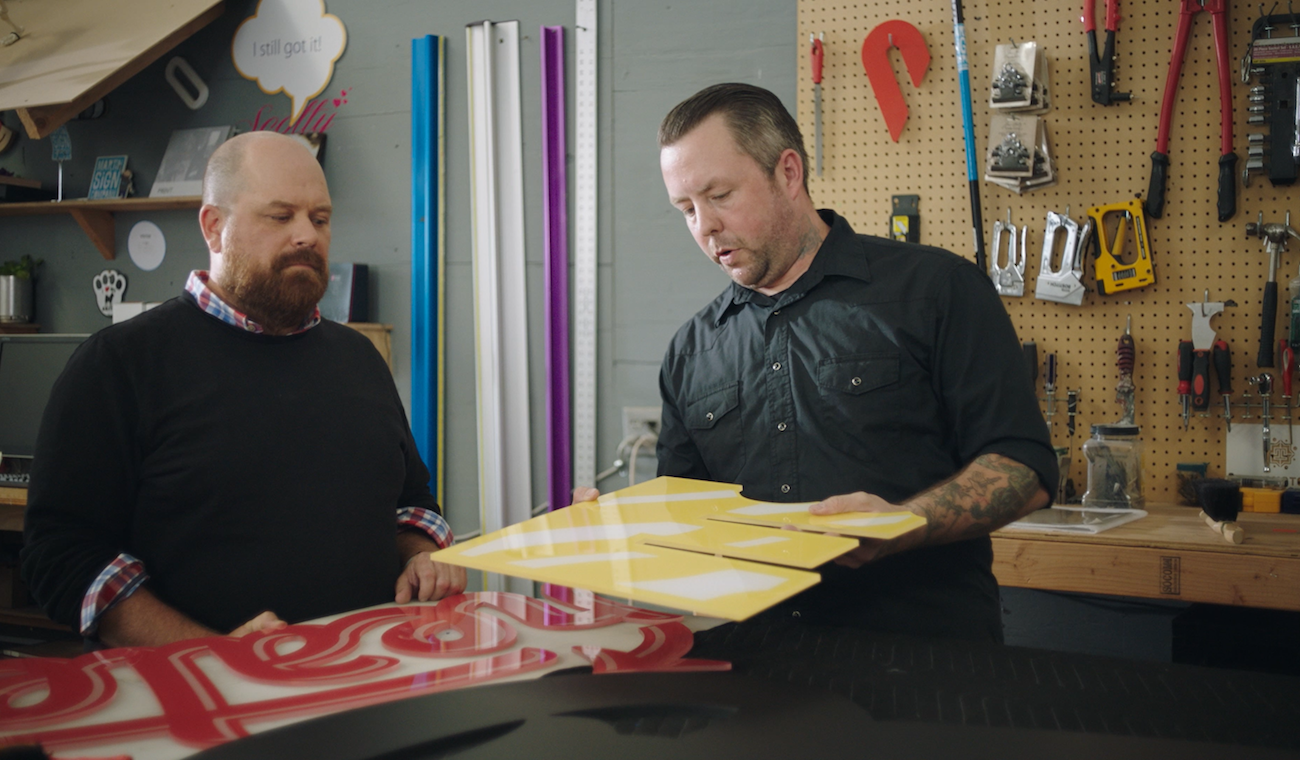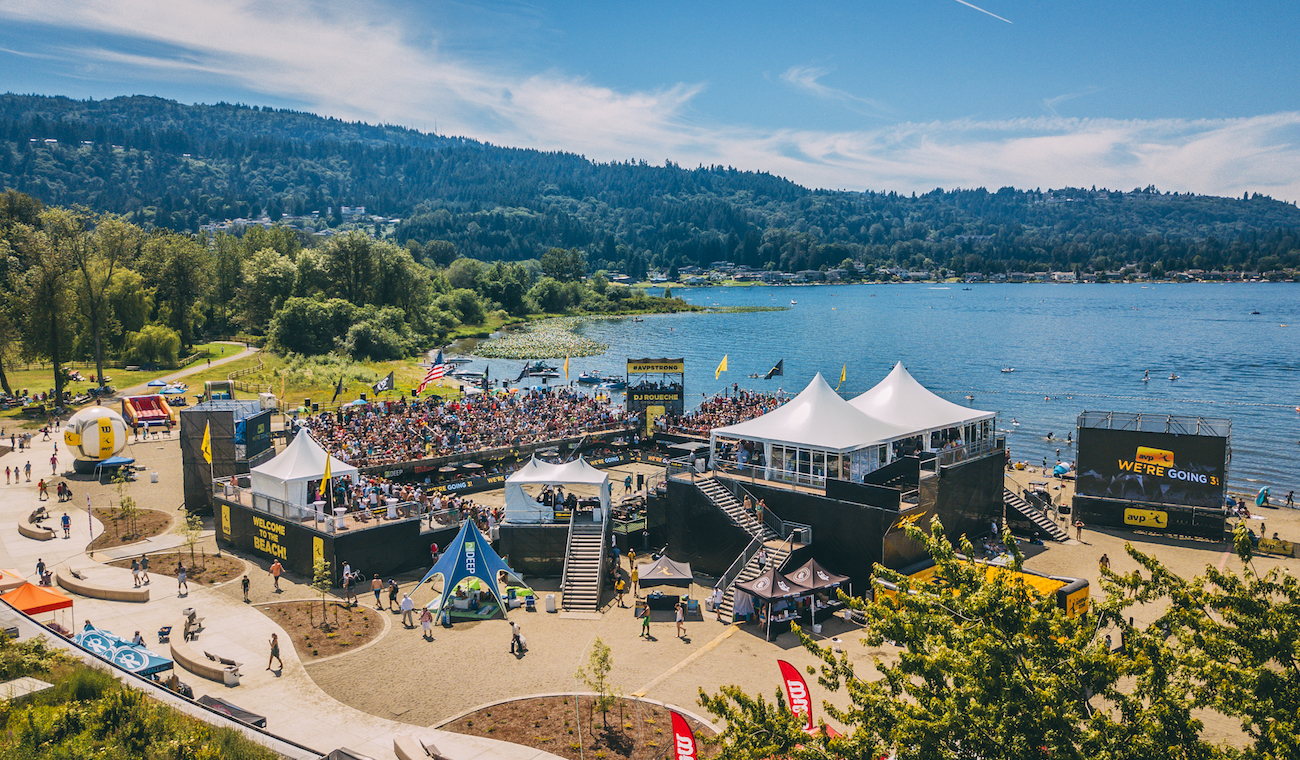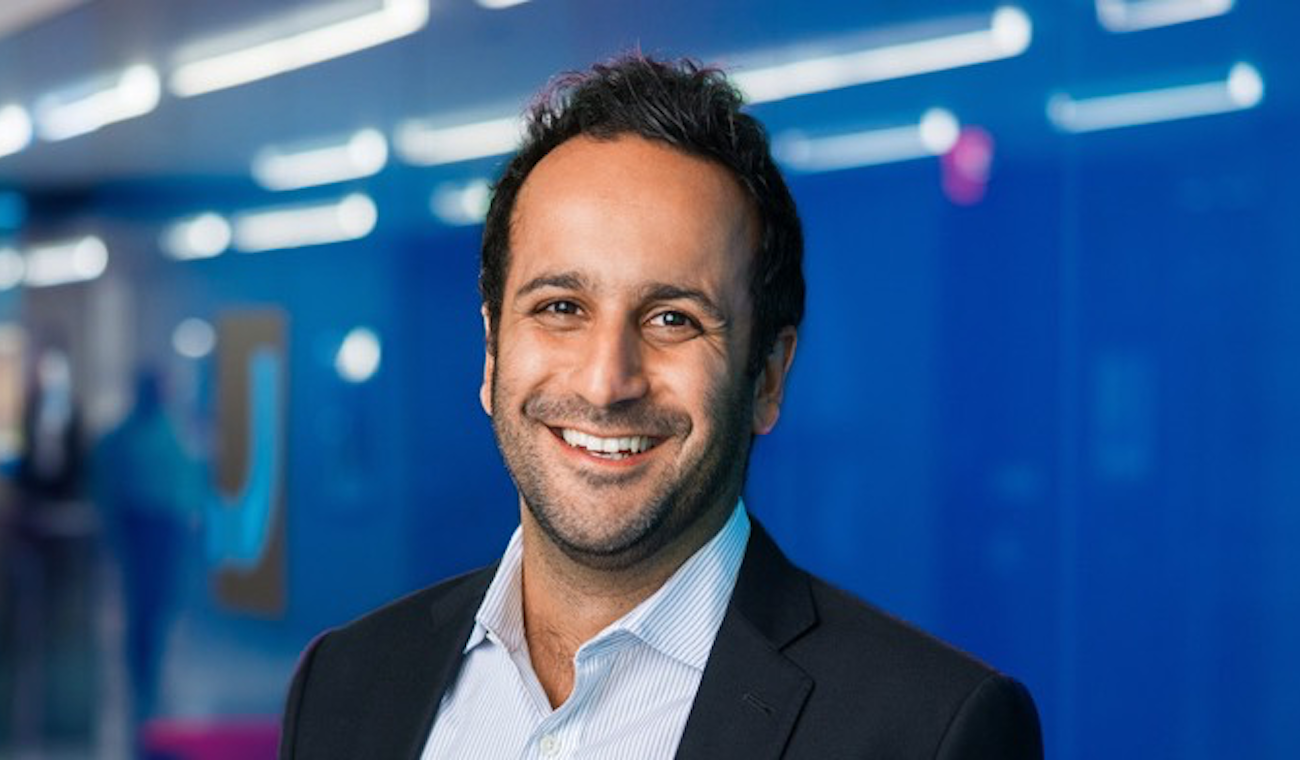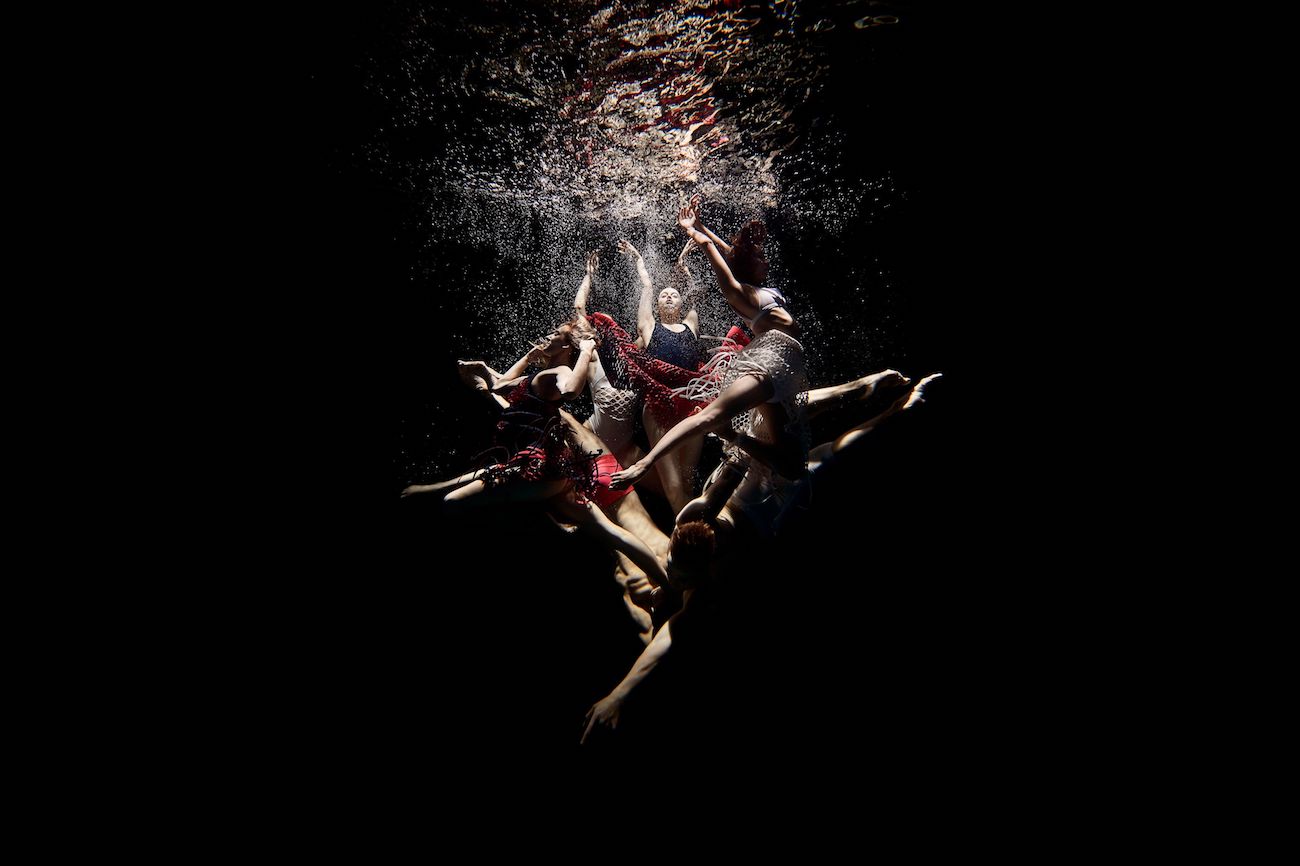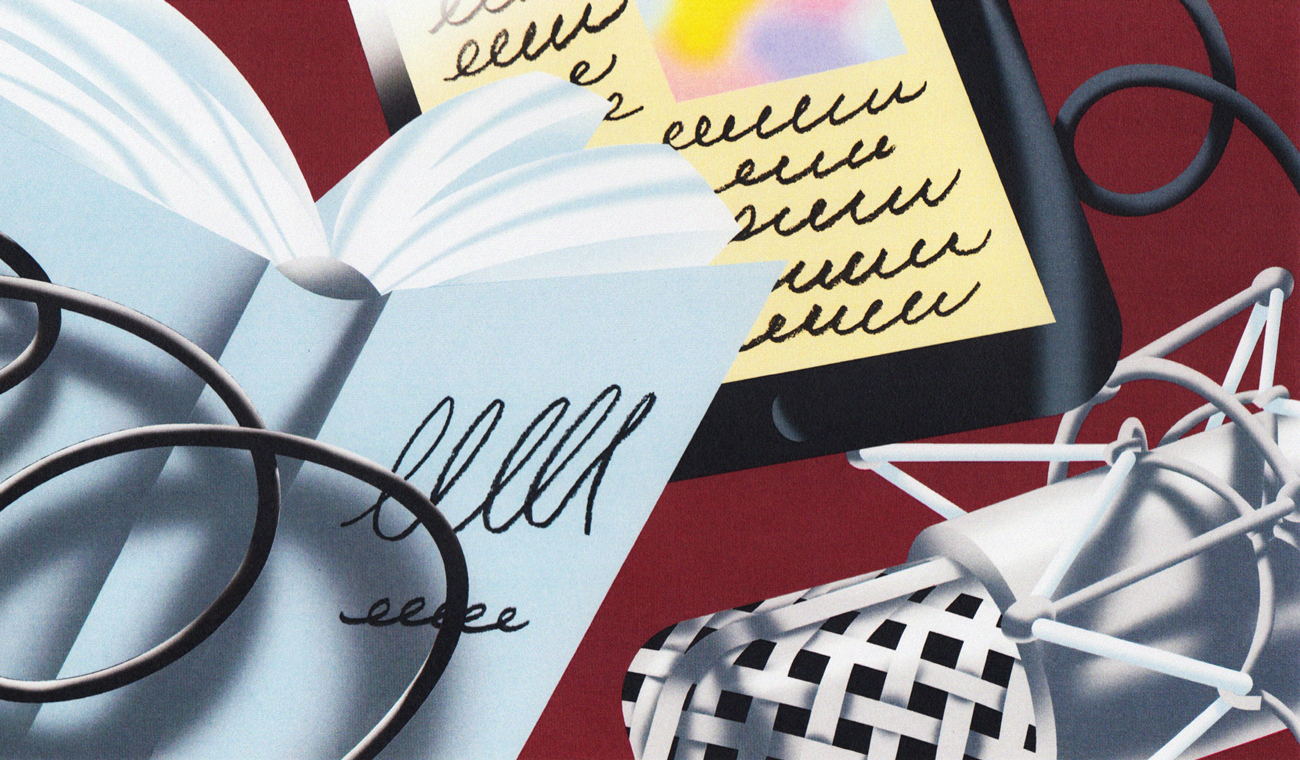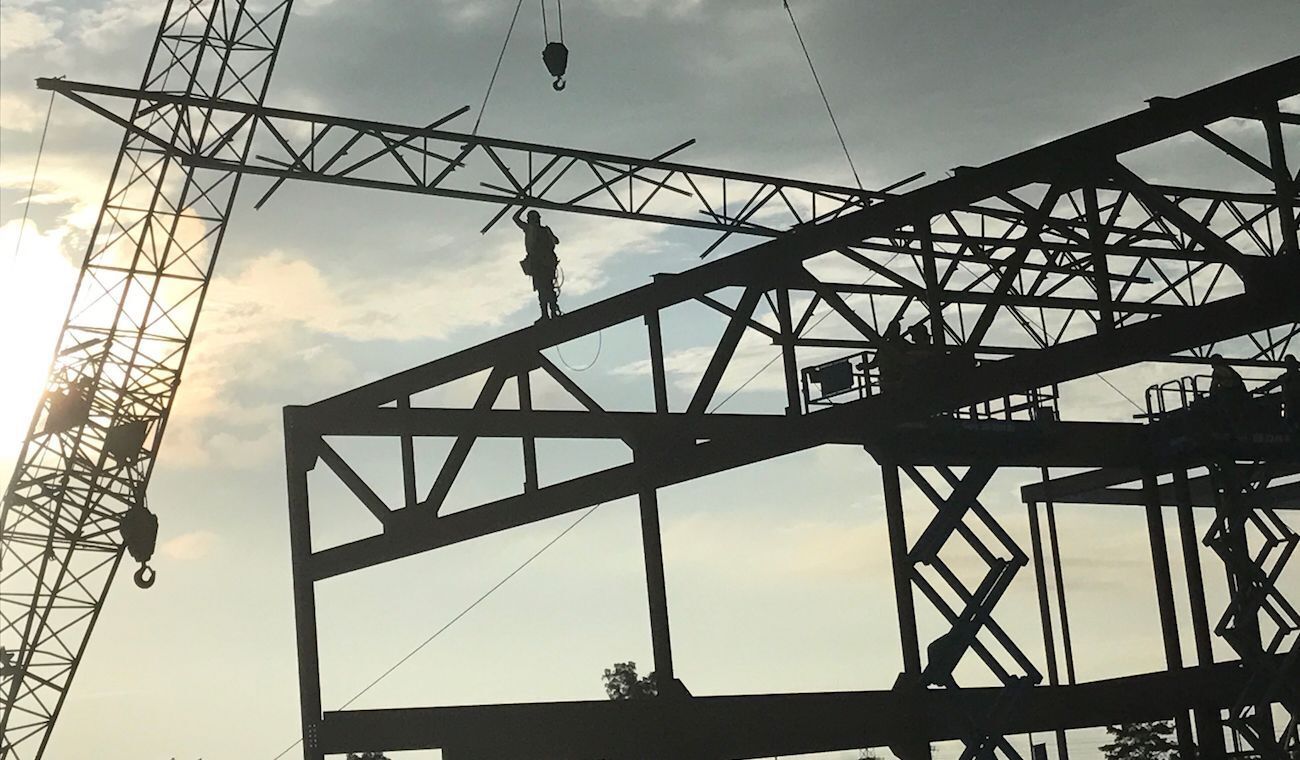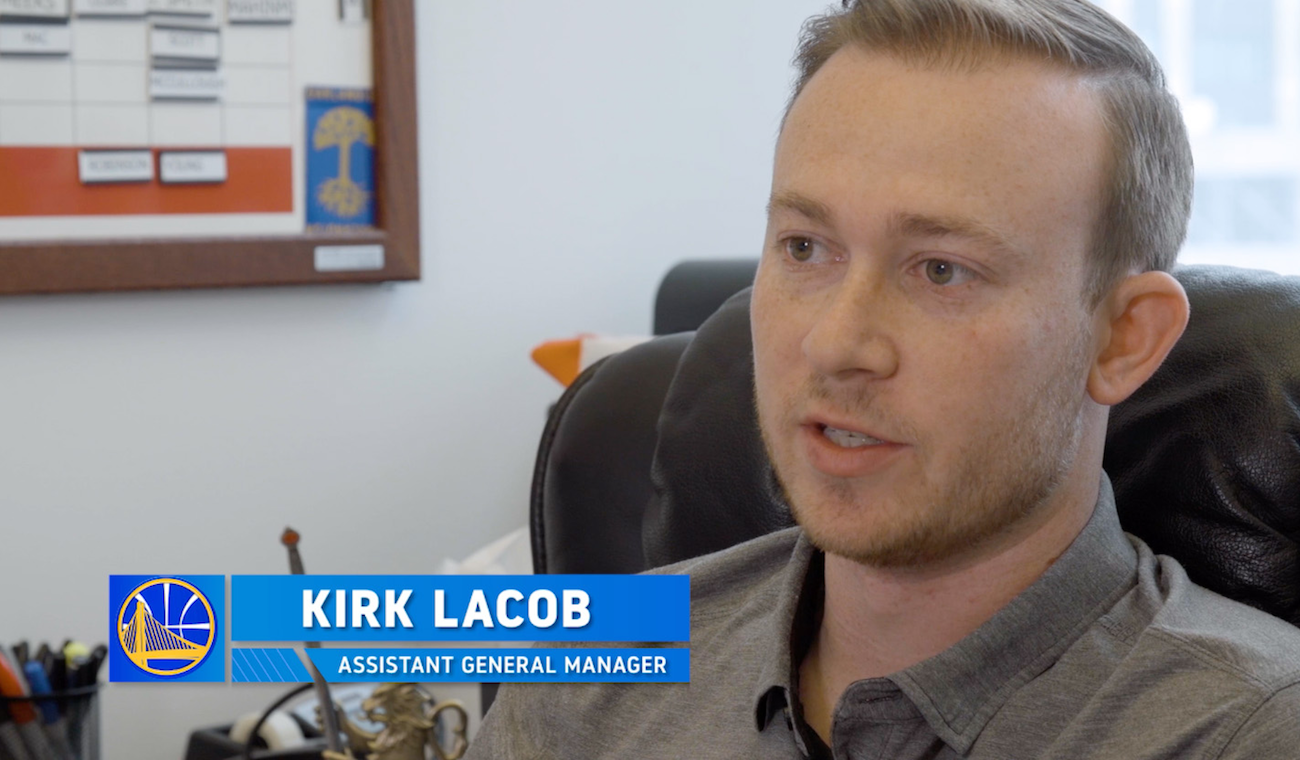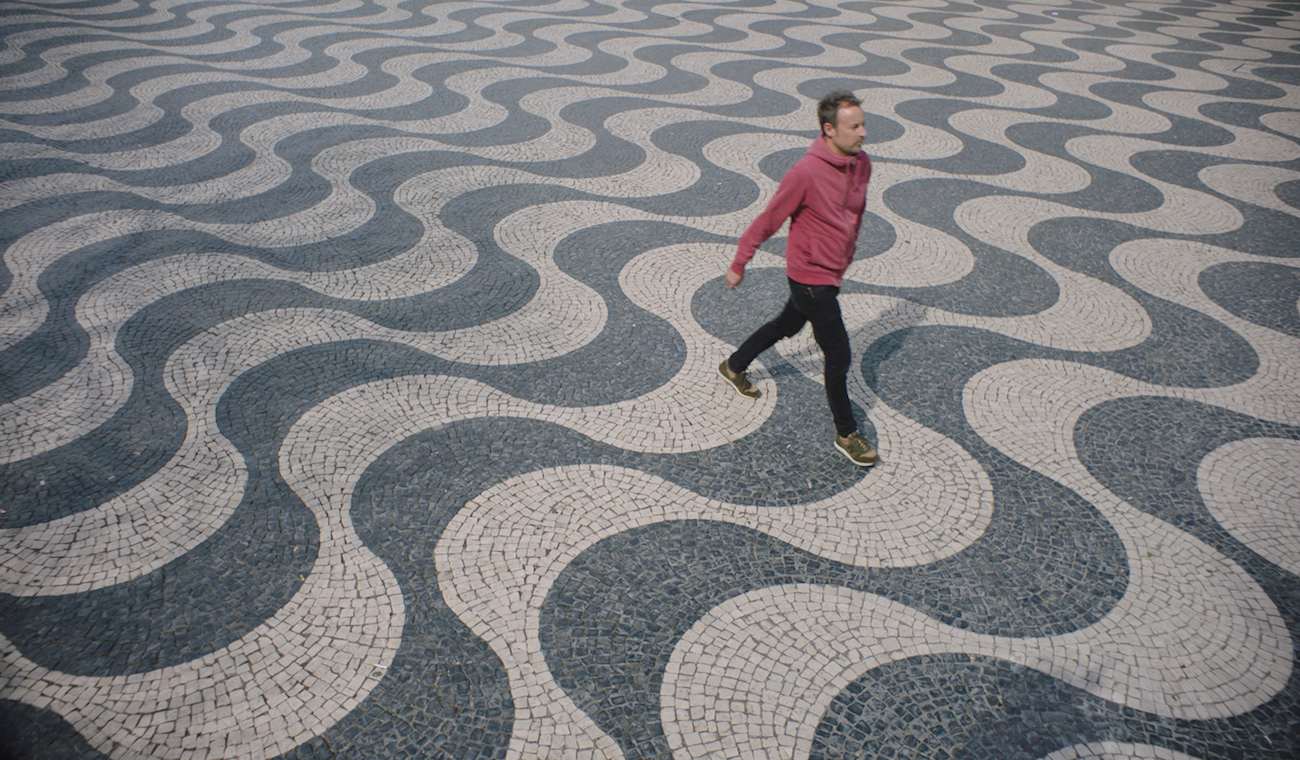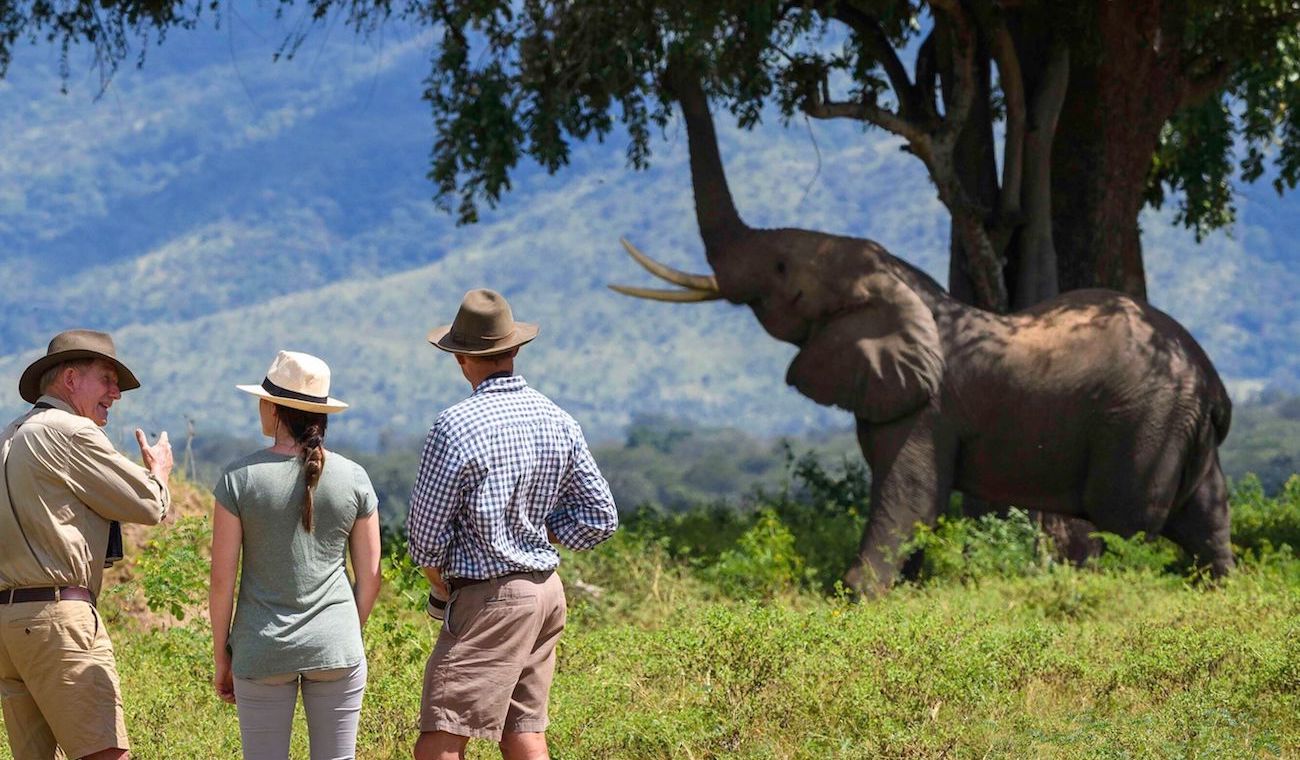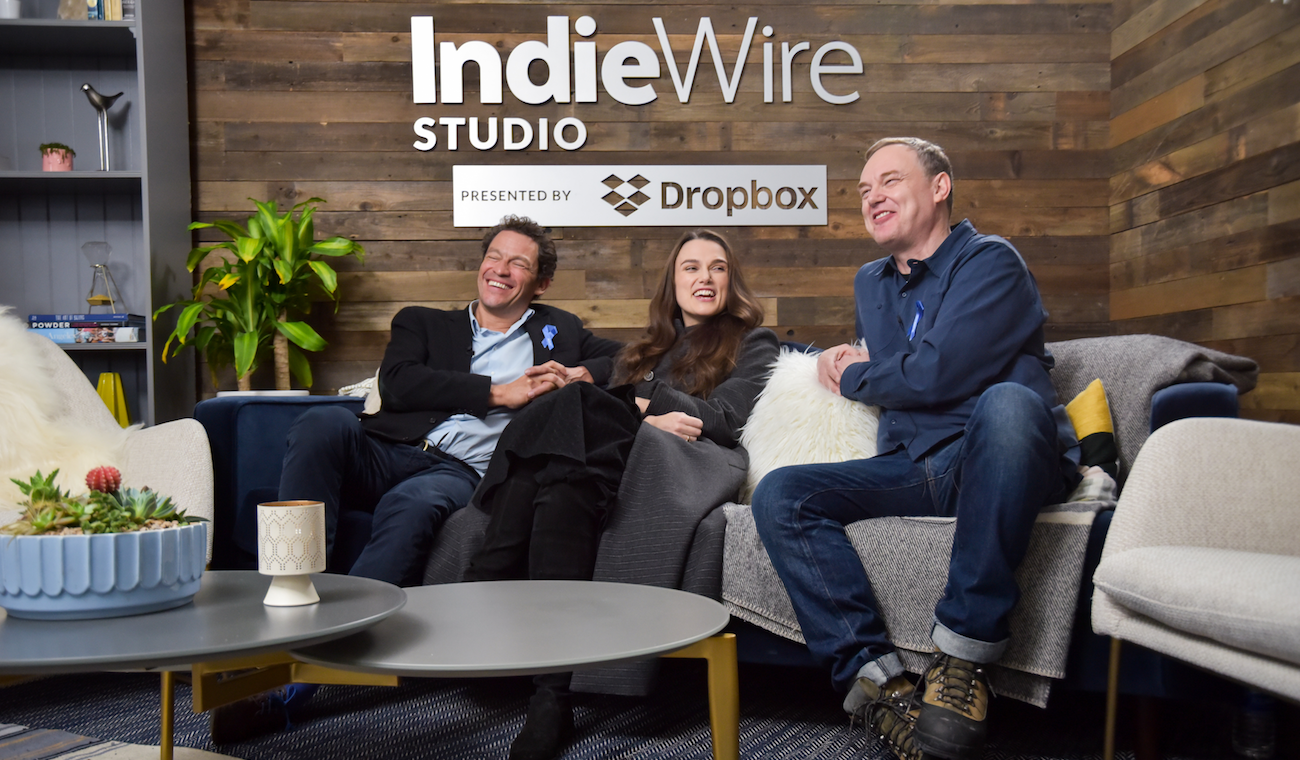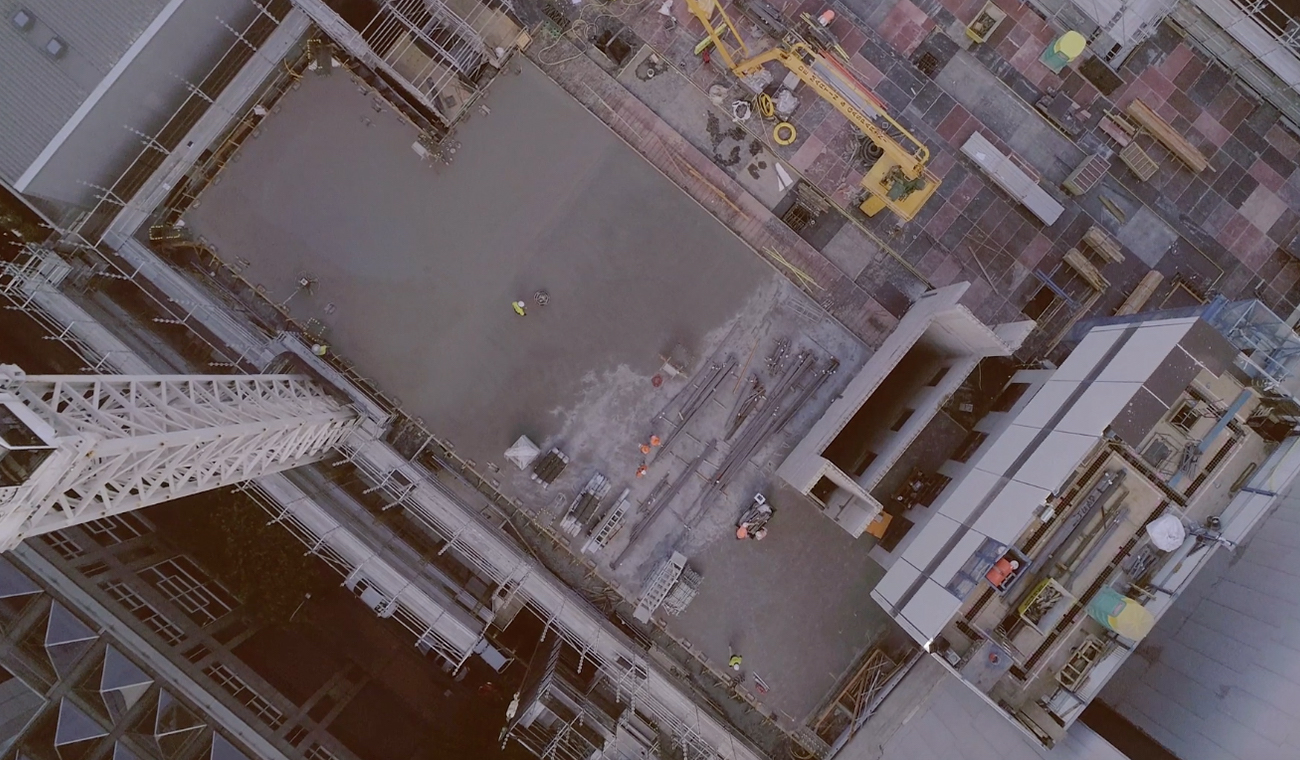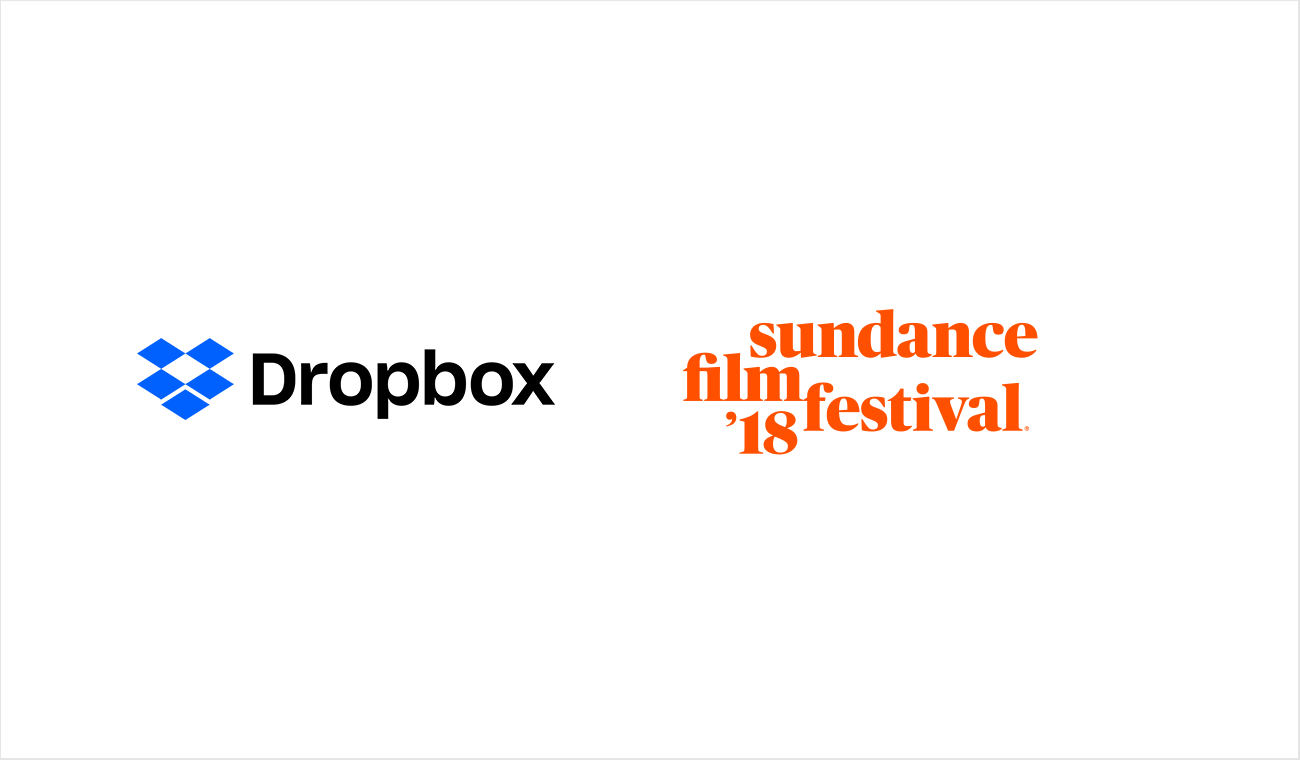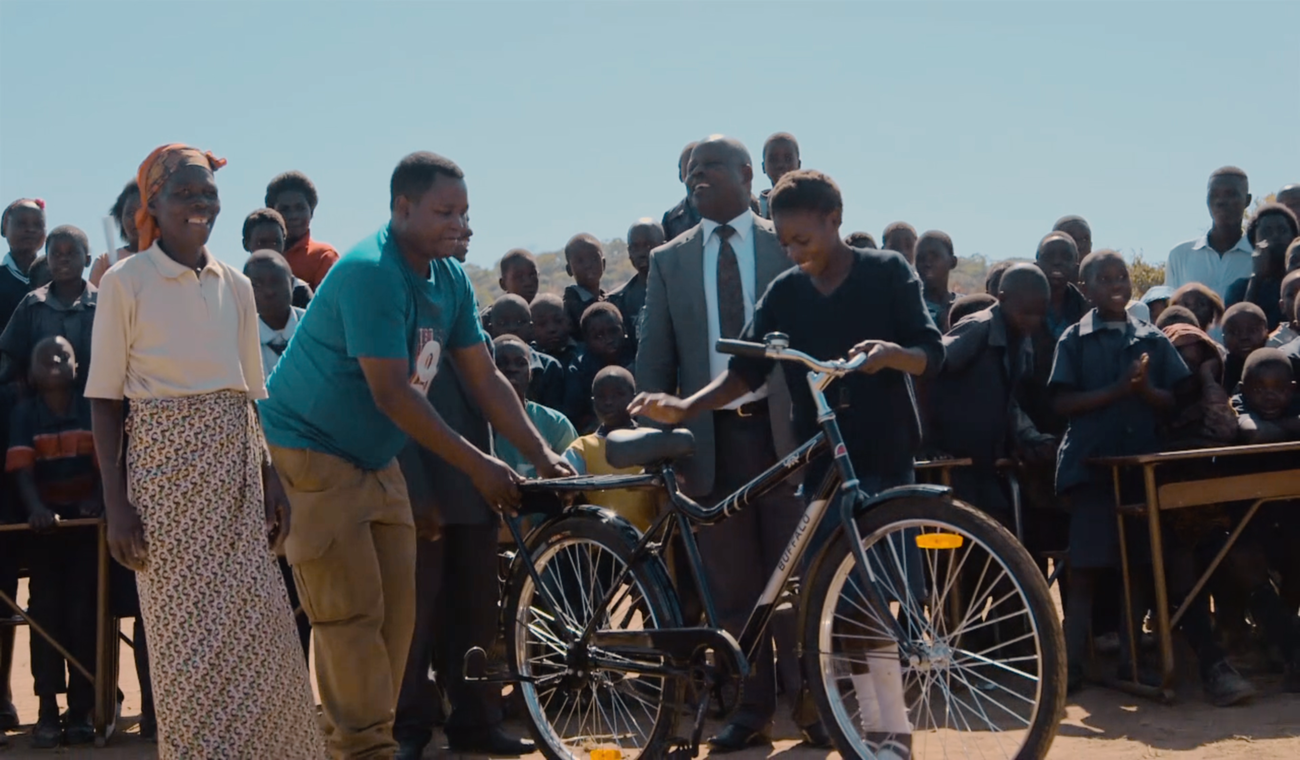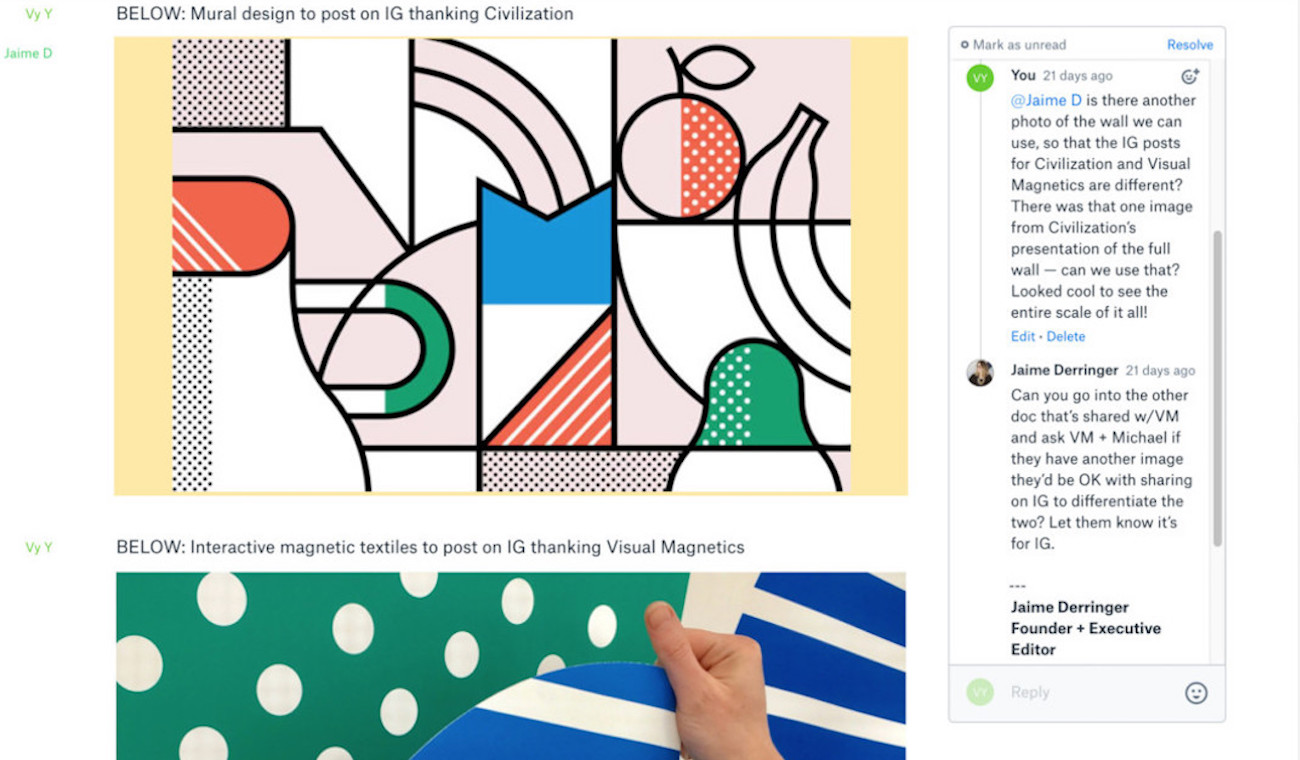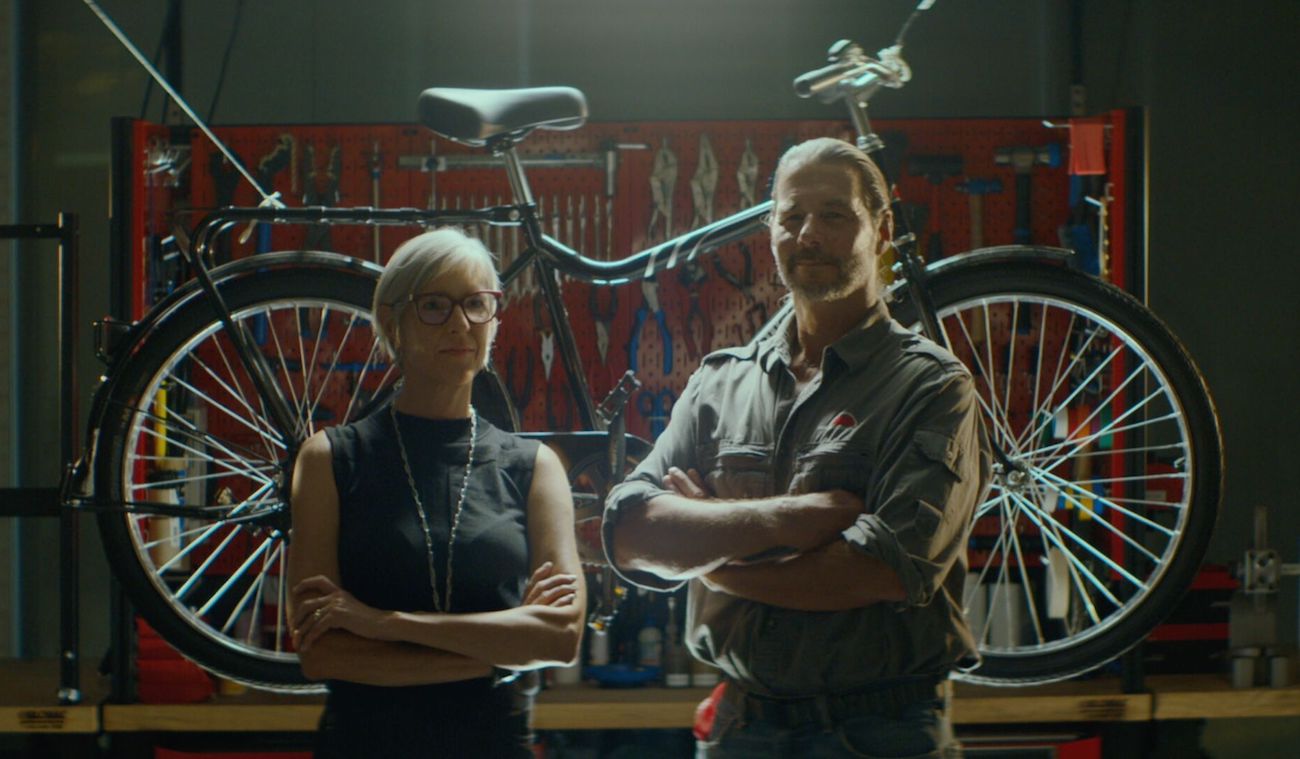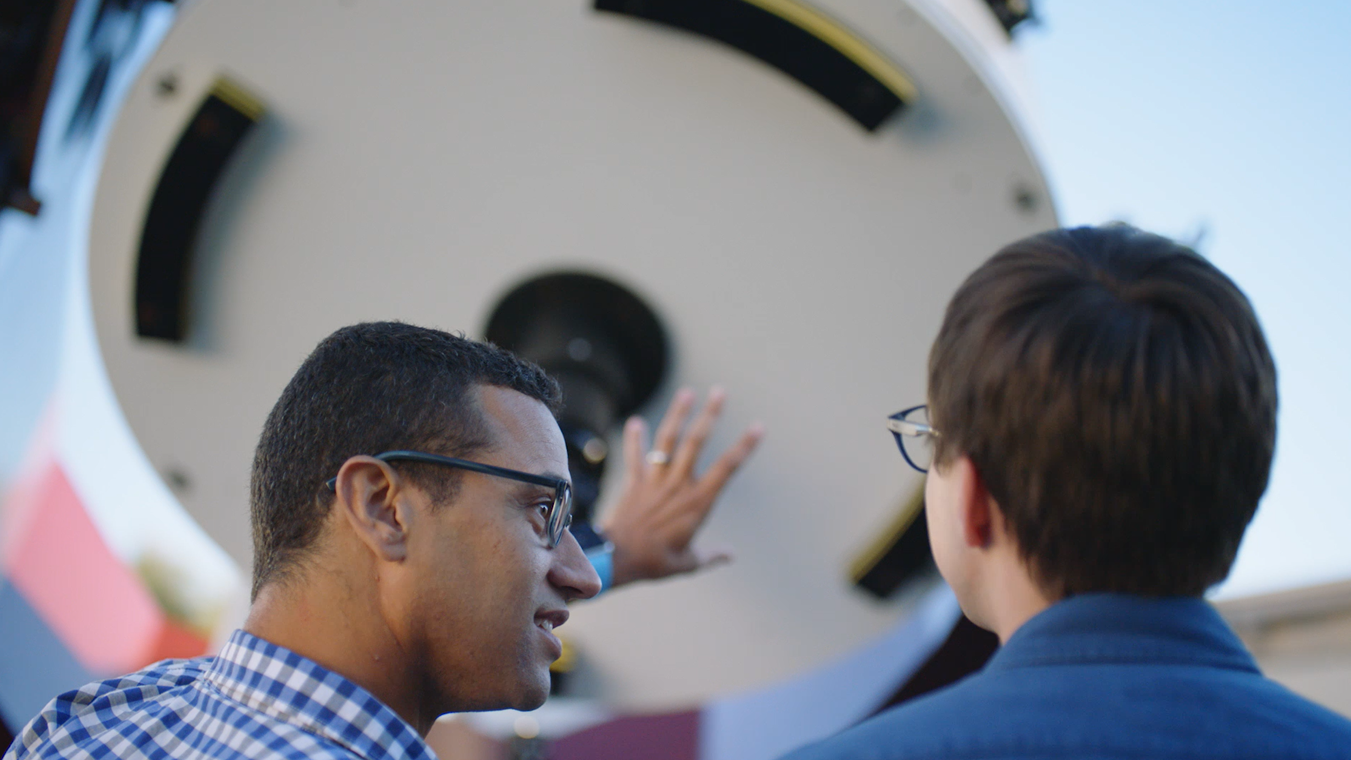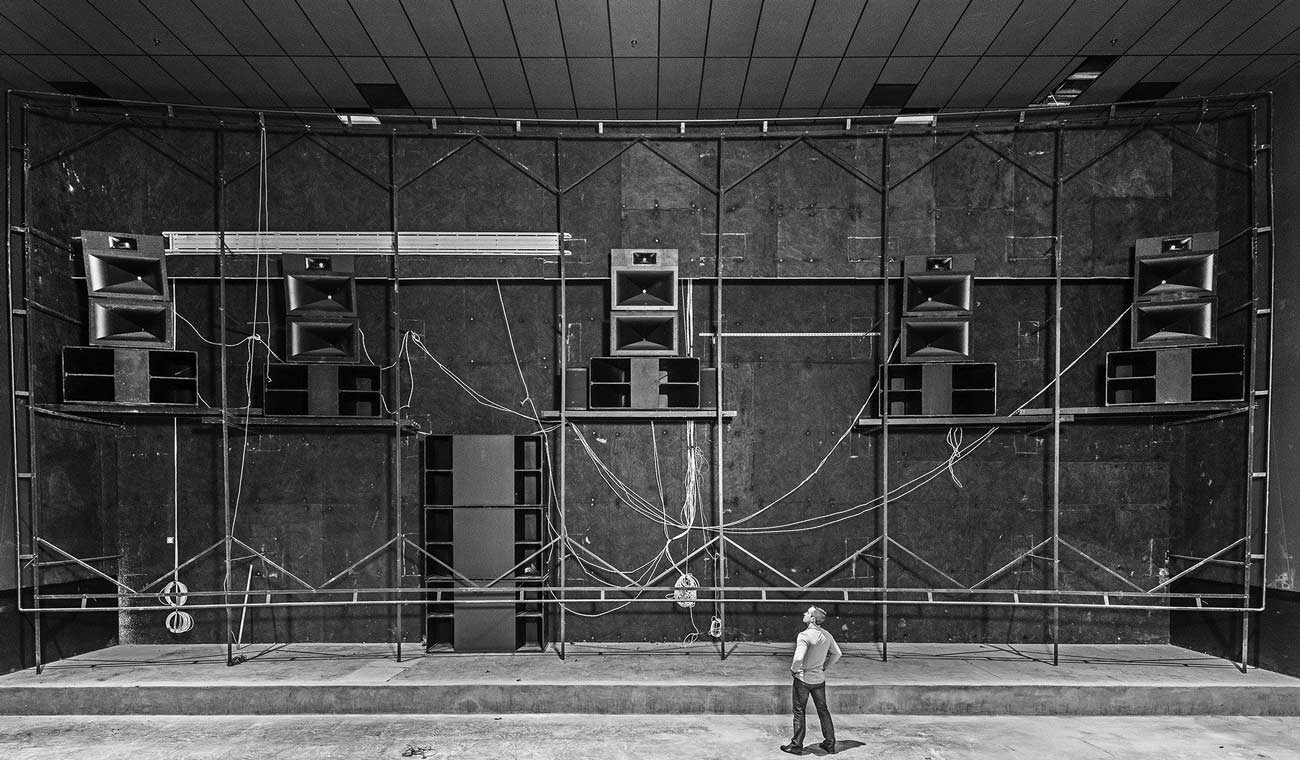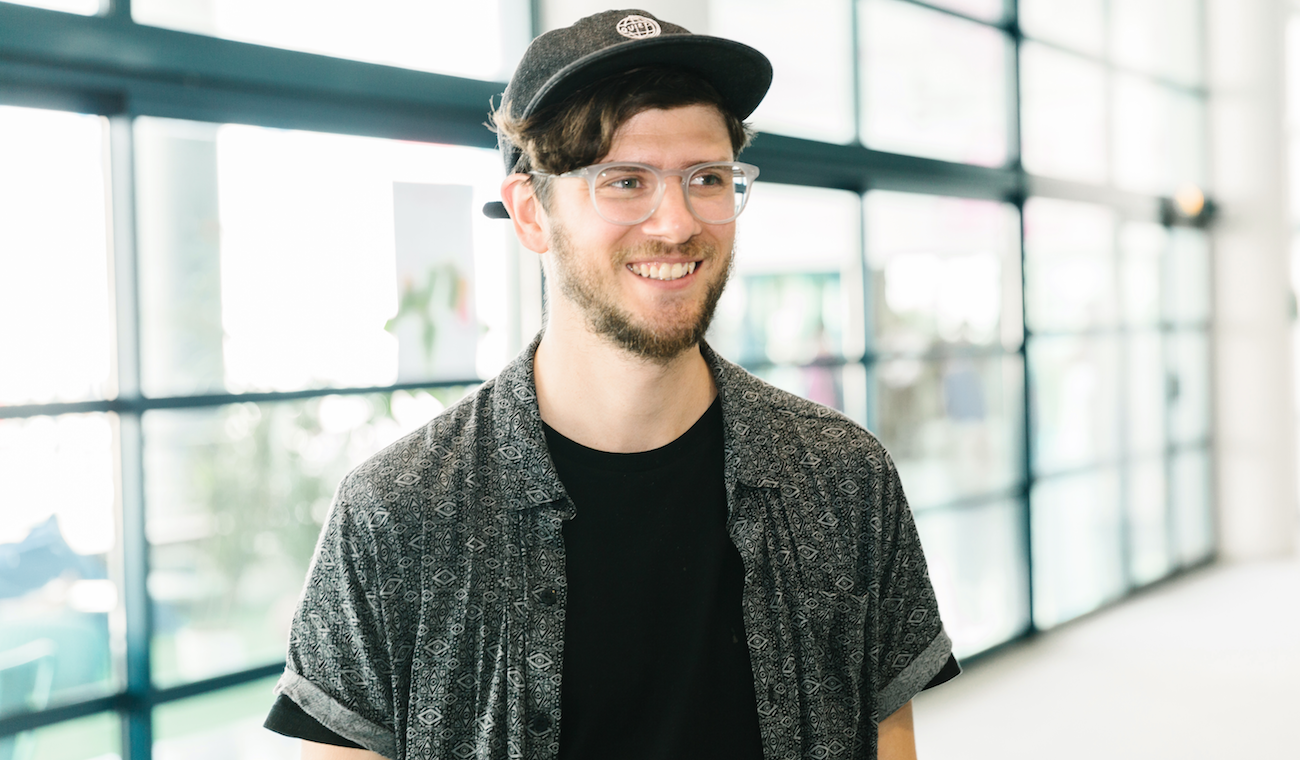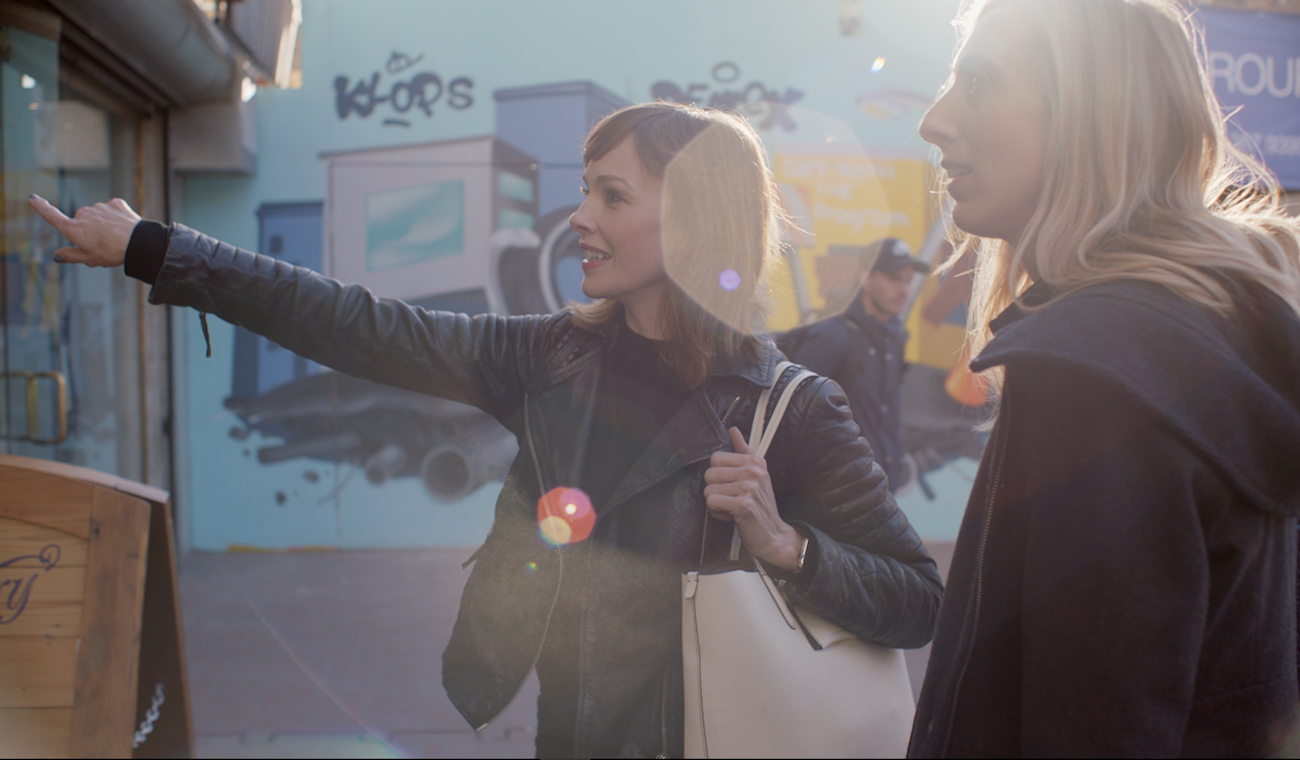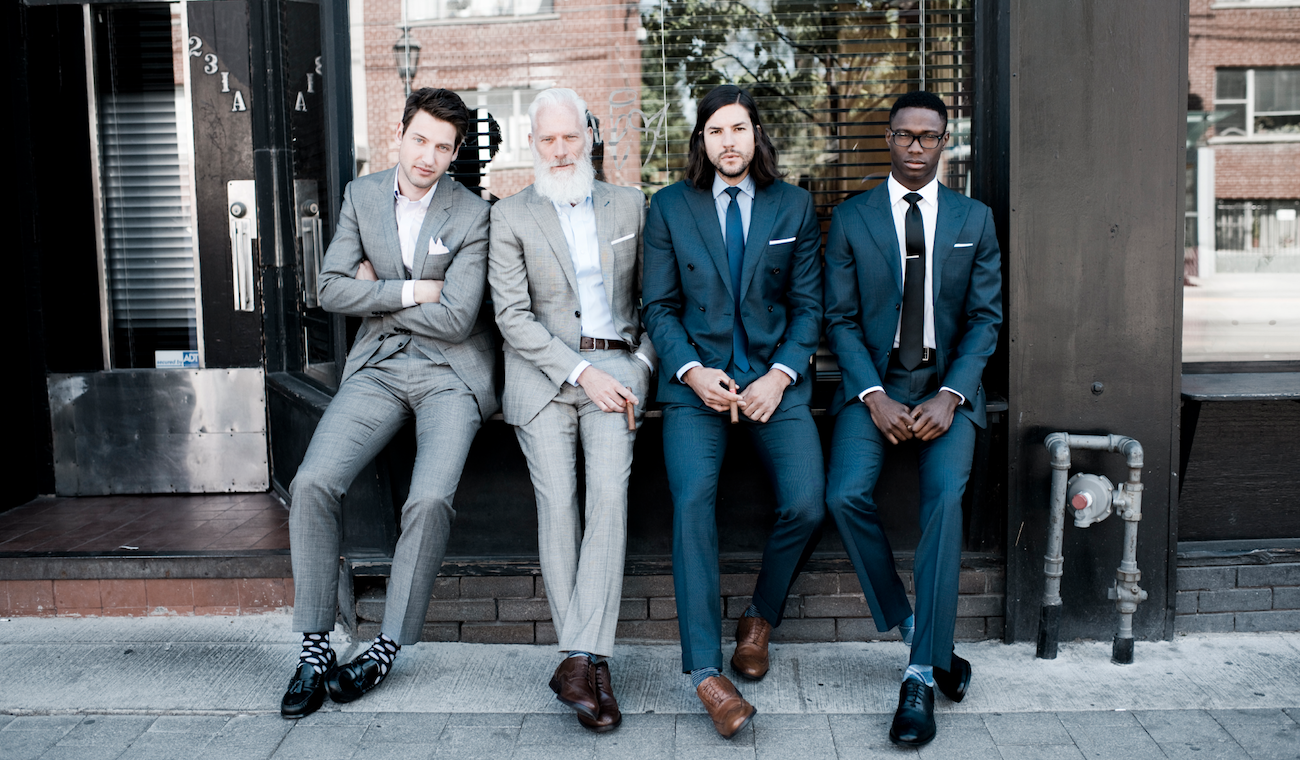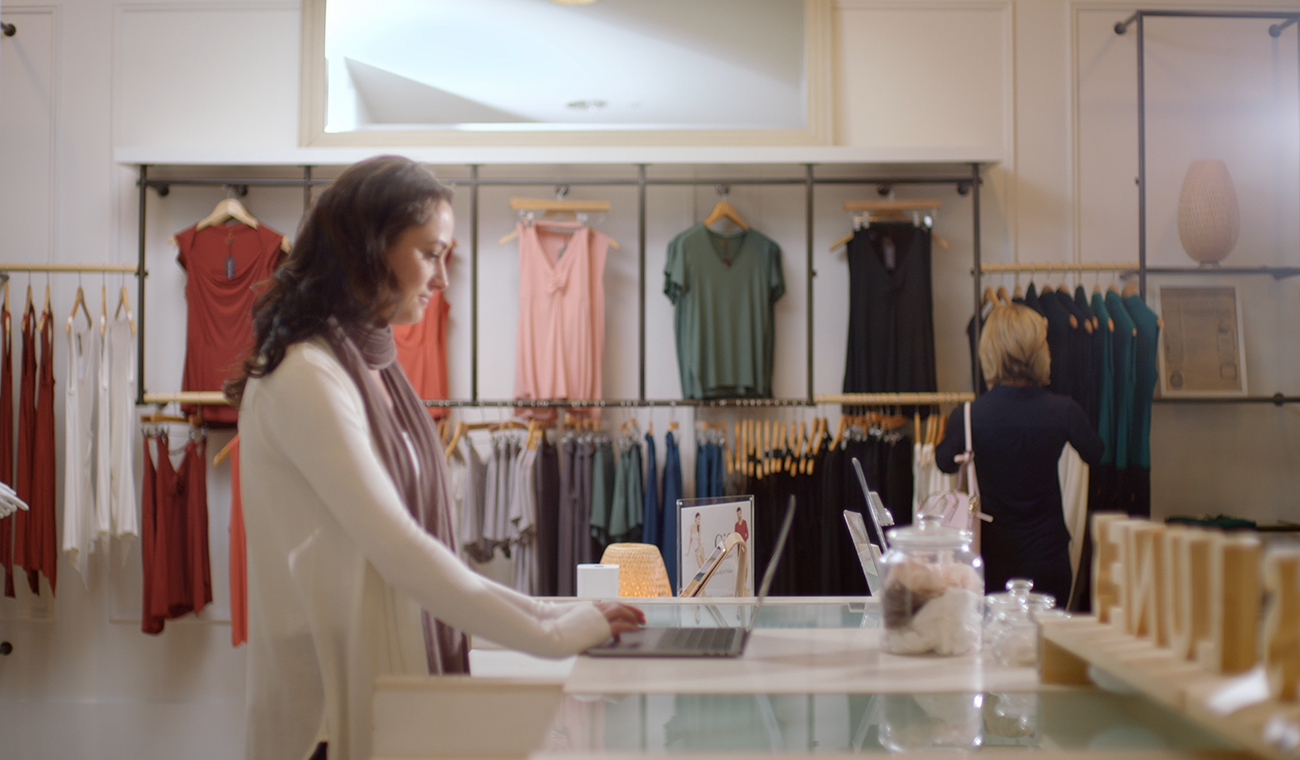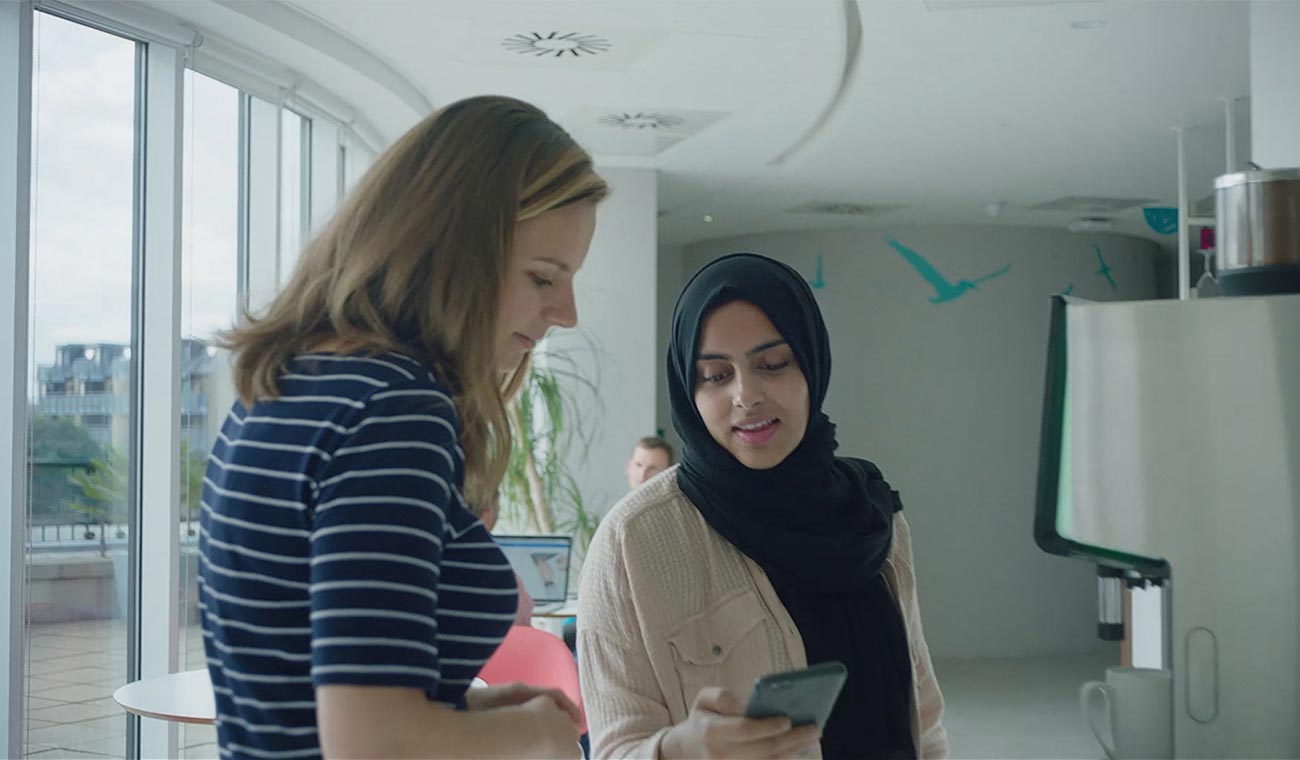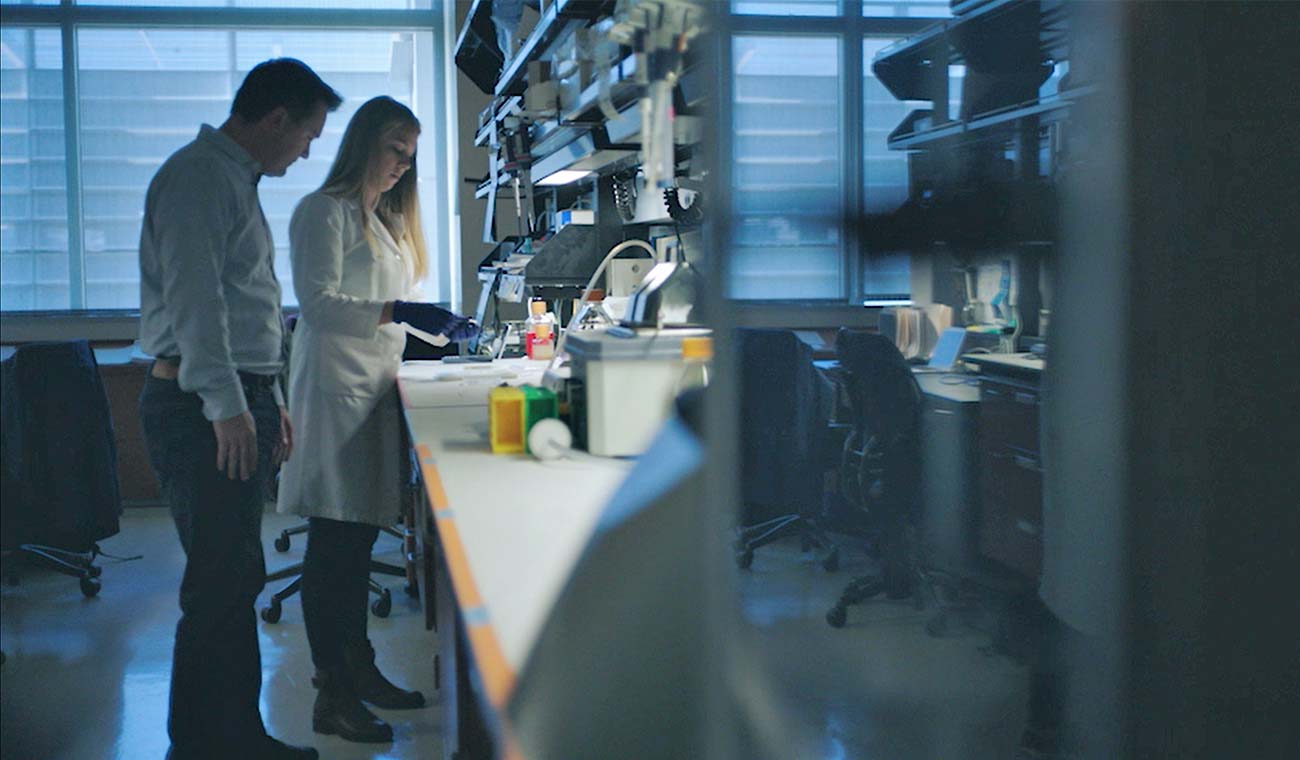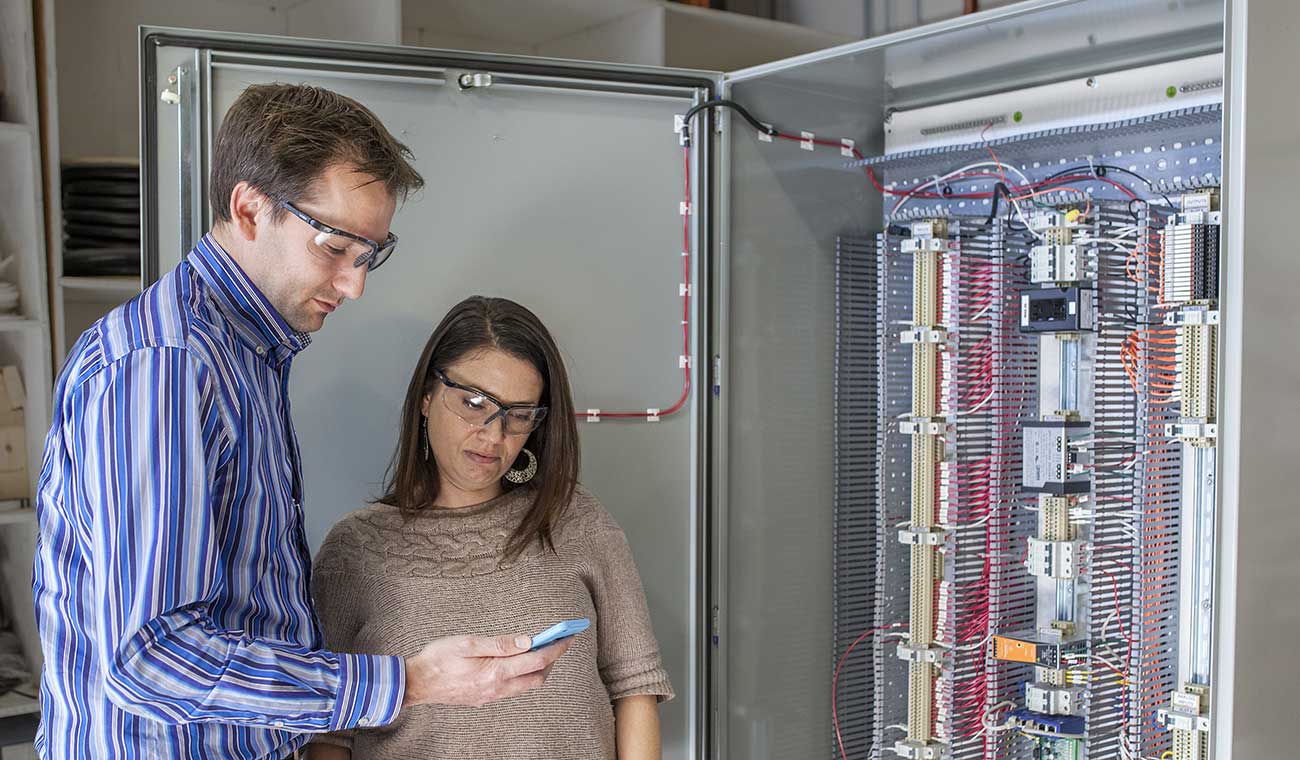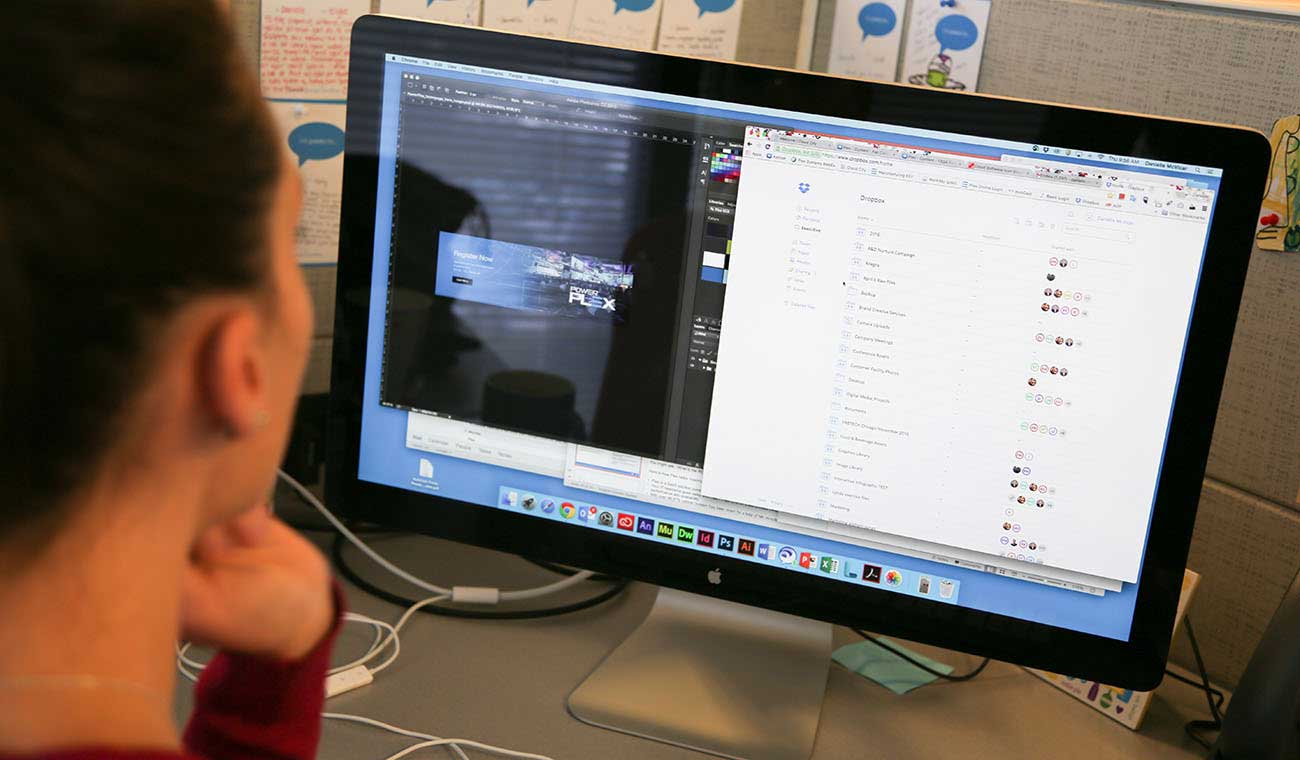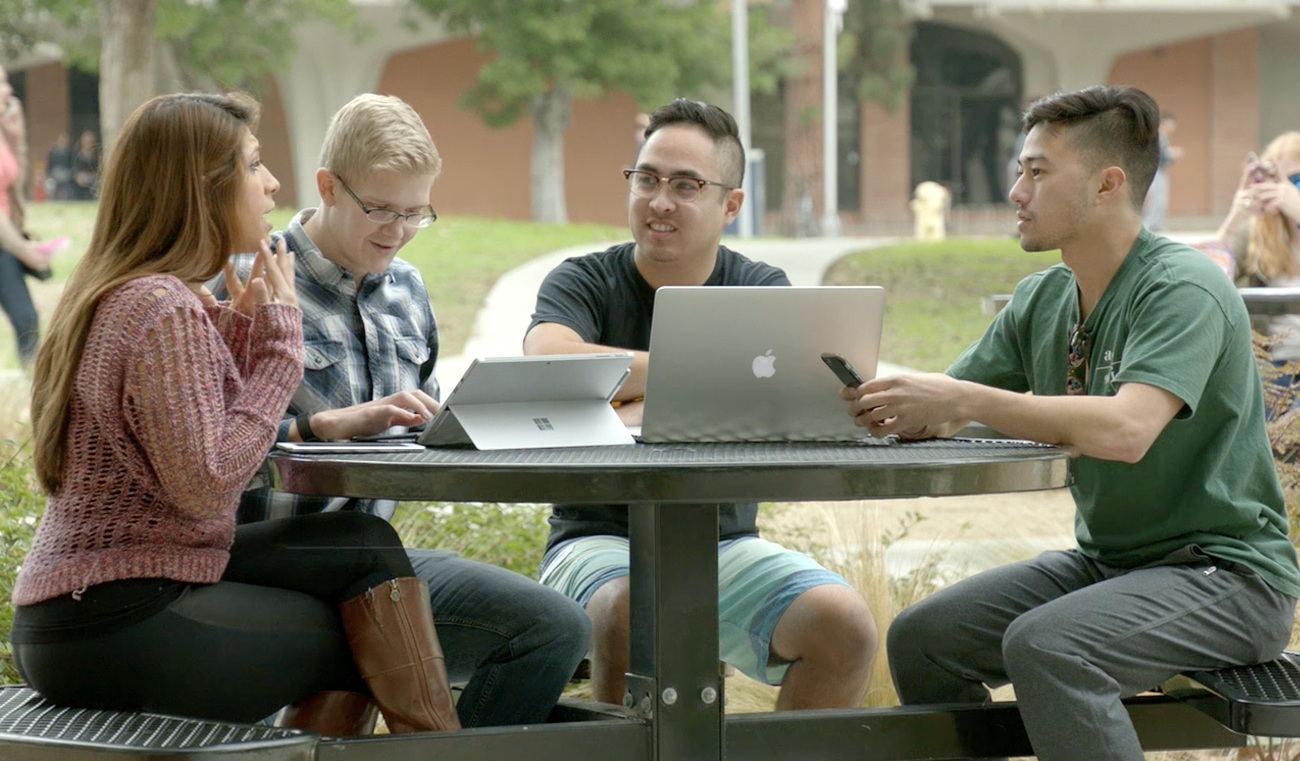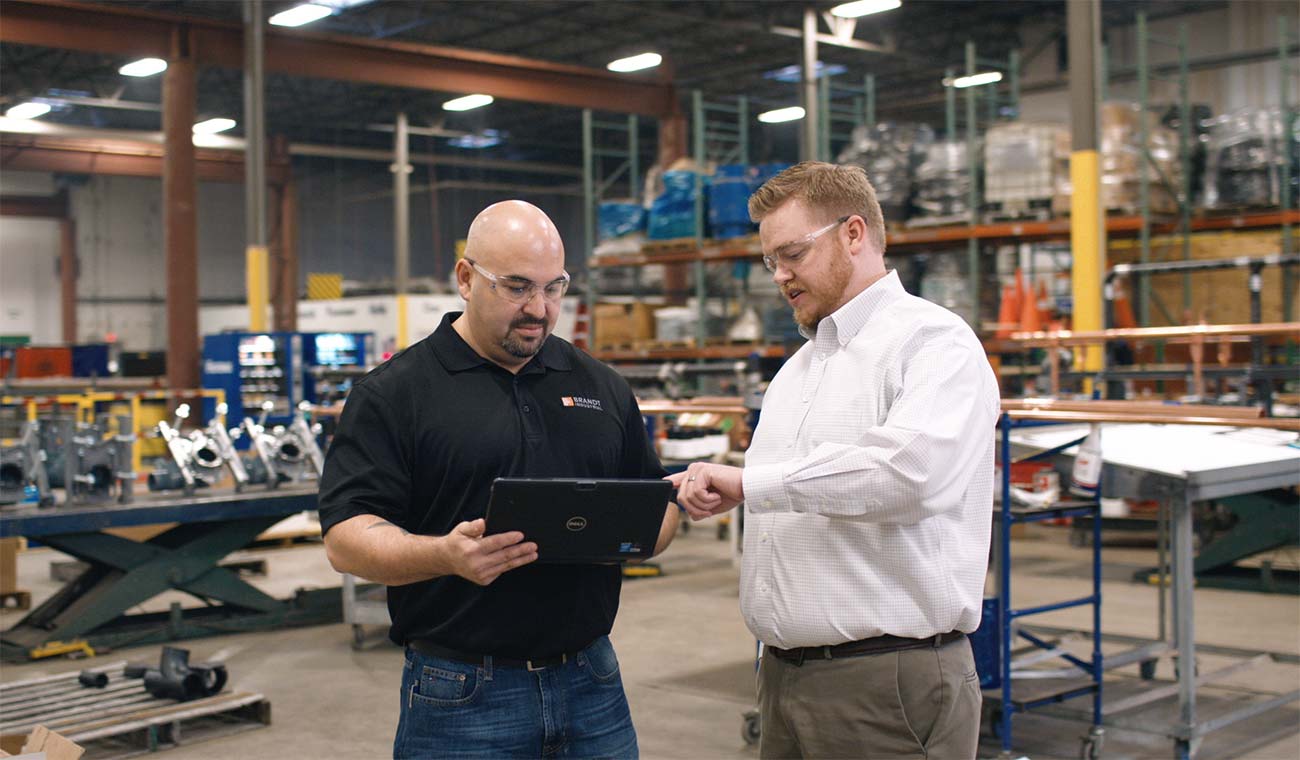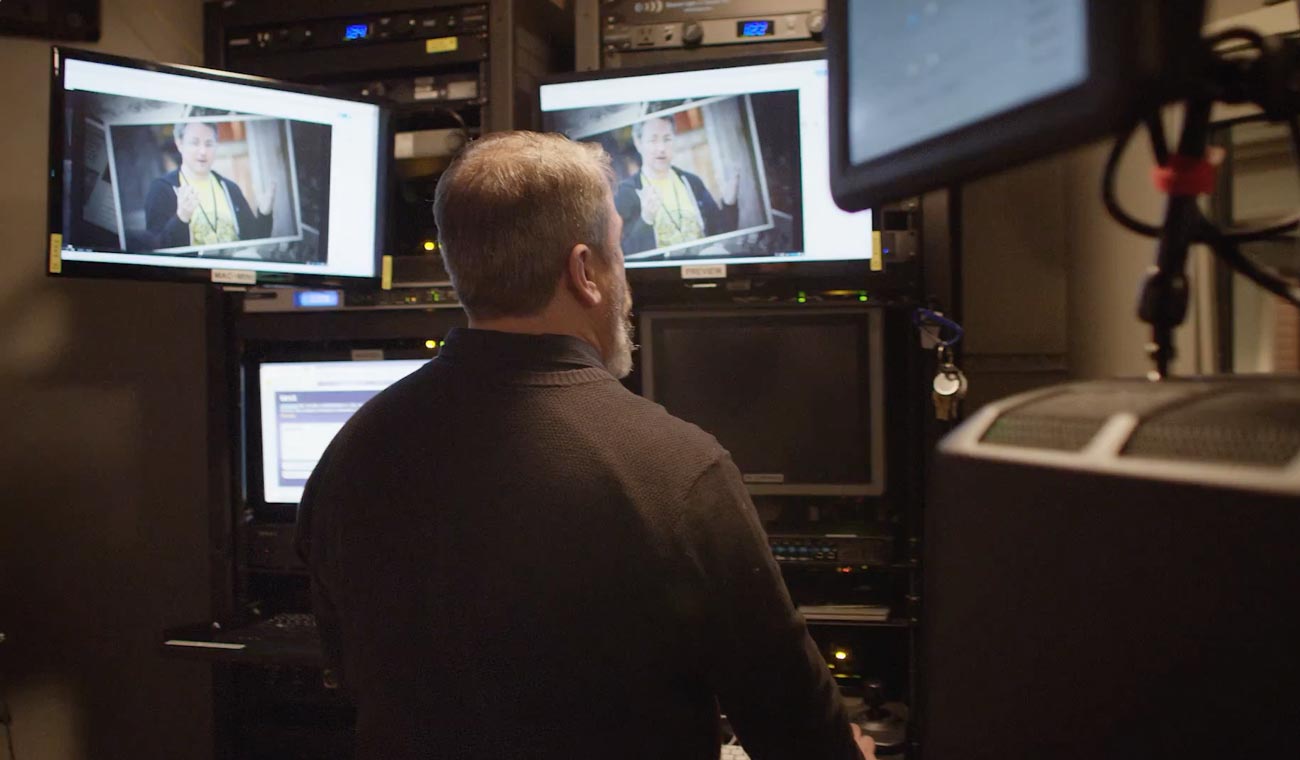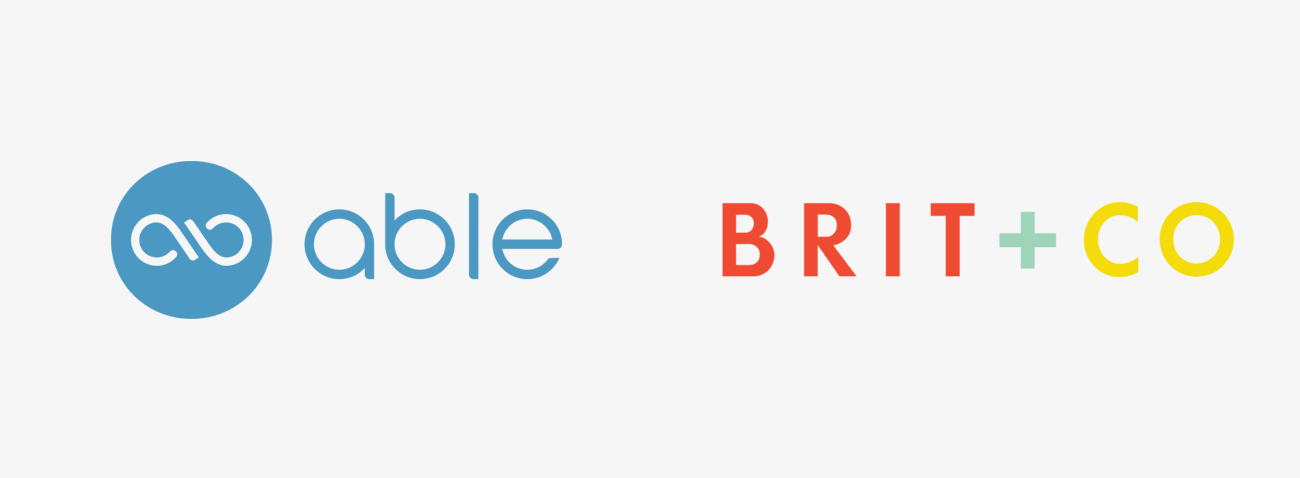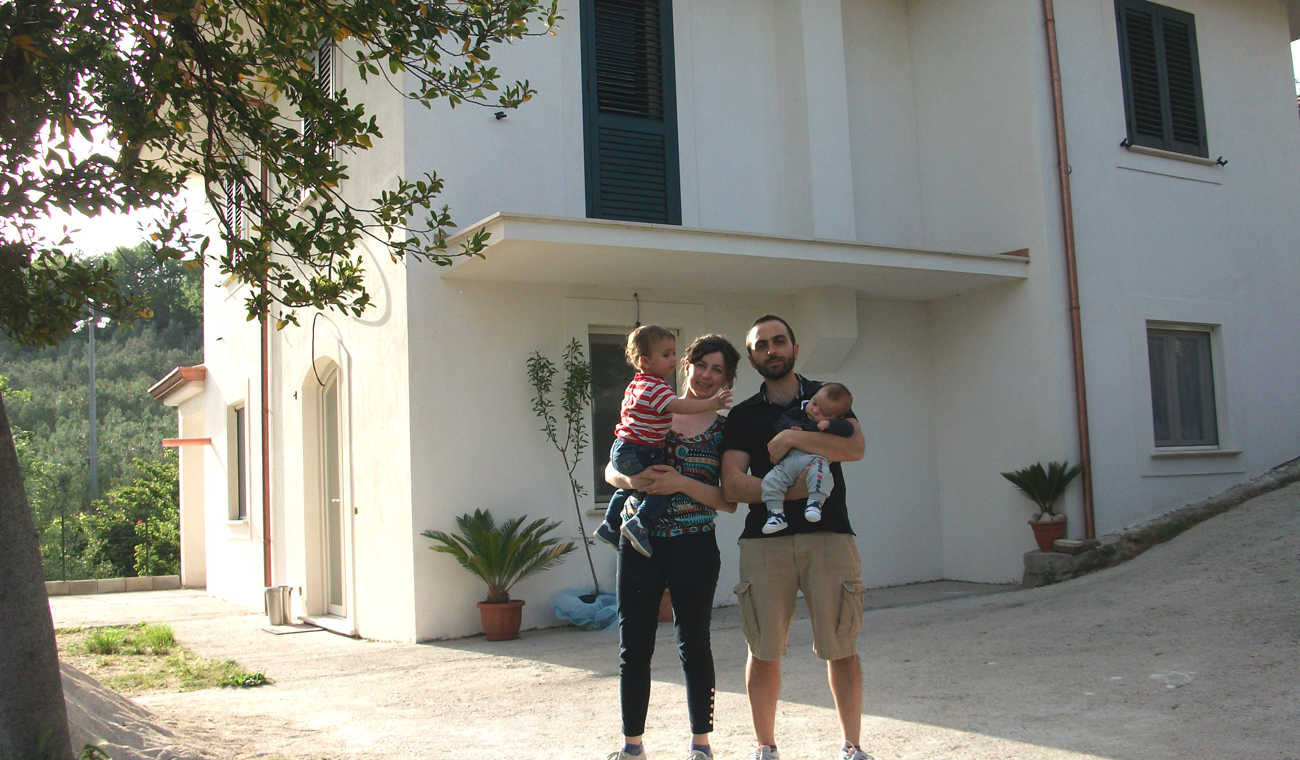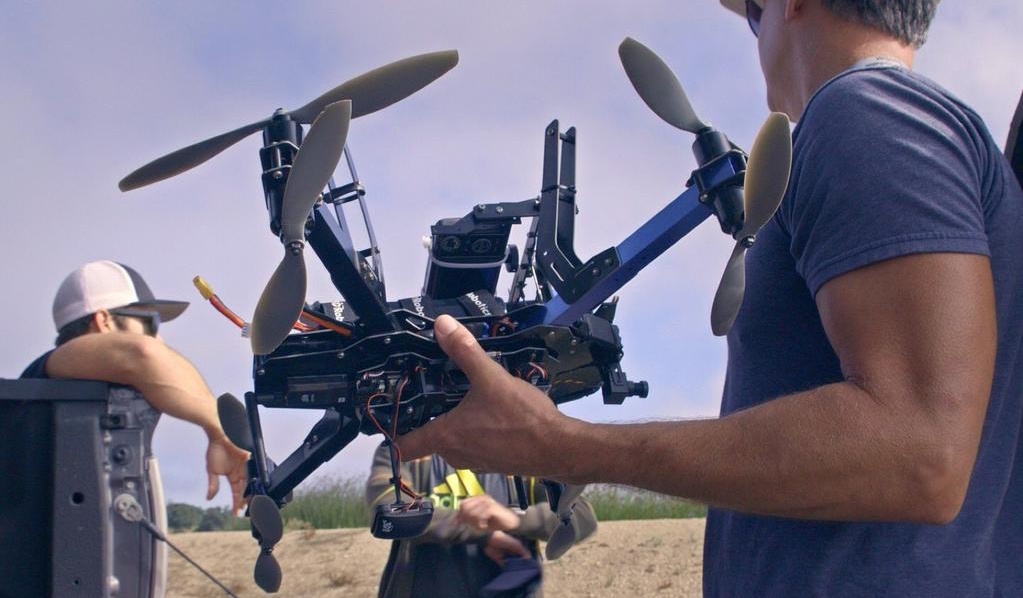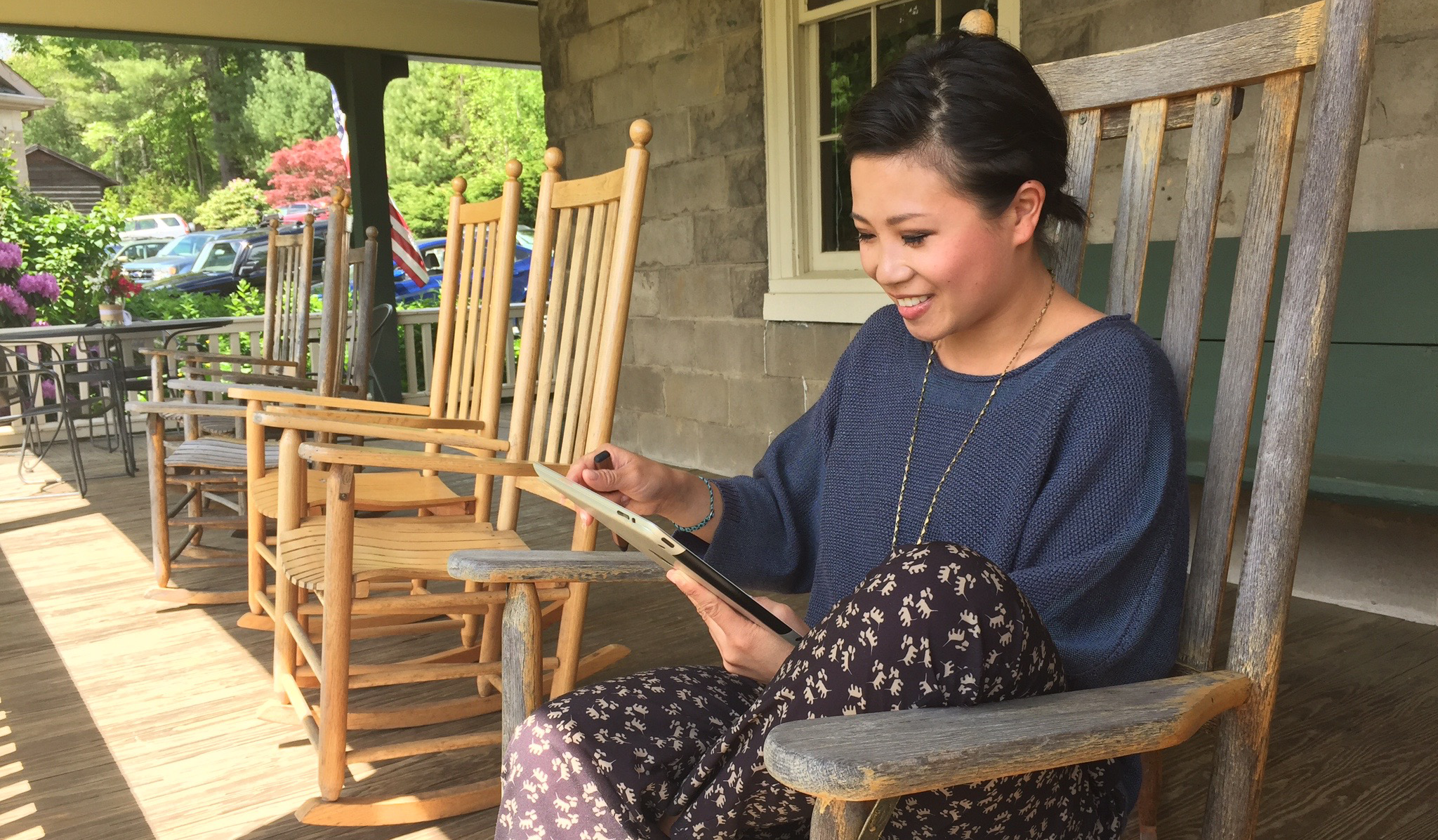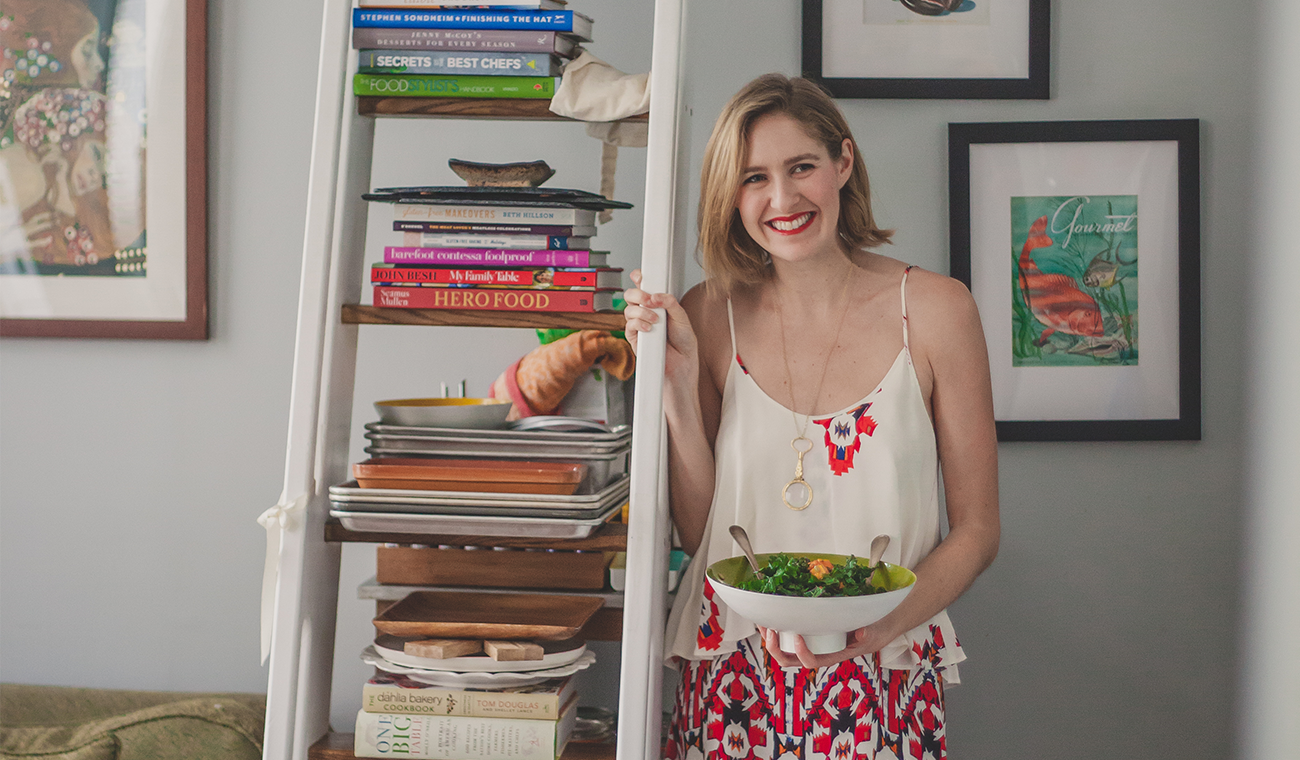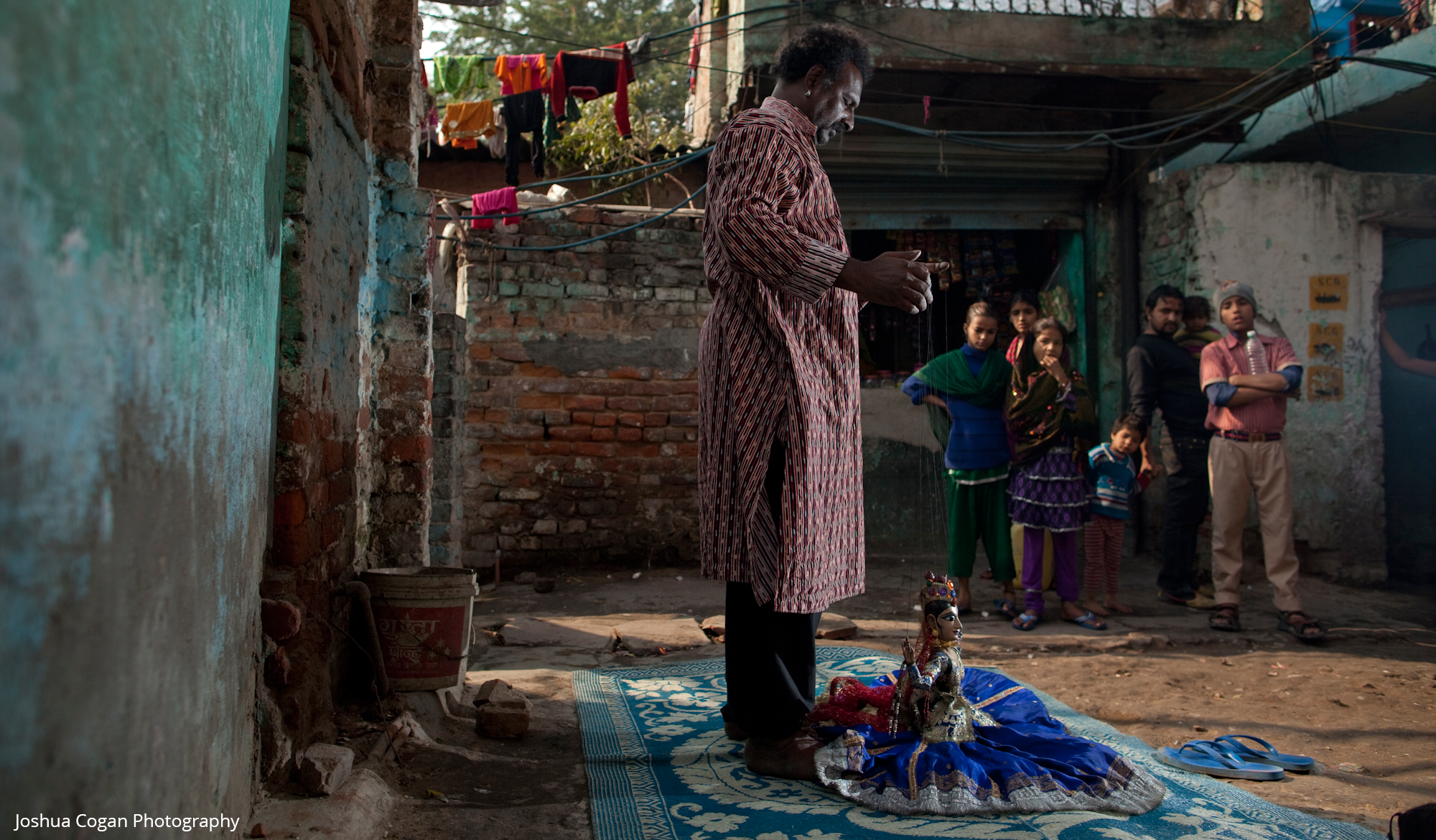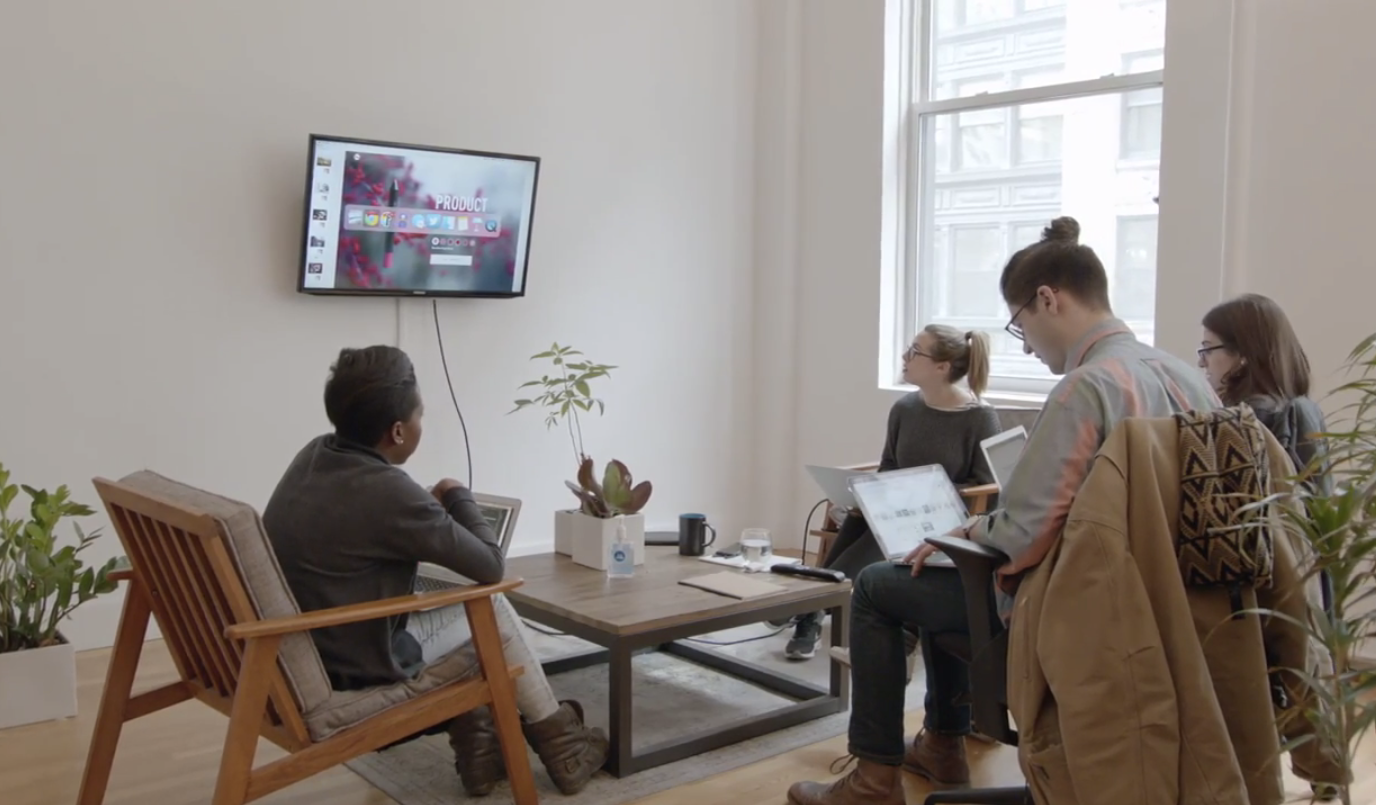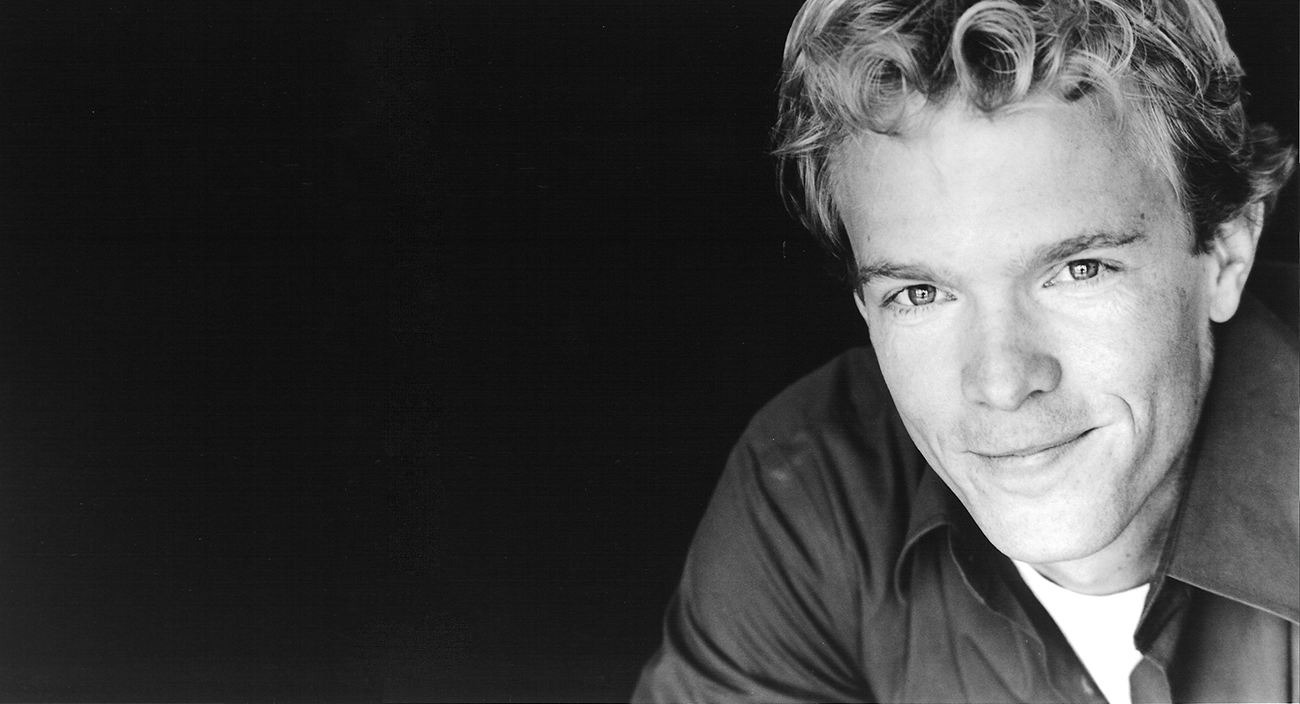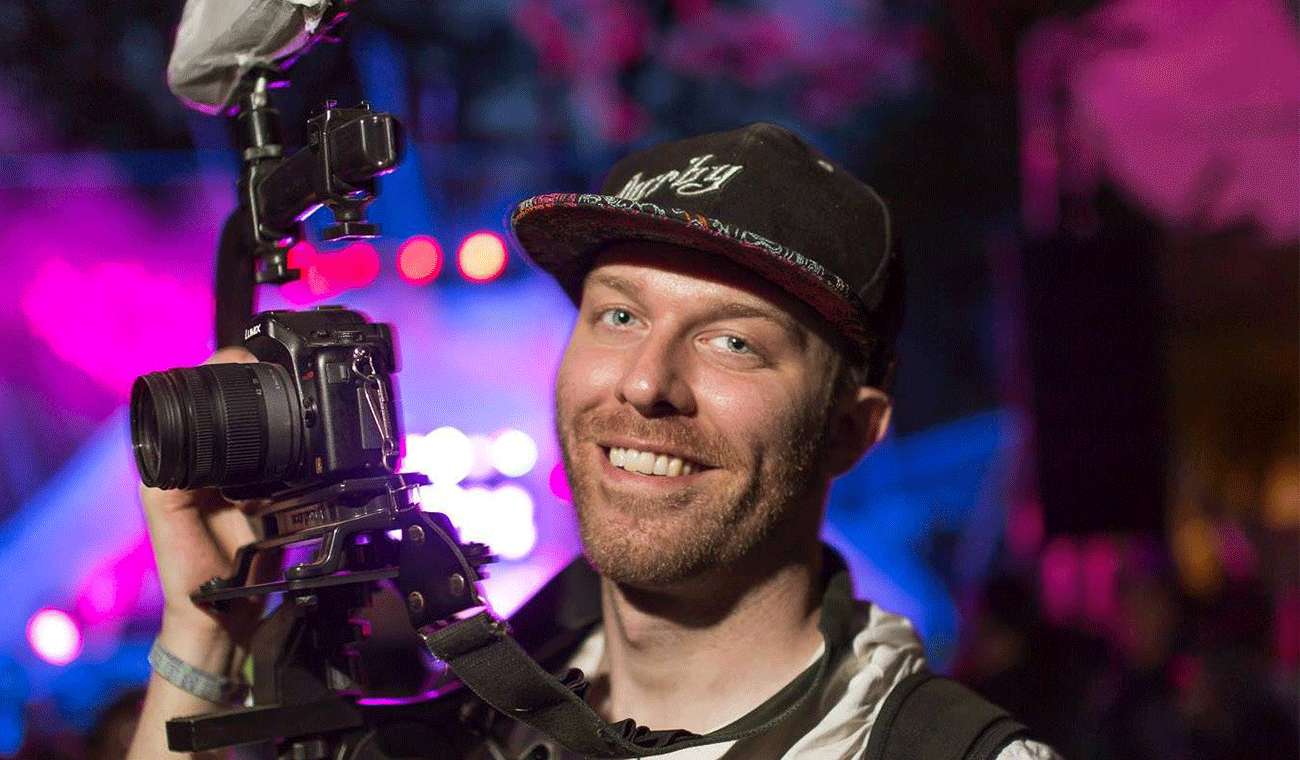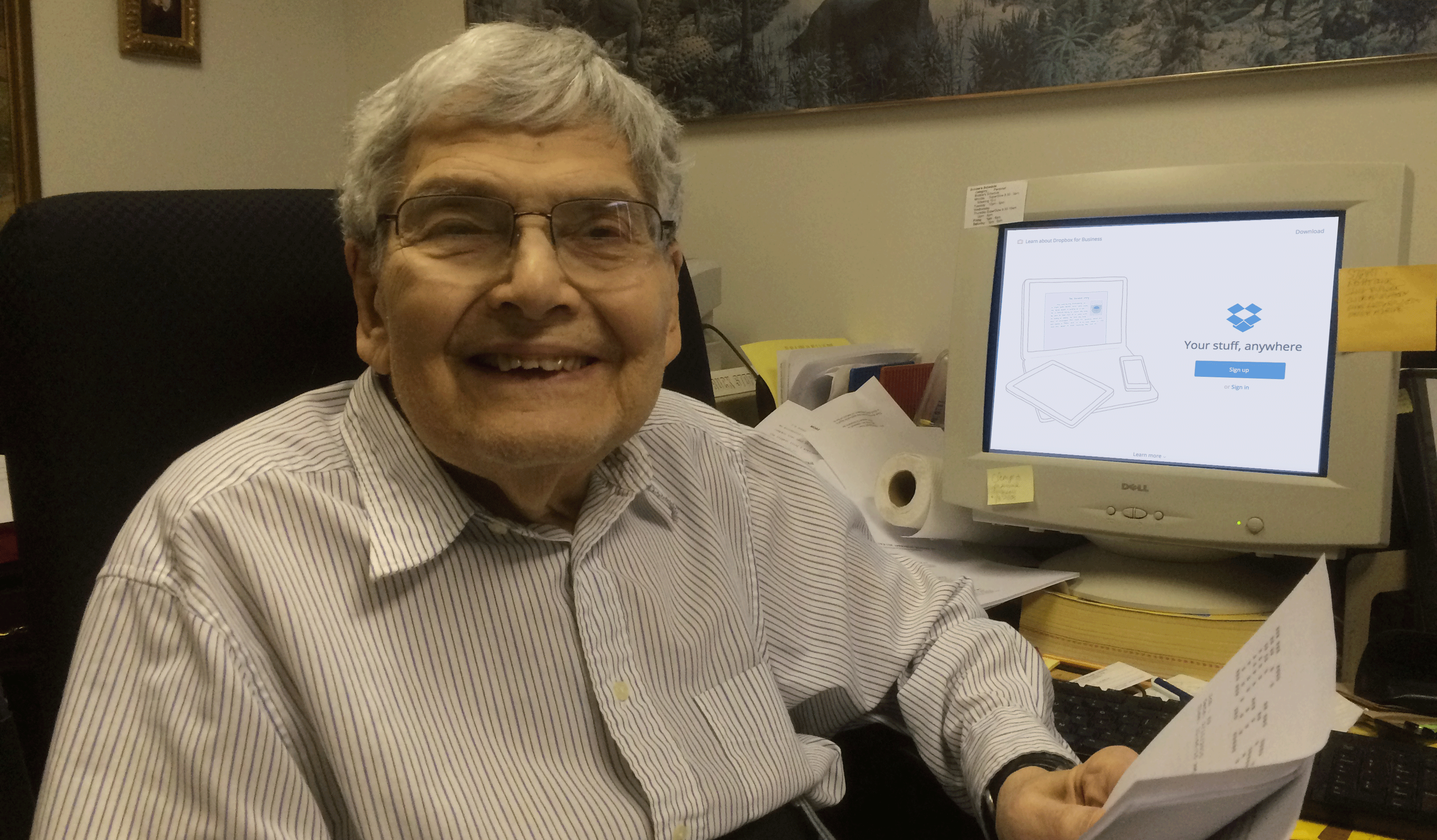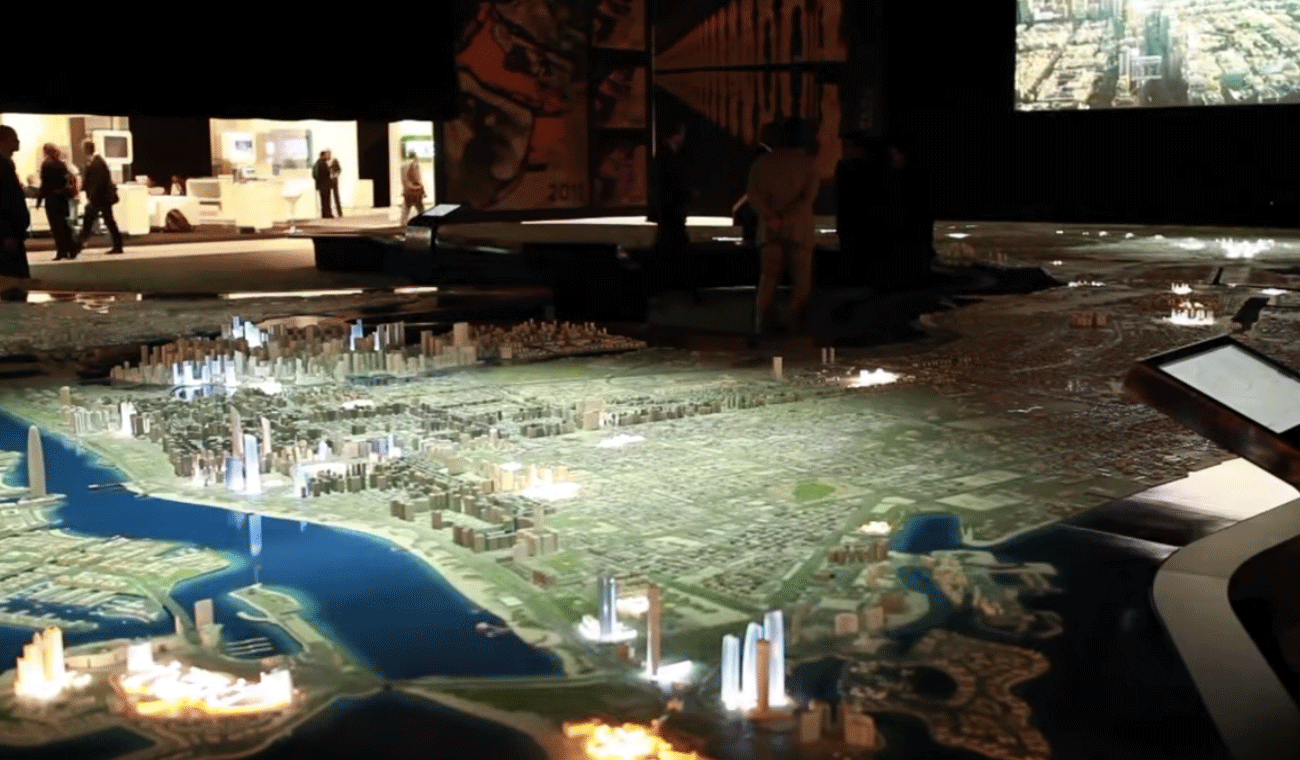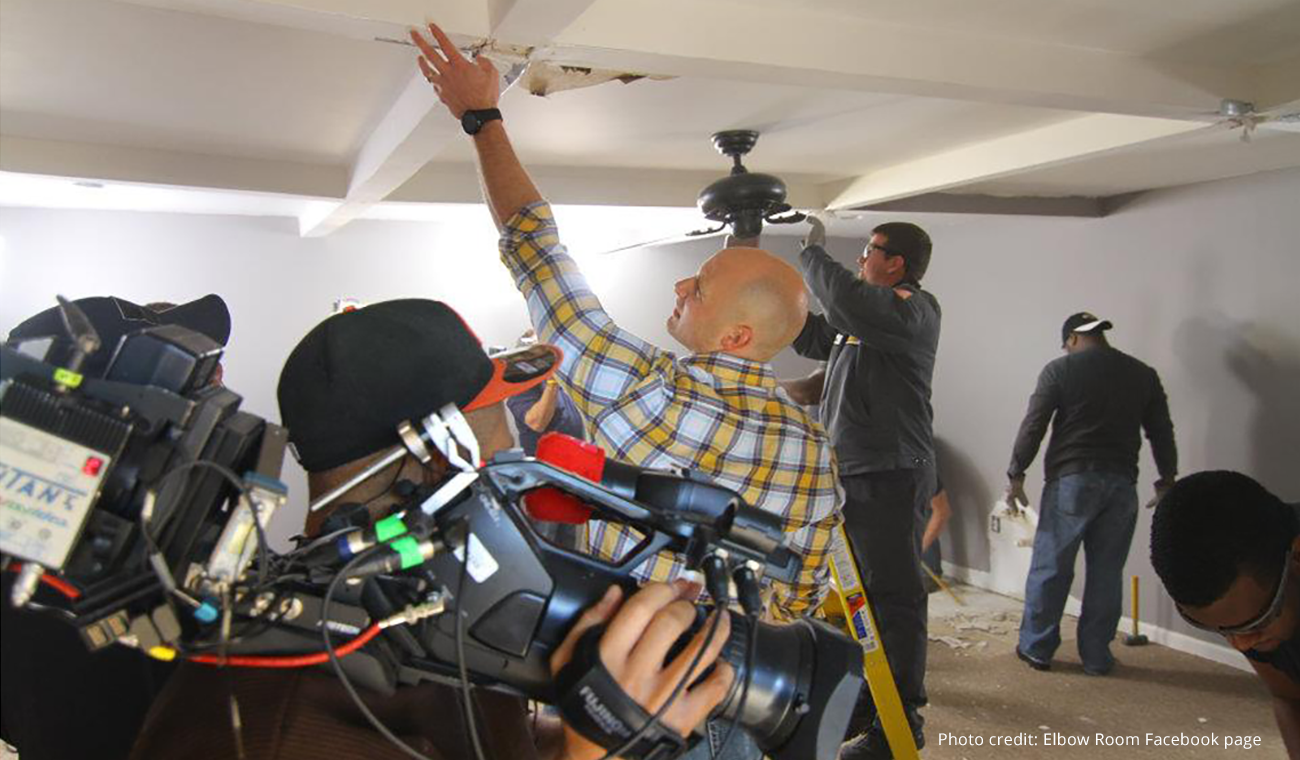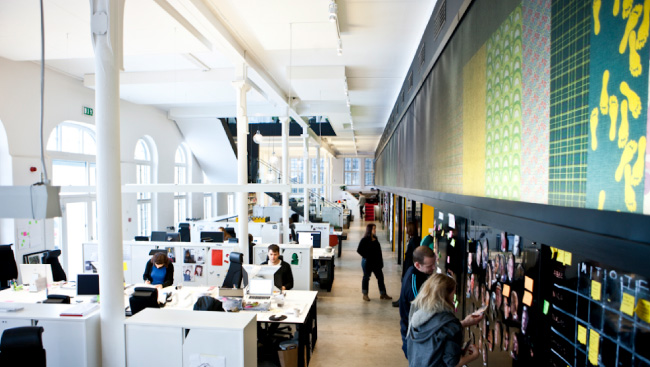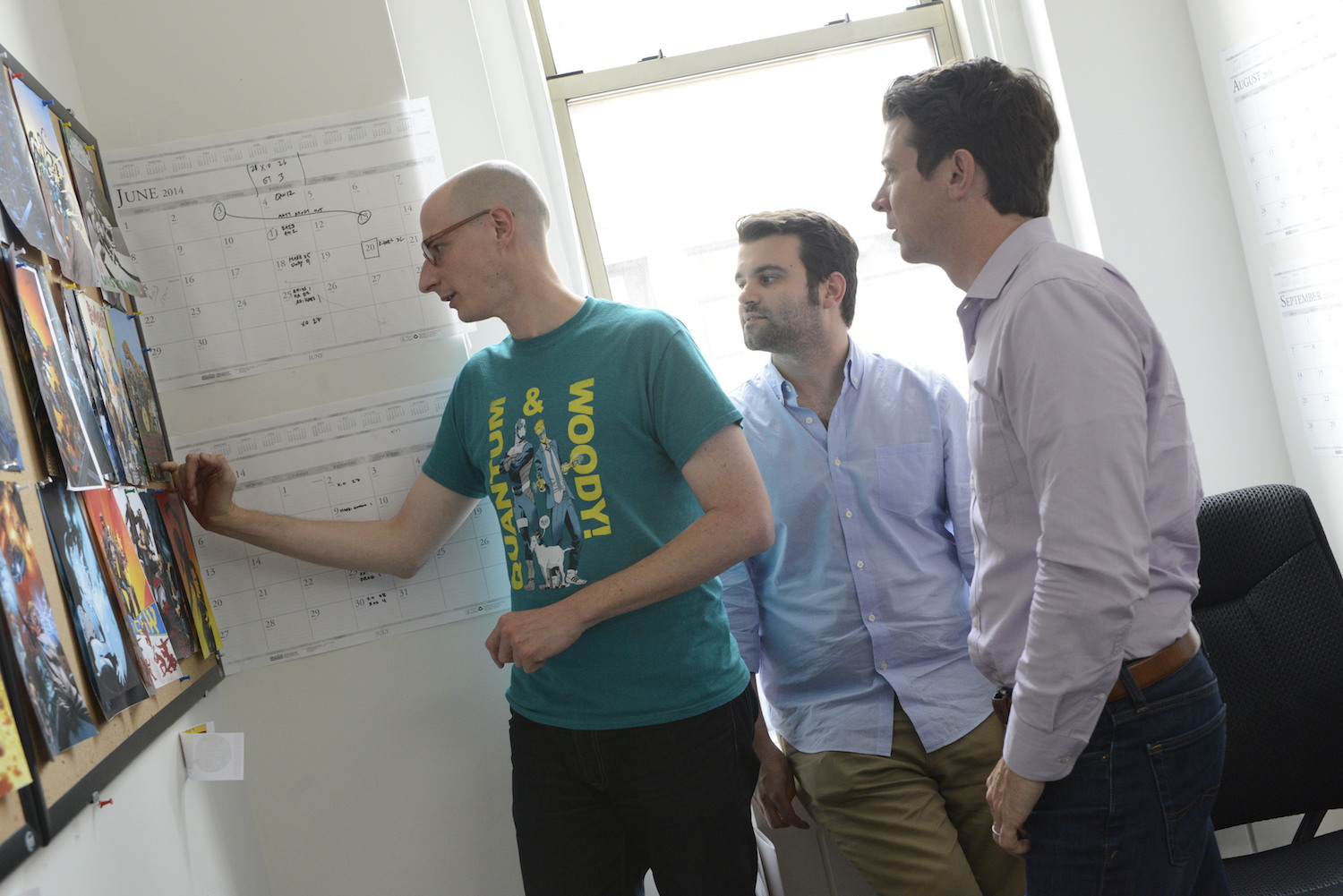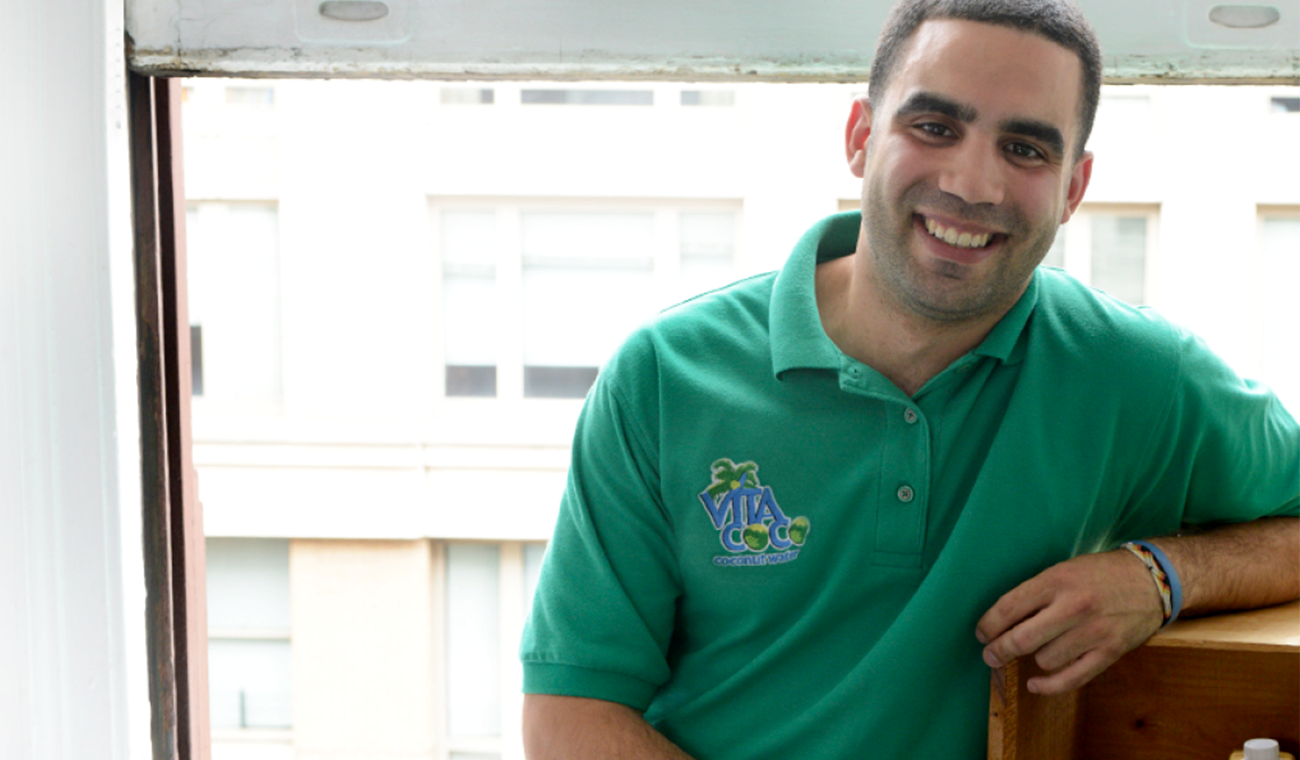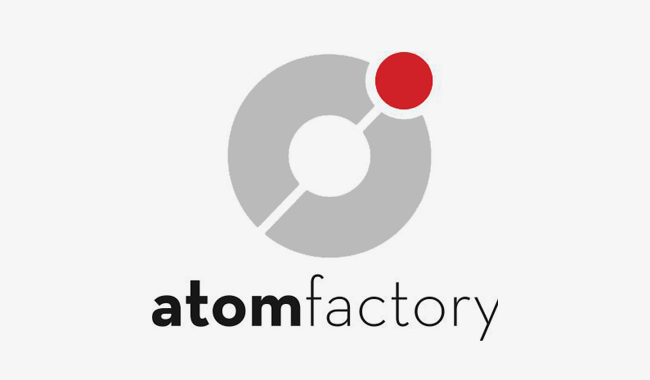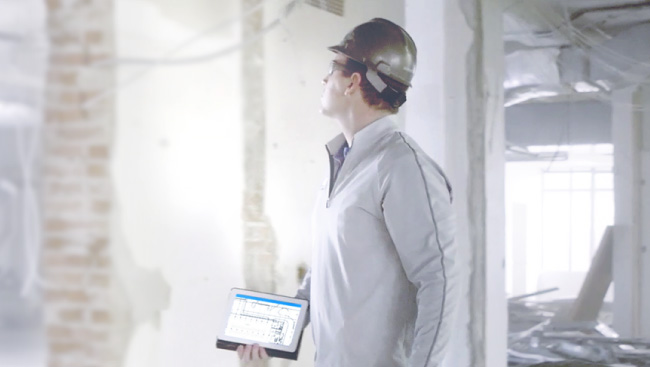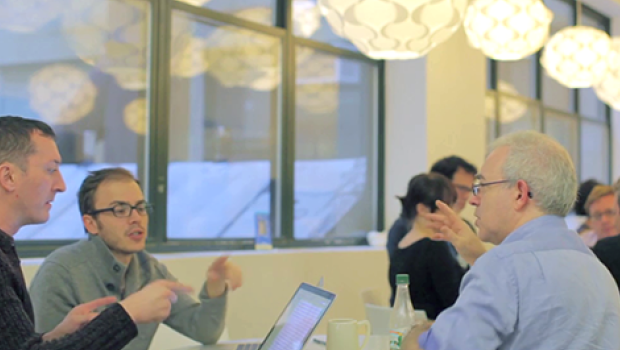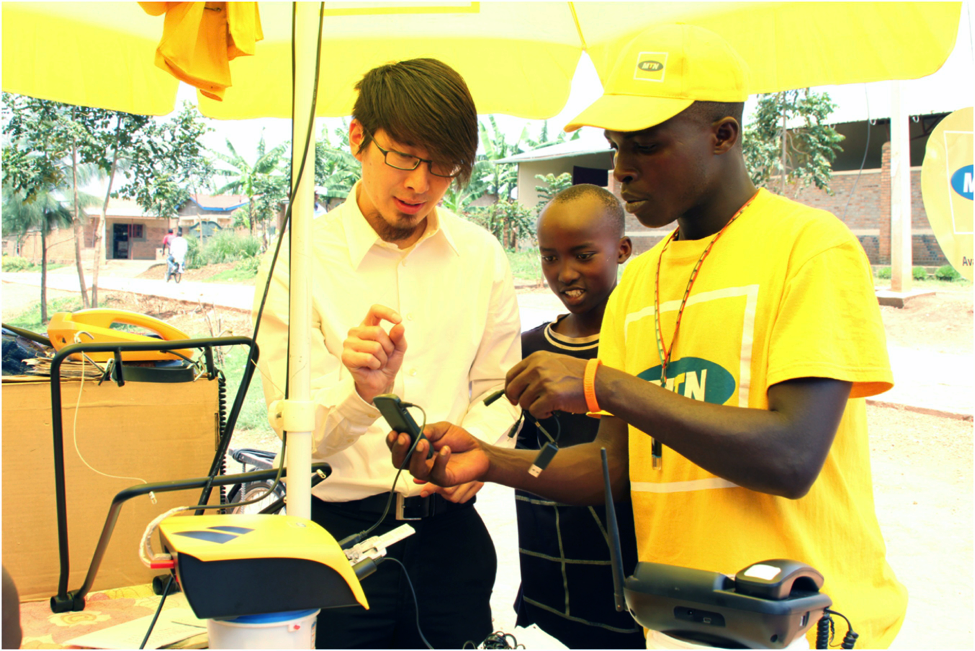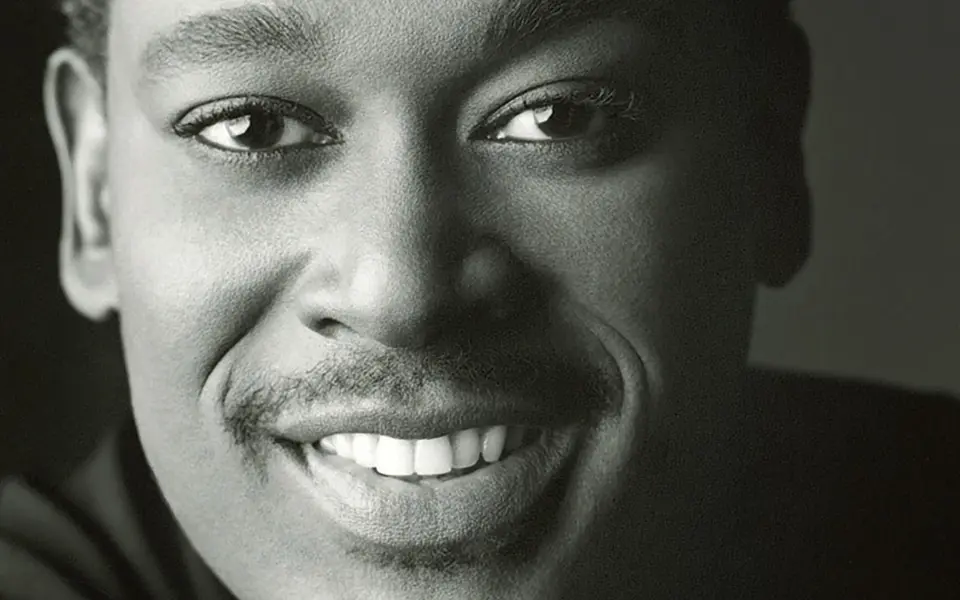
Piecing together the joy and genius of Luther Vandross
Published on January 22, 2024
Using Dropbox to organize hundreds of hours of footage helped this Sundance filmmaker create a loving tribute to an overlooked icon.
Late R&B legend Luther Vandross—still known mononymously to his fans—was always a bit of an inscrutable figure. His voice, that voice, is undeniable. The way he could modulate his velvety tenor to make a single word vibrate with unfathomable longing and desire? Don’t get me started!
But during his time in the spotlight, the public turned Luther into a mirror reflecting back cultural anxieties about sexuality (was he gay or straight?) and race (was he “just” an R&B artist or could he crossover into pop success?). Then there was the constant chatter about his weight: Fans would add Big or Little to his name depending on the size of his bedazzled suits.
Now we finally have a fuller picture of the man. Dawn Porter’s documentary Luther: Never Too Much uses a deft mix of archival footage of and interviews with Luther and his closest friends and contemporaries to highlight the joy he experienced as an ardent student of R&B and soul.
What struck me the most weren’t the things about Luther that I didn’t know—like how he arranged David Bowie’s Young Americans album or that he self-funded his own career through jingles. It was how personal Porter’s storytelling was, as if Luther were guiding the entire process. Porter and her team sifted through hundreds of hours of video, and many gigs worth of documents, sketches, photos, and ephemera in Dropbox to get that effect, she says.
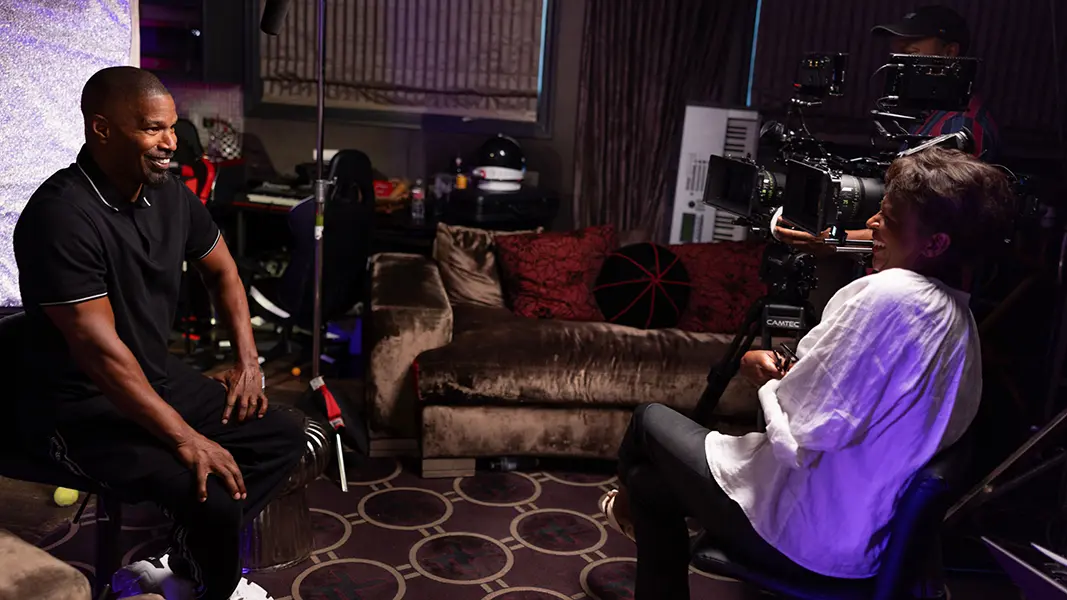
“My process is to show, not tell—so I need a lot of material to show the things that I think are actually true,” Porter explains. “Starting to break things down and organize them is the building block. That's the first part of the movie. It's not actually the visuals.”
But once that groundwork is done, the final product sings. Porter spoke to us about her process and how her team whittled down hours of material to create a loving portrait.
You had 80 hours of performance clips, 150 hours of archival footage, and 2,200 stills. When you have so much material, what do you do with it?
Well, we definitely put it on the Dropbox. It’s kind of standard for us now.
Nobody makes a movie alone. There’s a big team and everybody’s important. Everyone in our team is in different places, so it’s really important for us all to be able to access the information simultaneously. Our assistant editor is the person who watches every single second of everything. She weeds out the obviously-not-good stuff. But if we don’t have that repository, you don’t get to see the little gems because the only way you find those is tediously going through everything.
How do you organize all those files to tell Luther’s story as seamlessly and personally as you do?
You know, there’s a different approach when the person isn’t here. Because it’s even more important to try and get into their head and voice, and not have other people shape their story in a way that isn’t authentic.
The first thing I do is I figure out themes. And for Luther, they were the things that people don’t focus on so much: He’s a songwriter, he’s a composer, he’s a leader, he’s an artist. Then we make little mini scenes. What are all the things about songwriting? What were the early days like? What do we have?
"What Dropbox does is it allows you to take a morass of information and separate it out into something much more manageable."
It’s really just watching as much of that archive—even stuff I knew I wouldn’t use. You watch all of it to swim in his life. Then I’m thinking, Okay, how do I layer on what he was seeing as a child? That’s why we start with the Apollo and the girls doing double dutch in Harlem. Like, that’s what he would see. And if you notice, it’s from a child’s vantage point. It’s not from far away. You see the people grocery shopping, and they’re laughing. I just imagined him on errands with a parent because you want to know, what was he drawing from? Who helped form him? I’m looking to hopefully show you without saying, “Of course he’s this, because these are all the things that helped make him.”
What kind of folder systems did you create to organize all those images as you were structuring the story?
Our folders would have some scenes. Then folders of pictures, images, lyrics, lists he would make, sketches he drew, and some of his handwritten notes. We have one full of album covers.
What Dropbox does is it allows you to take a morass of information and separate it out into something much more manageable. When I look at the directory of topics, I don’t forget. Oh, we gotta go back to those album covers. Then that becomes a reminder for when I’m working with a graphics person and we can share things really easily.
Even the process of labeling helps your mind start to organize and think, Okay, these are all the components. How do I put these together?
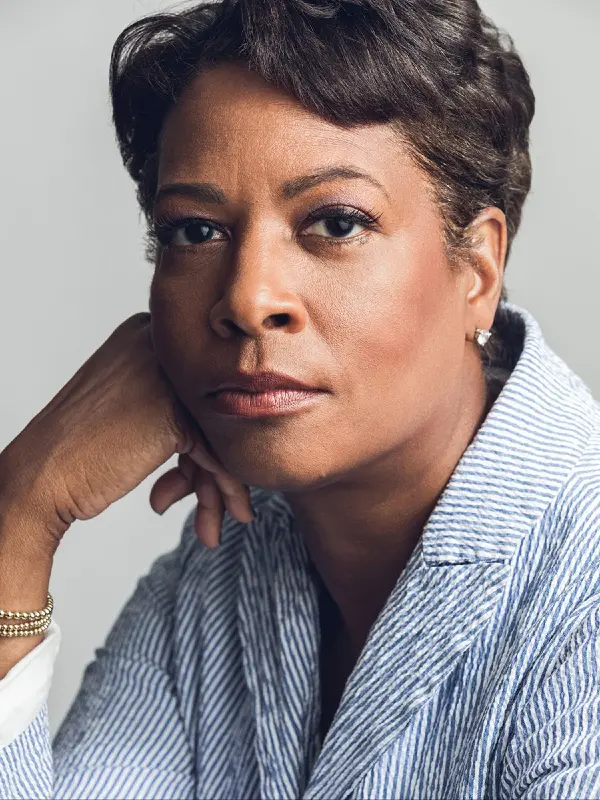
What are some of the things you learned about Luther in this process?
What I appreciated from making this film was Luther’s intelligence, his kindness, his joy, and his friendship, so we put a lot of him being silly in. But I want to focus on the fact that he was the composer and a songwriter and a leader—he wasn’t an artist that they plucked out and put in front of a microphone and said, “Sing this.”
When I look at Luther sketching costumes, him hiring a designer and seamstress to make them and paying for it out of pocket… When I hear him saying to his audience, “We will not play with your ticket money,” I hear Beyoncé. I hear her saying, I appreciate you audience. This is not for me, this is for you. I'm going to give you a show.
And that’s what he did. He gave so much joy to people by being himself. He was like, I’m gonna give you a show, for all those little boys and girls who are at home like he was, watching artists and dreaming. He was going to be that for them. Luther was paying it forward. And I love that about him. I feel like I know him. I can’t believe I have not actually had a conversation with him because I talked to him all the time. (laughs)
"It’s really just watching as much of that archive—even stuff I knew I wouldn’t use. You watch all of it to swim in his life."
You know, I always thought of him as being such an isolated, sad person. But to see him be joyful and to hear that he was loved... I think it’s really beautiful. So I won’t weep for Luther anymore.
It’s so funny that you say that because I’m saying, “Yeah, it’s a really joyful movie.” And interviewers are like, “He died at 54 of complications from a stroke. He never had the love.” And yeah, there’s that. But he had so much.
There’s a part where he says, “I am happier than I have ever been. But I’d like to be the happiest.” So it was that duality that you’re talking about: He knew what he had, and he knew what he still wanted. And you know, it is so sad that he never had that. But he had quite a lot. And he gave quite a lot.
So I don’t weep for him. I weep for us that we don’t have him because I would love to see what he would have done in the next 20, 30 years, what kind of artist he would have evolved into. And I think he would have found that great love. He’s too great a person not to.
This interview has been edited and condensed for clarity.

.png/_jcr_content/renditions/hero_square%20(2).webp)







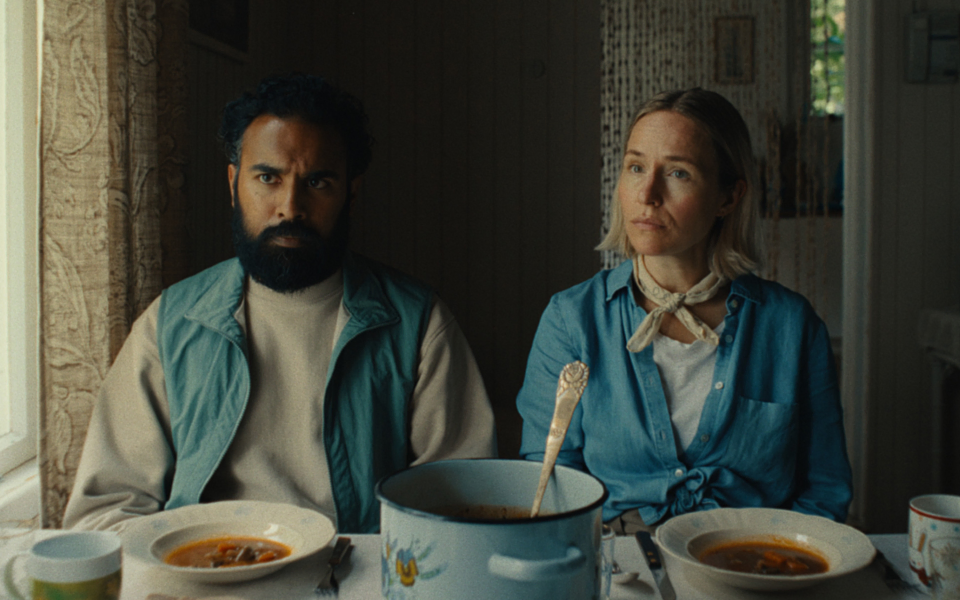
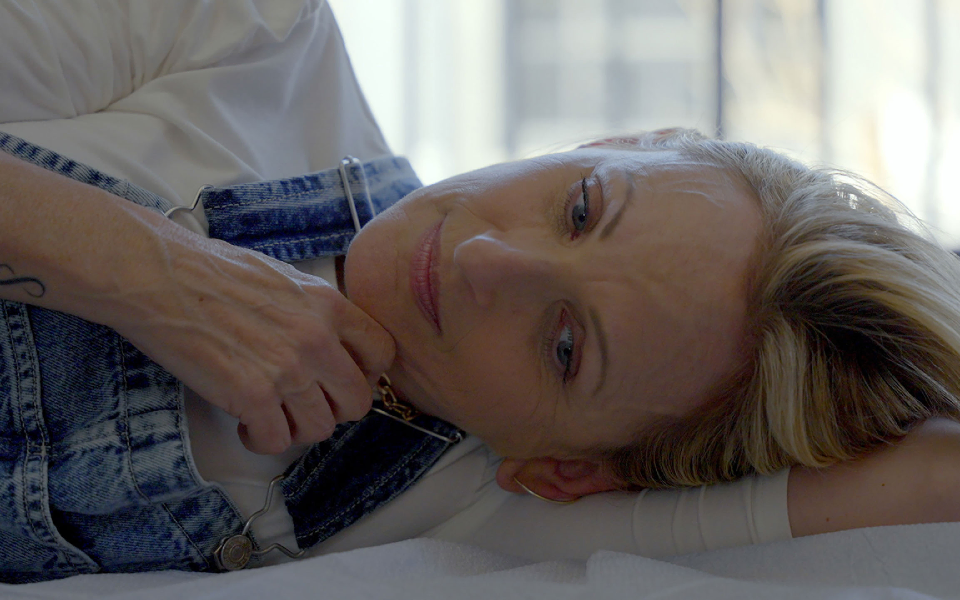





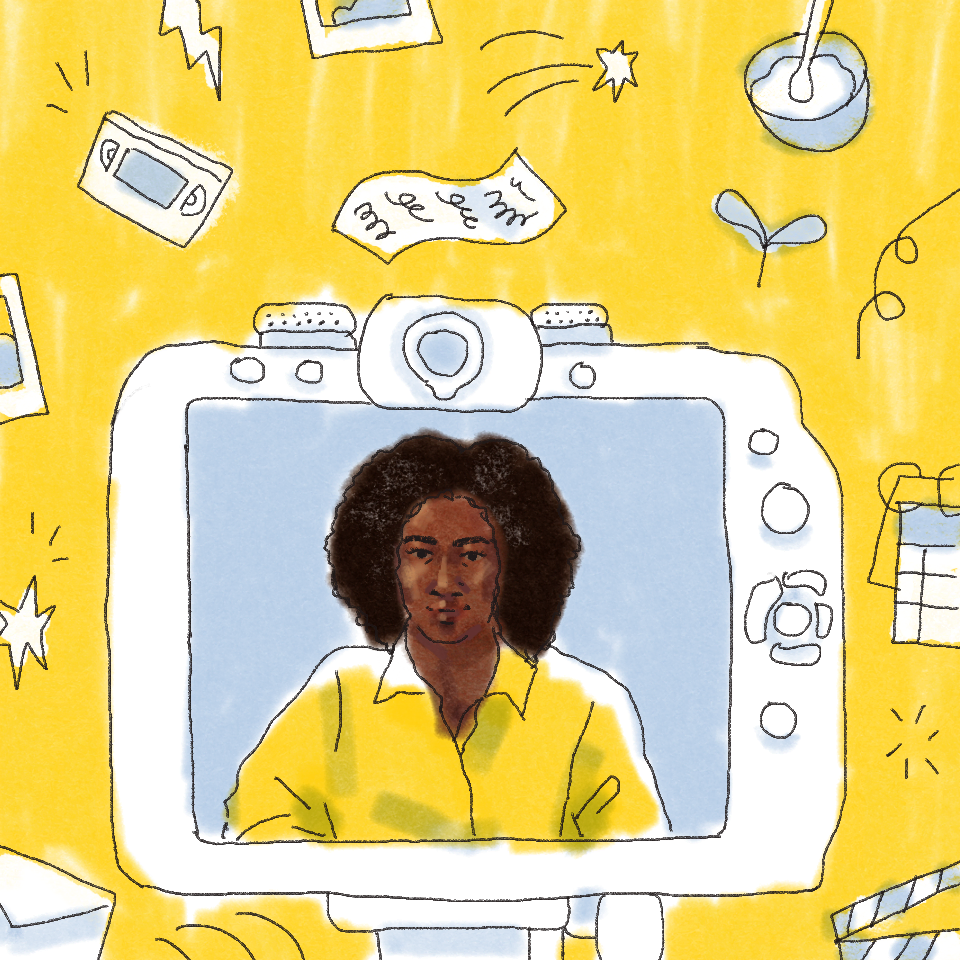
.jpg/_jcr_content/renditions/1200x628%20(5).webp)
